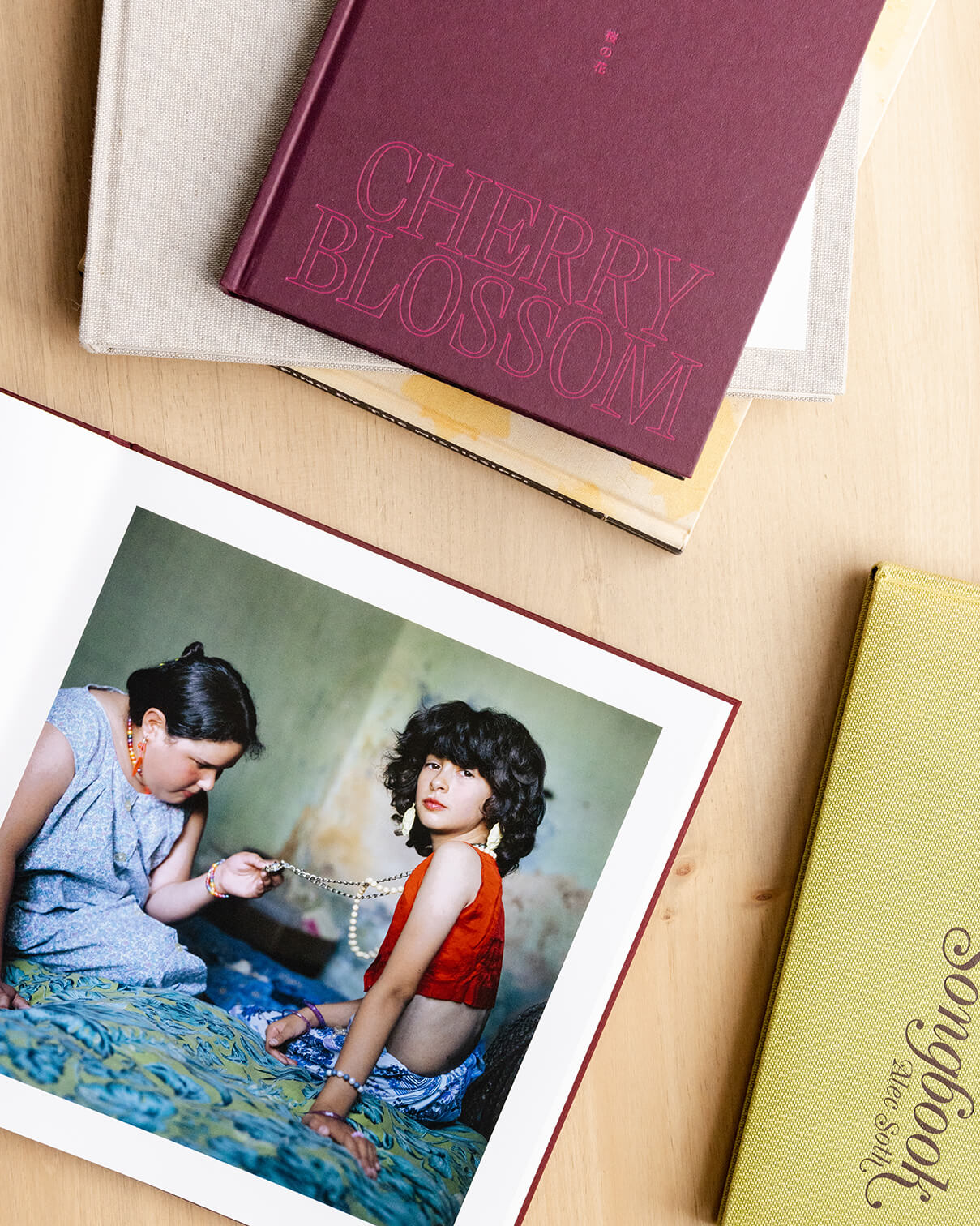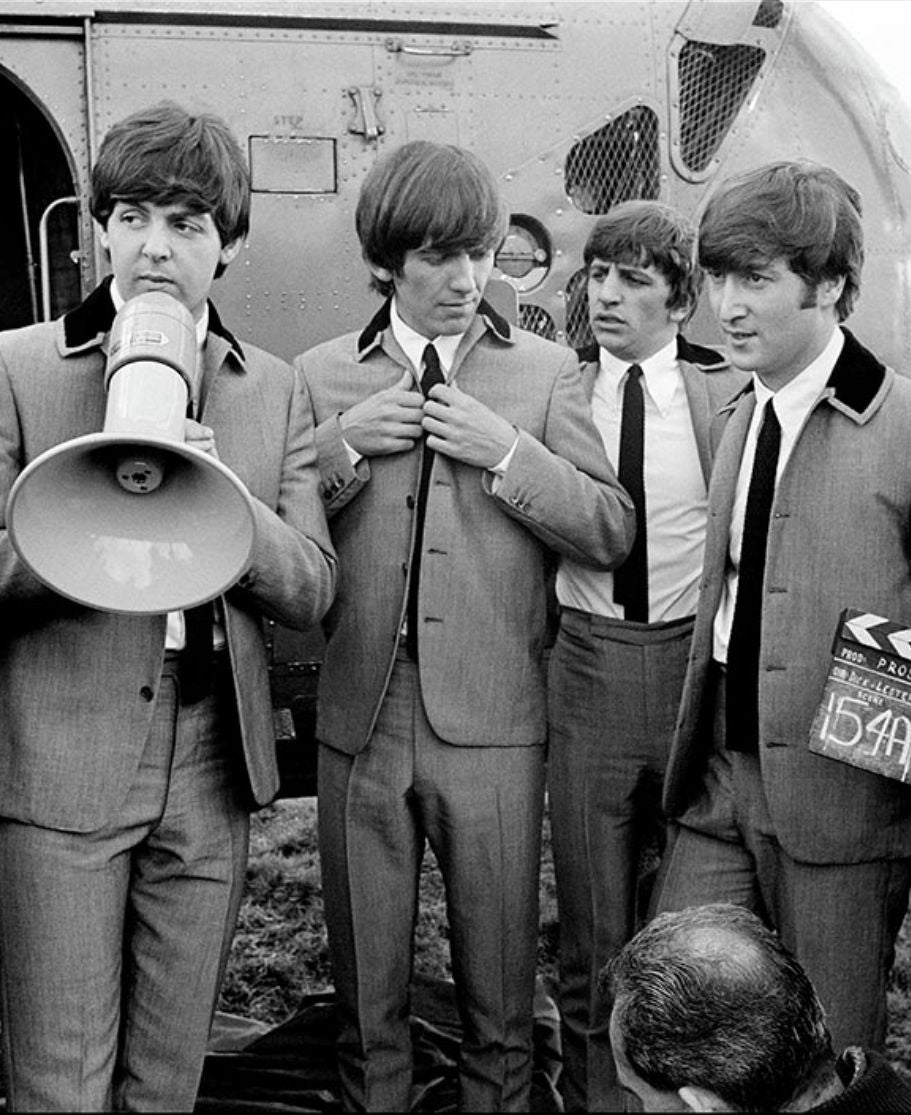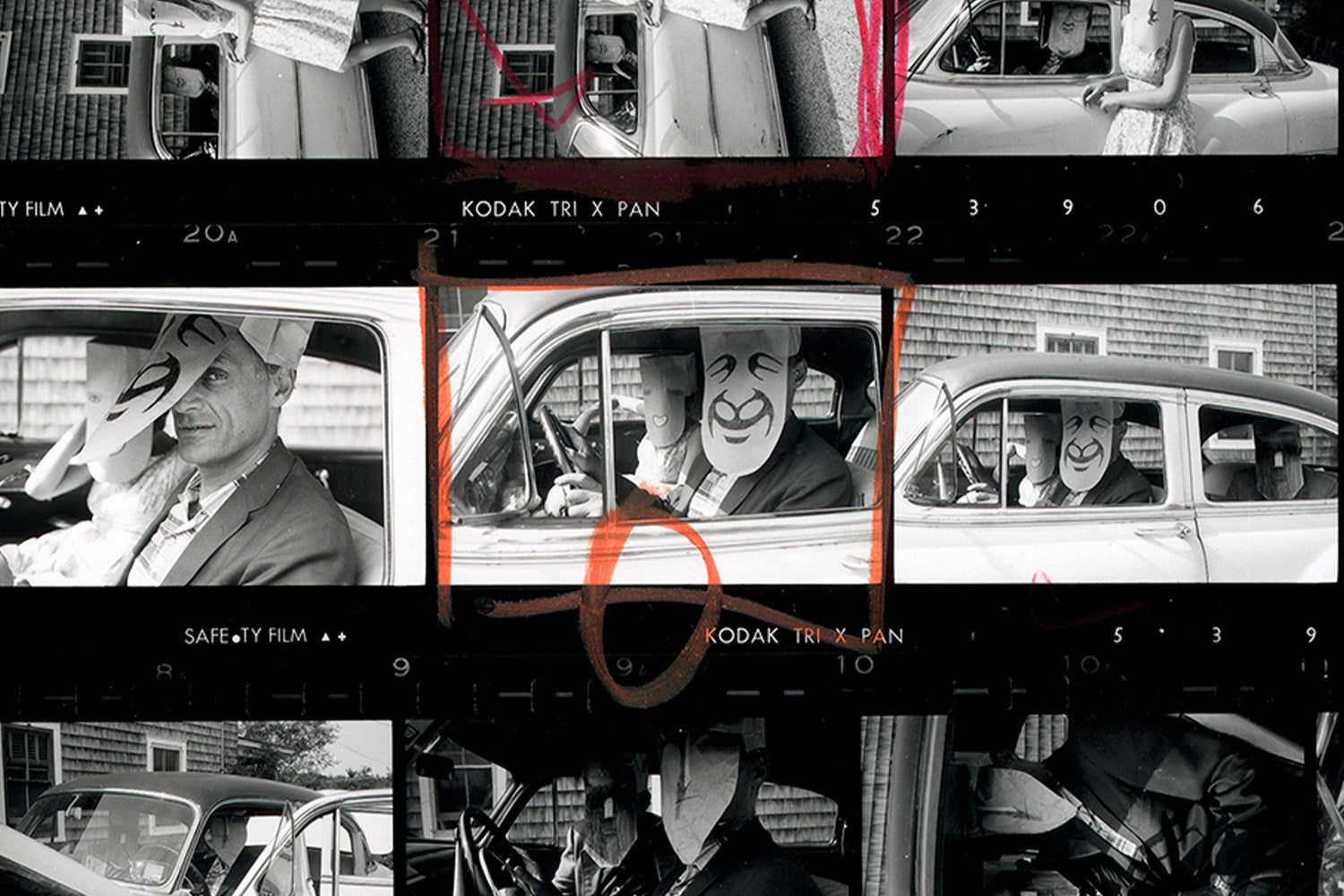These prints reflect the diversity of practice among Magnum’s members with subjects ranging from events pivotal to world affairs, to the beauty of everyday scenes. Available as 8x10" archival pigment prints in limited editions of 100 each.
-
Magnum Editions: Tangiers, Morocco, 1995
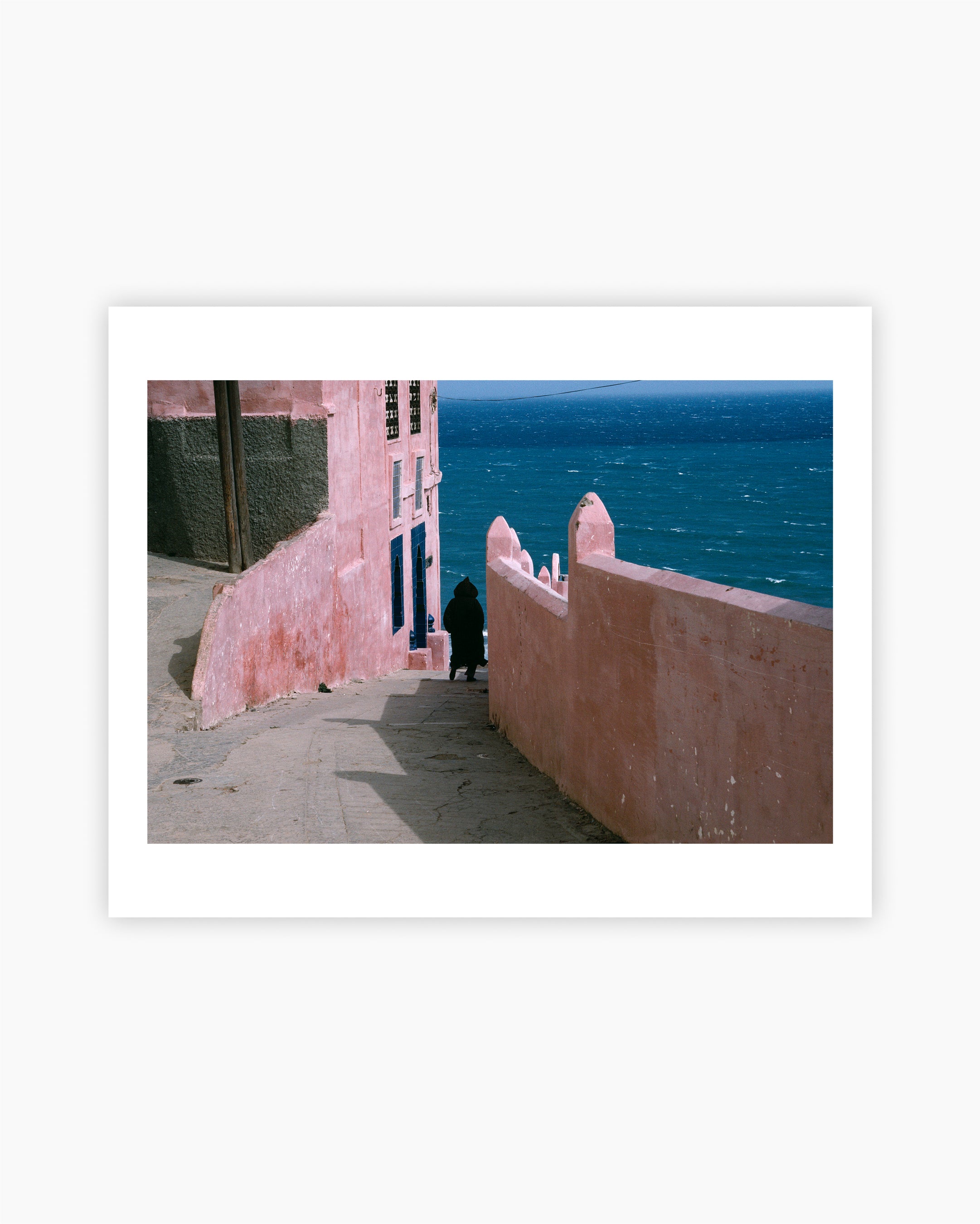
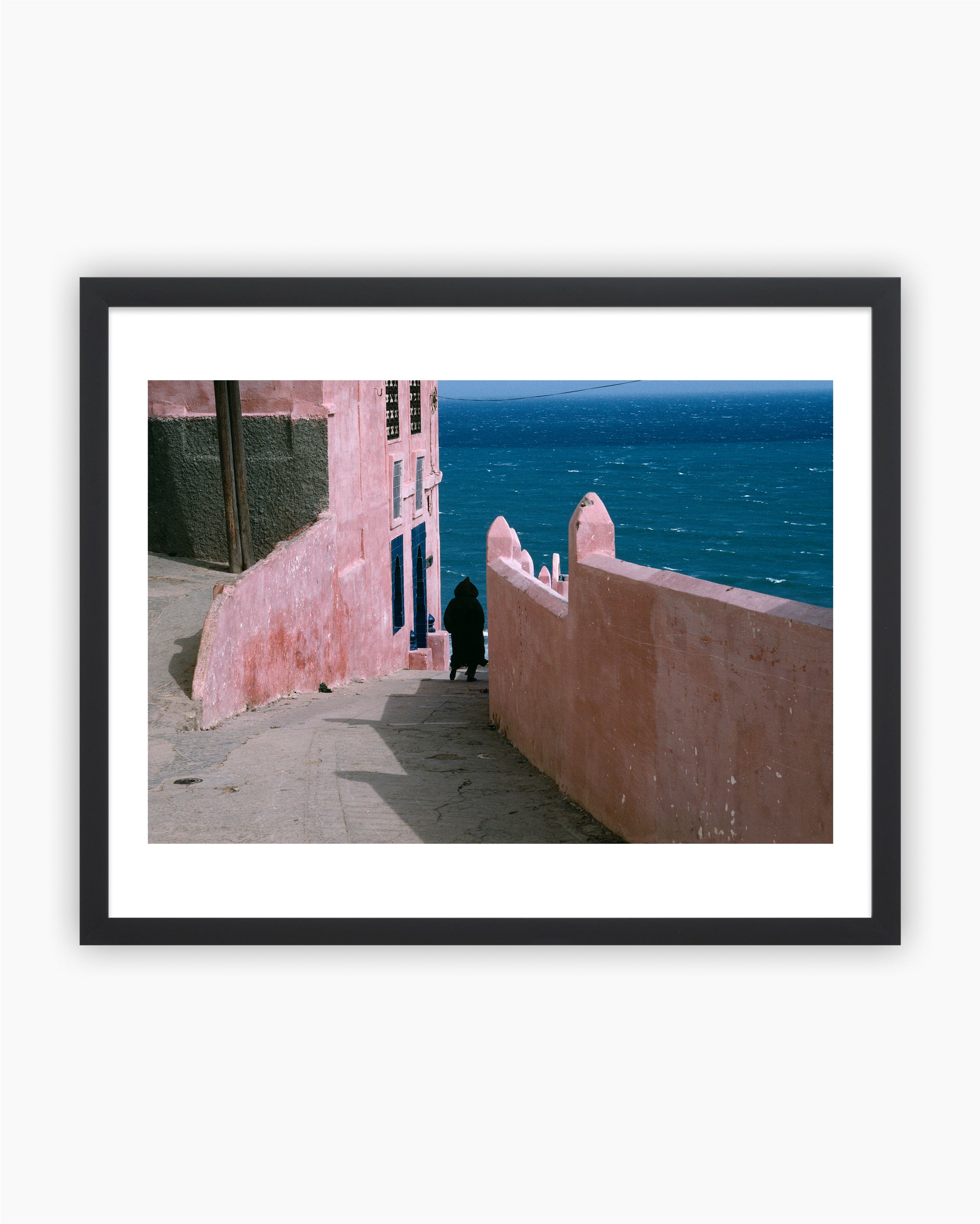 Vendor:Bruno Barbey
Vendor:Bruno BarbeyMagnum Editions: Tangiers, Morocco, 1995
- Regular price
- $400.00 - $550.00
- Sale price
- $400.00 - $550.00
- Regular price
-
-
Magnum Editions: 6:30 a.m., Chang An Avenue. Beijing, China. 1978
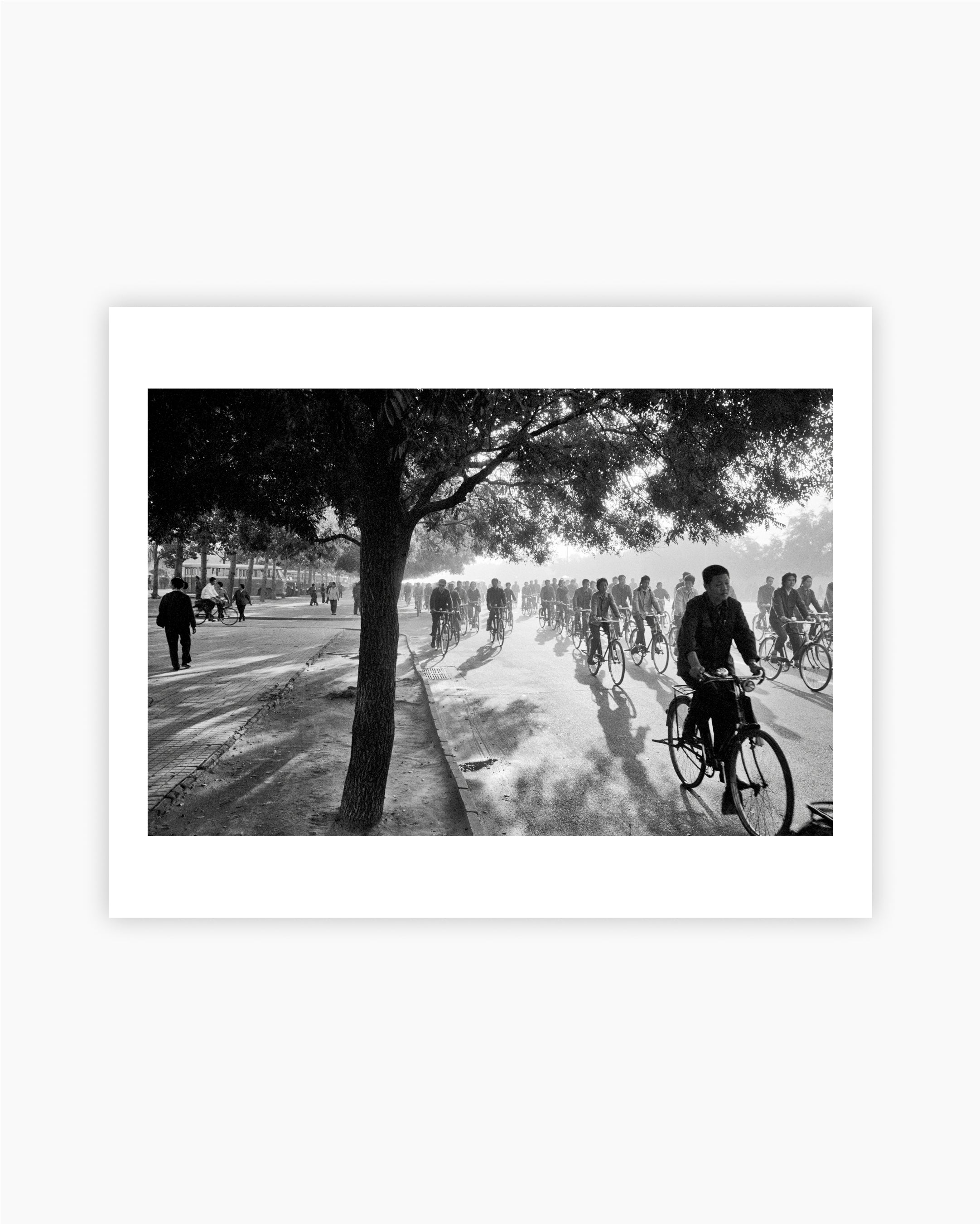
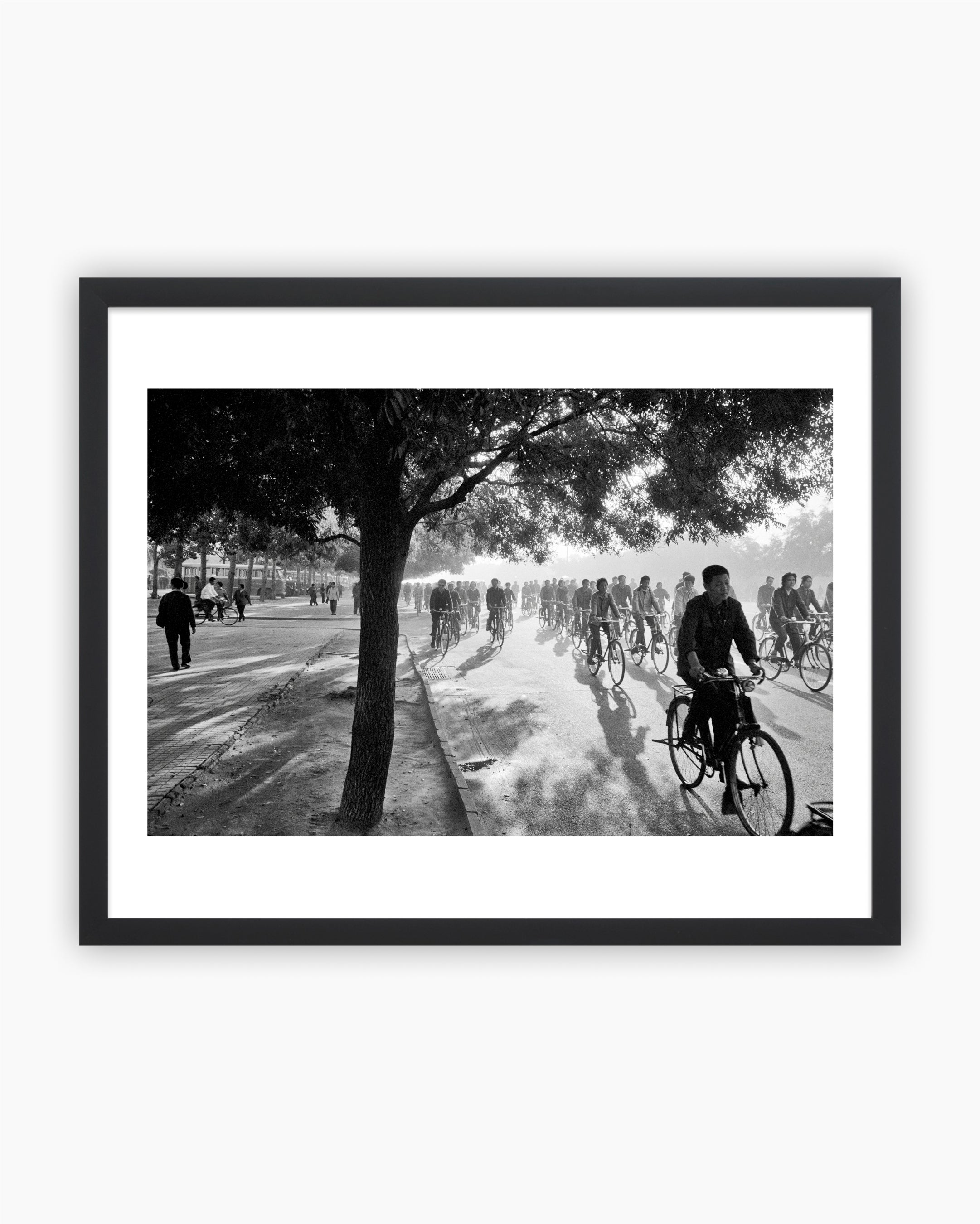 Vendor:Inge Morath
Vendor:Inge MorathMagnum Editions: 6:30 a.m., Chang An Avenue. Beijing, China. 1978
- Regular price
- $400.00 - $550.00
- Sale price
- $400.00 - $550.00
- Regular price
-
-
Magnum Editions: Florida Keys. USA. 1968
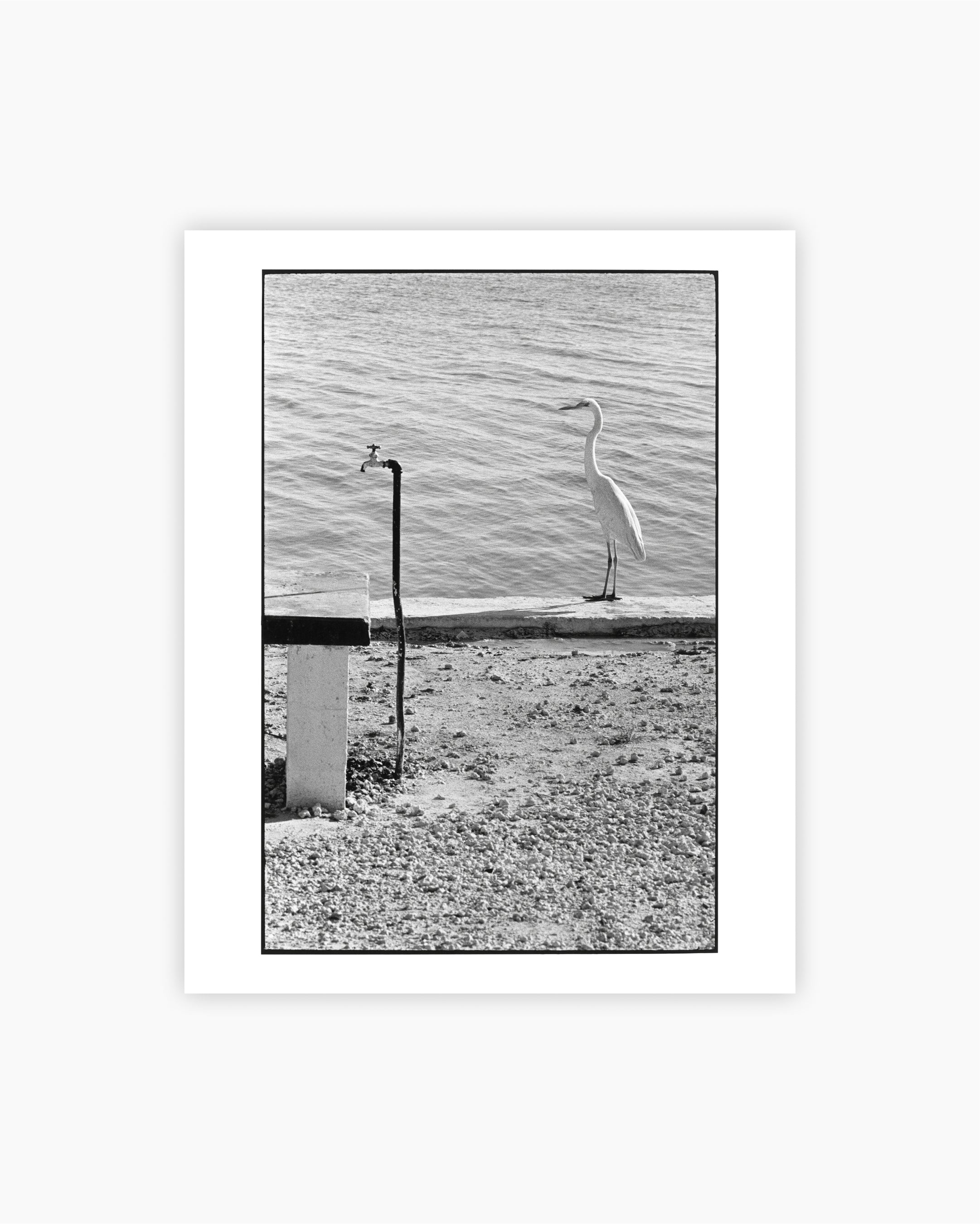
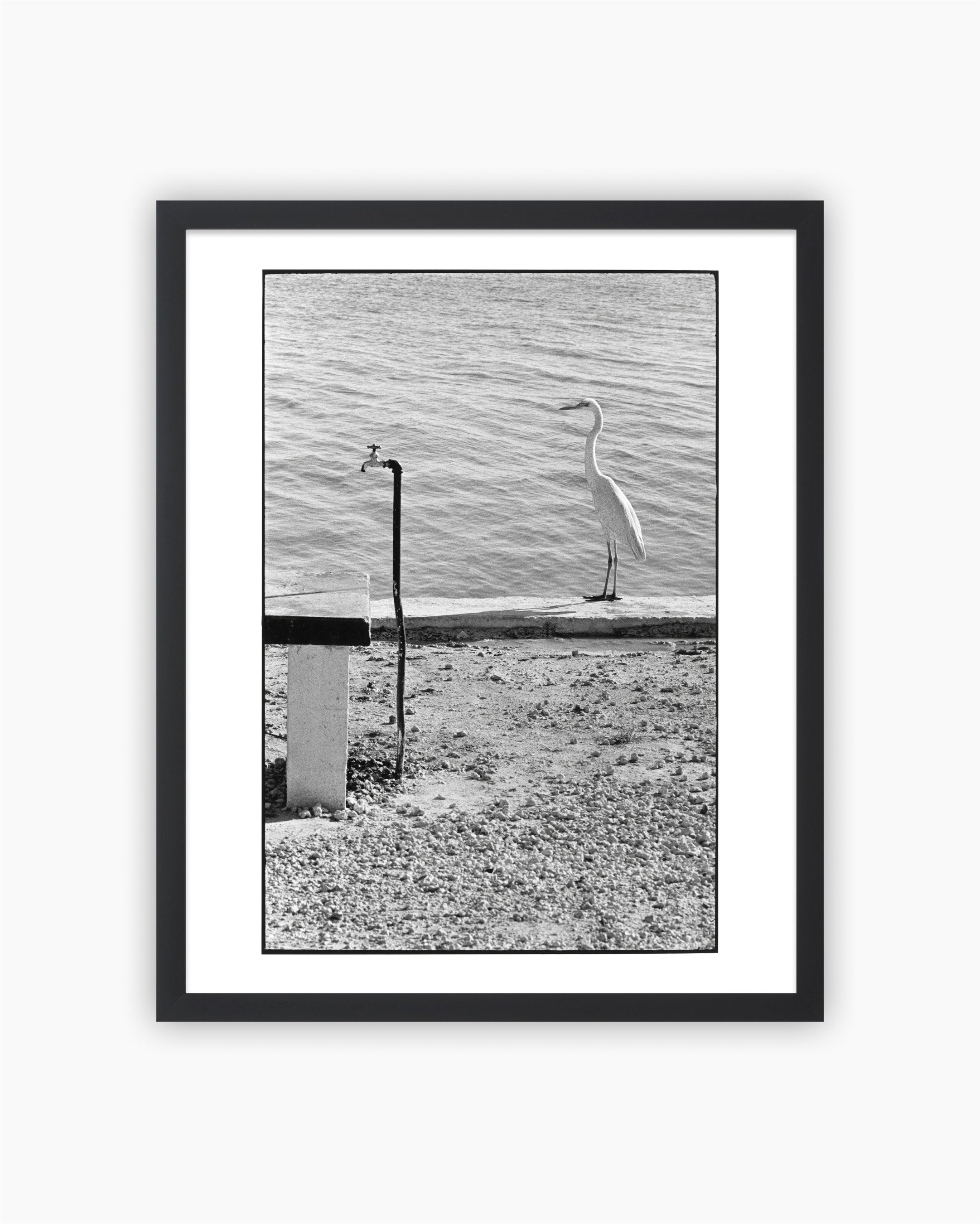 Vendor:Elliott Erwitt
Vendor:Elliott ErwittMagnum Editions: Florida Keys. USA. 1968
- Regular price
- $400.00 - $550.00
- Sale price
- $400.00 - $550.00
- Regular price
-
-
Magnum Editions: Marilyn Monroe on the set of “The Misfits”, 1960
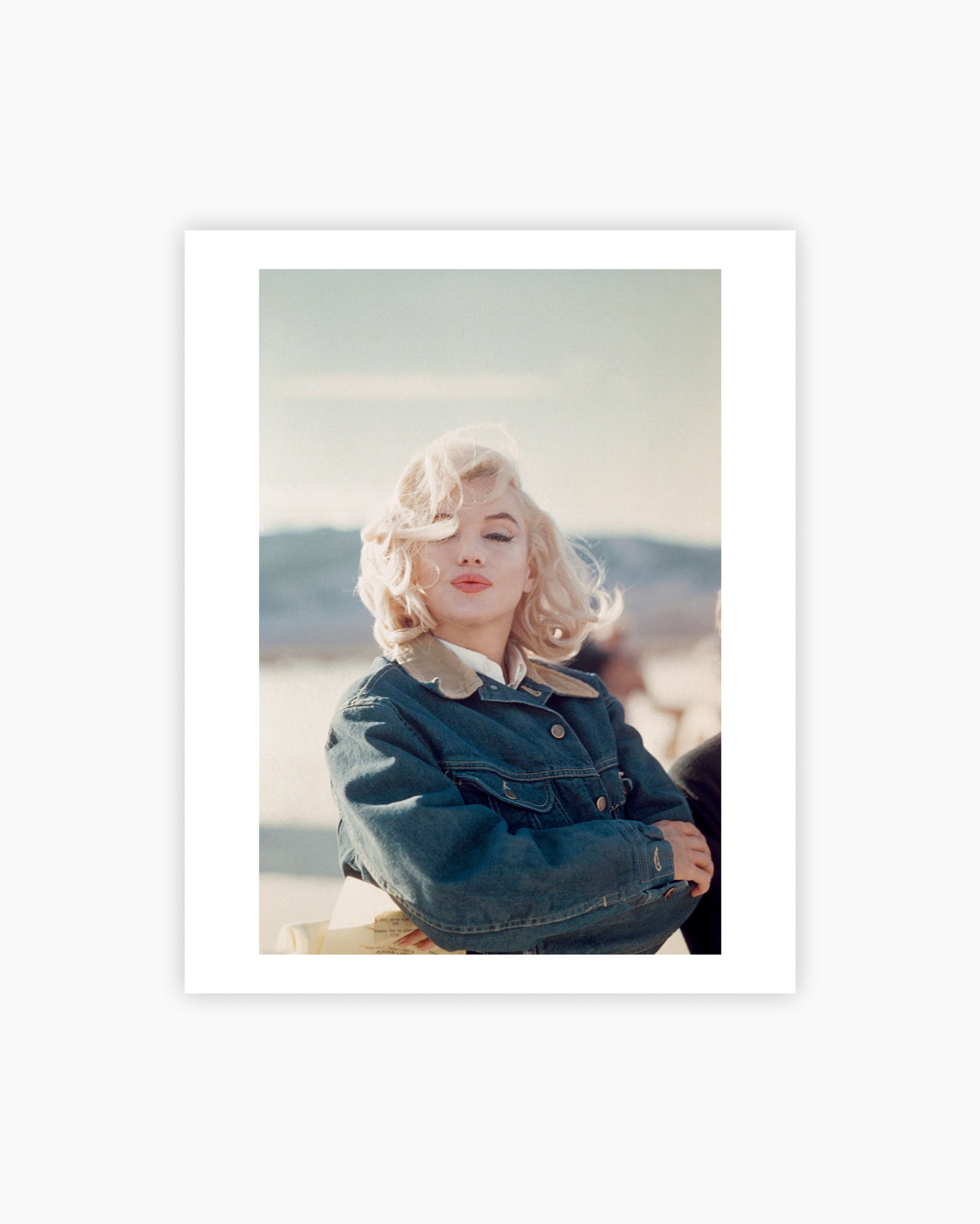
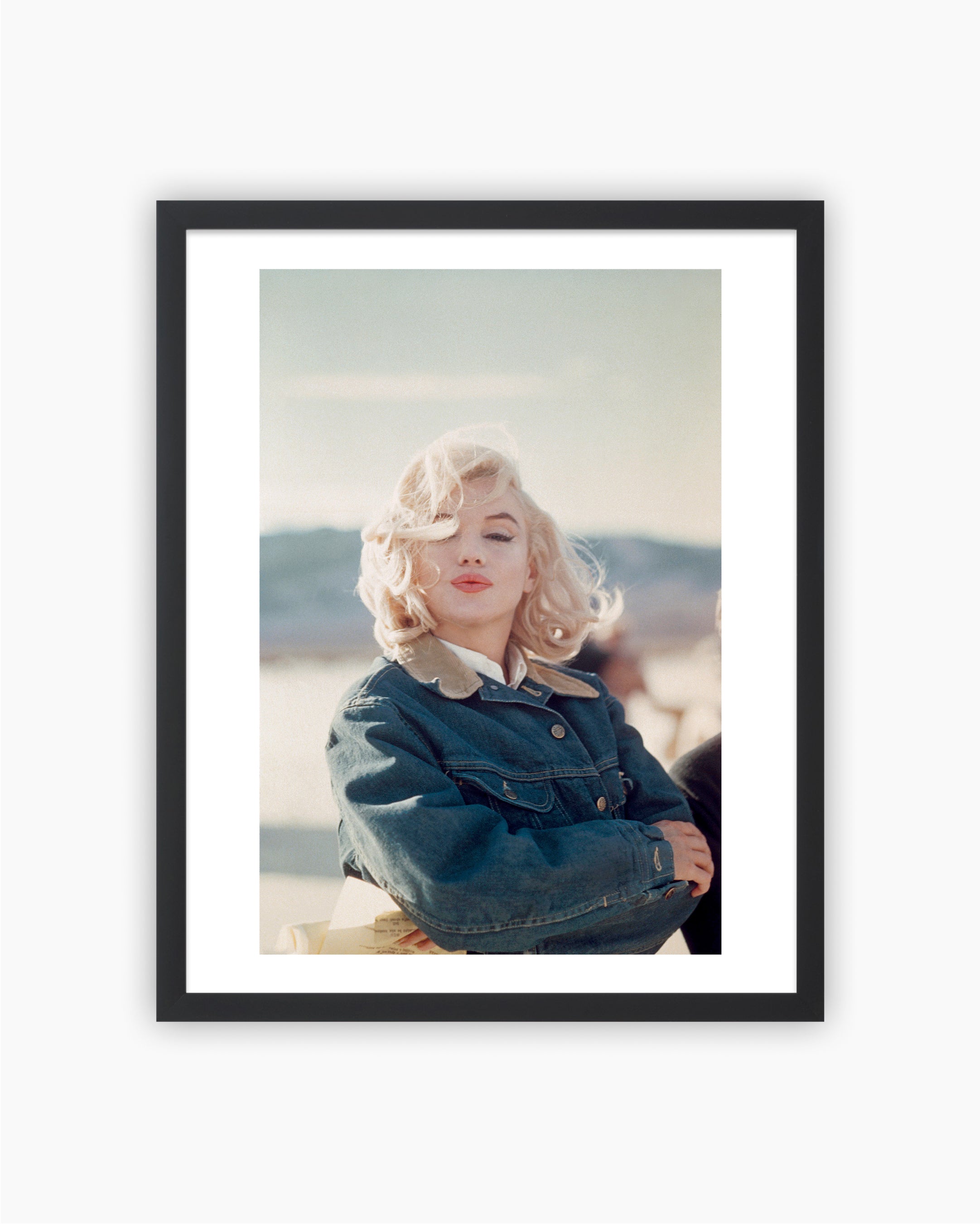 Vendor:Eve Arnold
Vendor:Eve ArnoldMagnum Editions: Marilyn Monroe on the set of “The Misfits”, 1960
- Regular price
- $400.00 - $550.00
- Sale price
- $400.00 - $550.00
- Regular price
-
-
Magnum Editions: Berlin, Germany after the fall of the wall on Sunday, 31 December, 1989
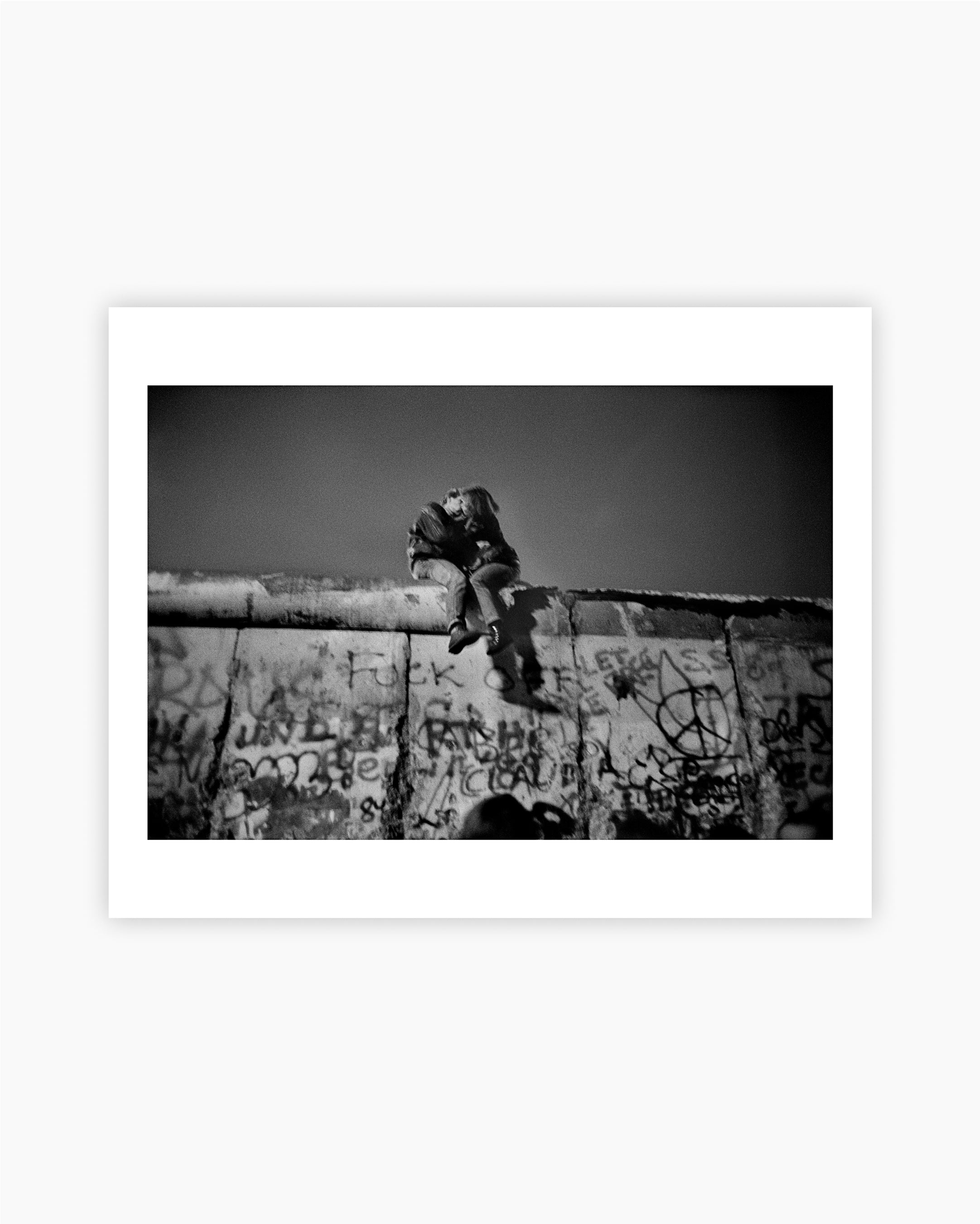
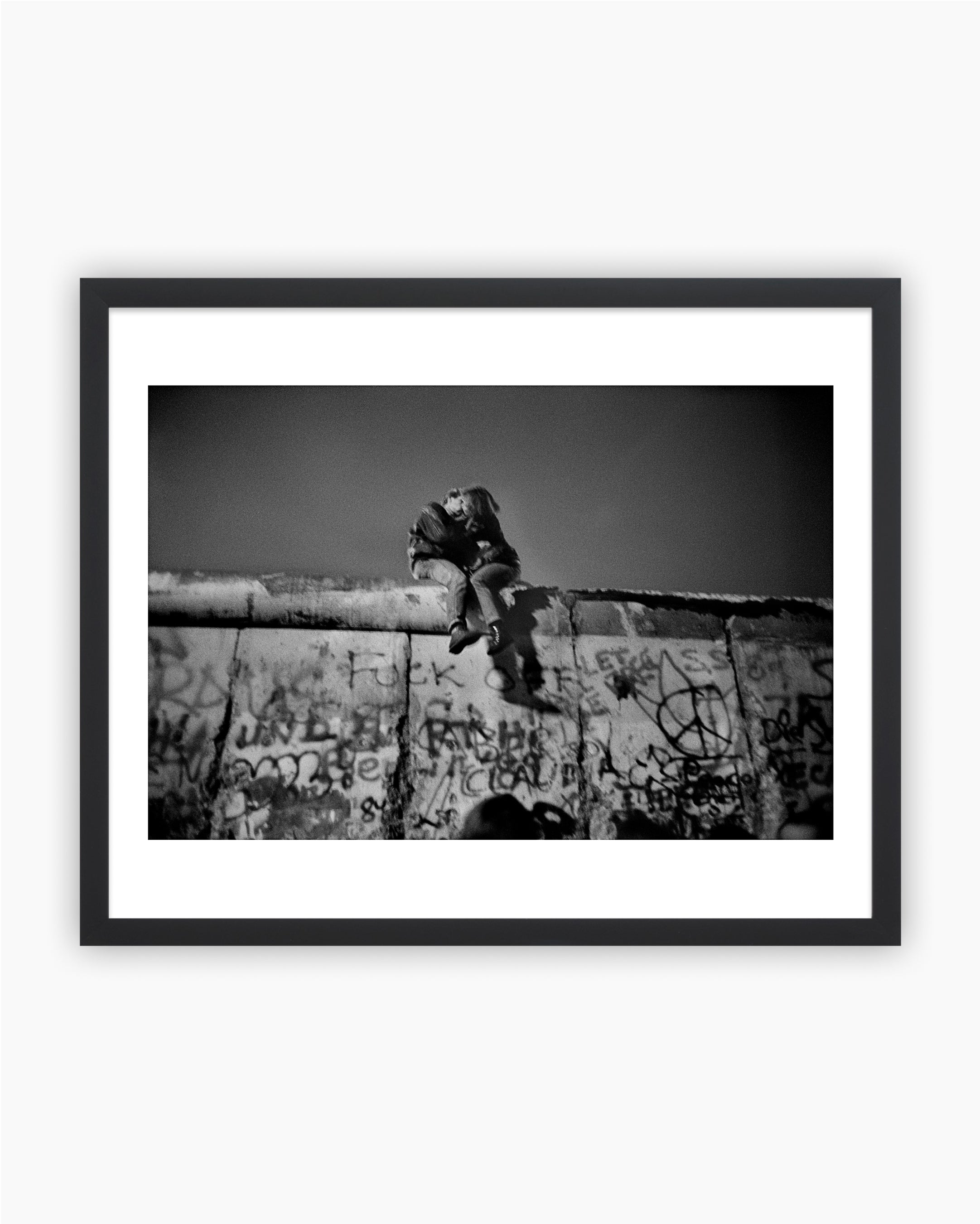 Vendor:Guy Le Querrec
Vendor:Guy Le QuerrecMagnum Editions: Berlin, Germany after the fall of the wall on Sunday, 31 December, 1989
- Regular price
- $400.00 - $550.00
- Sale price
- $400.00 - $550.00
- Regular price
-
-
Magnum Editions: Audrey Hepburn in Paris, 1956
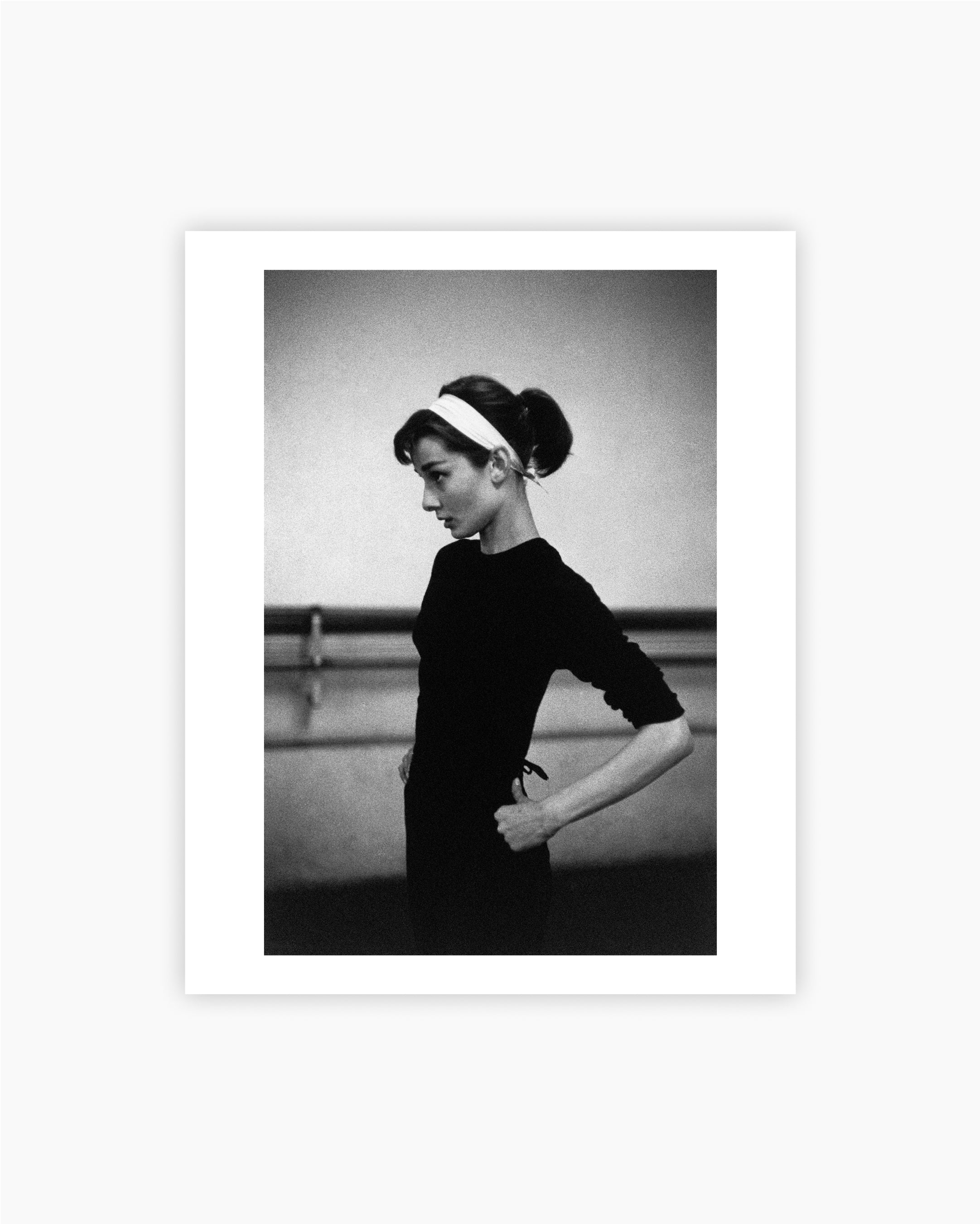
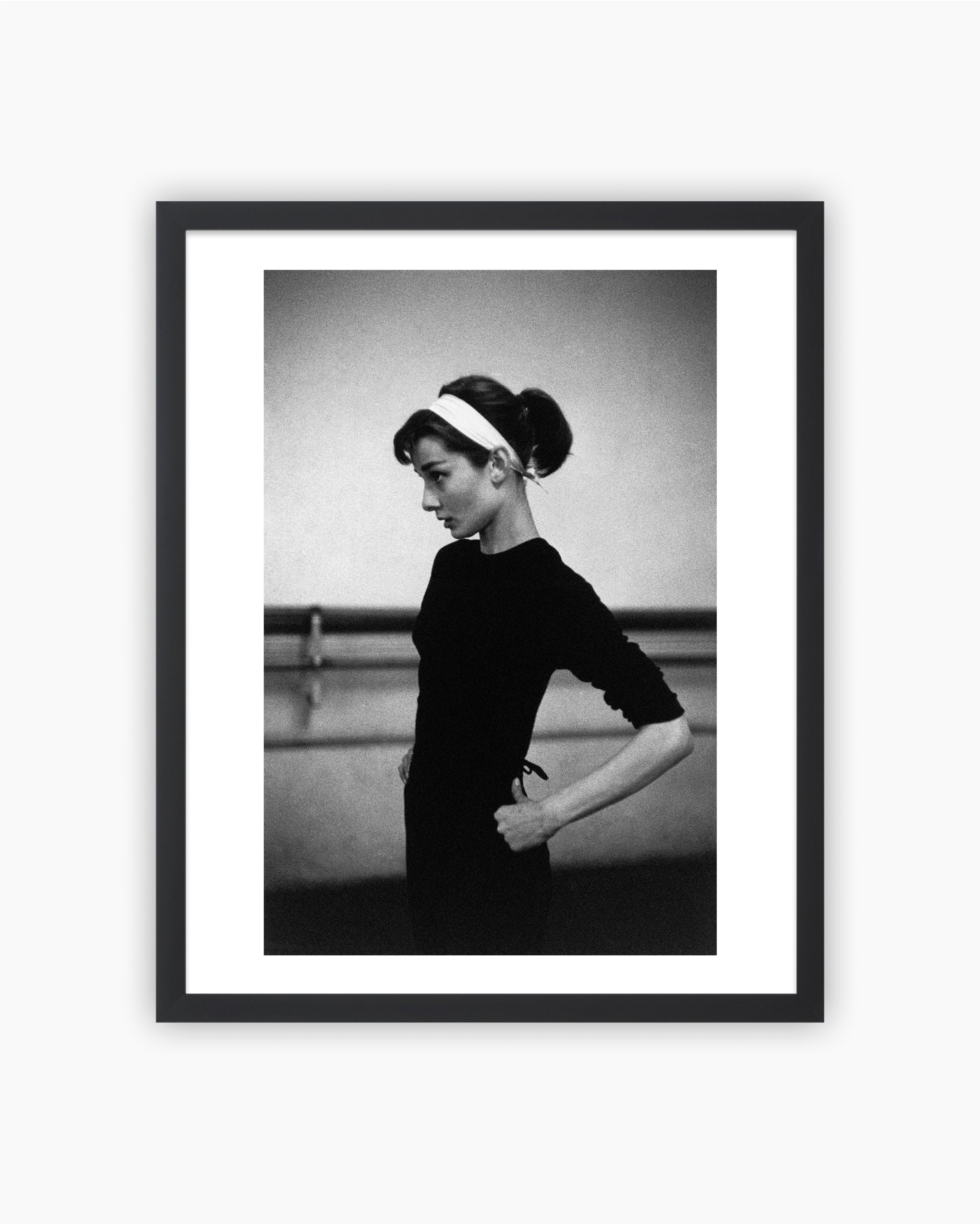 Vendor:David Seymour
Vendor:David SeymourMagnum Editions: Audrey Hepburn in Paris, 1956
- Regular price
- $400.00 - $550.00
- Sale price
- $400.00 - $550.00
- Regular price
-
-
Magnum Editions: Fashion show at the Israeli Women’s Corps, 1973
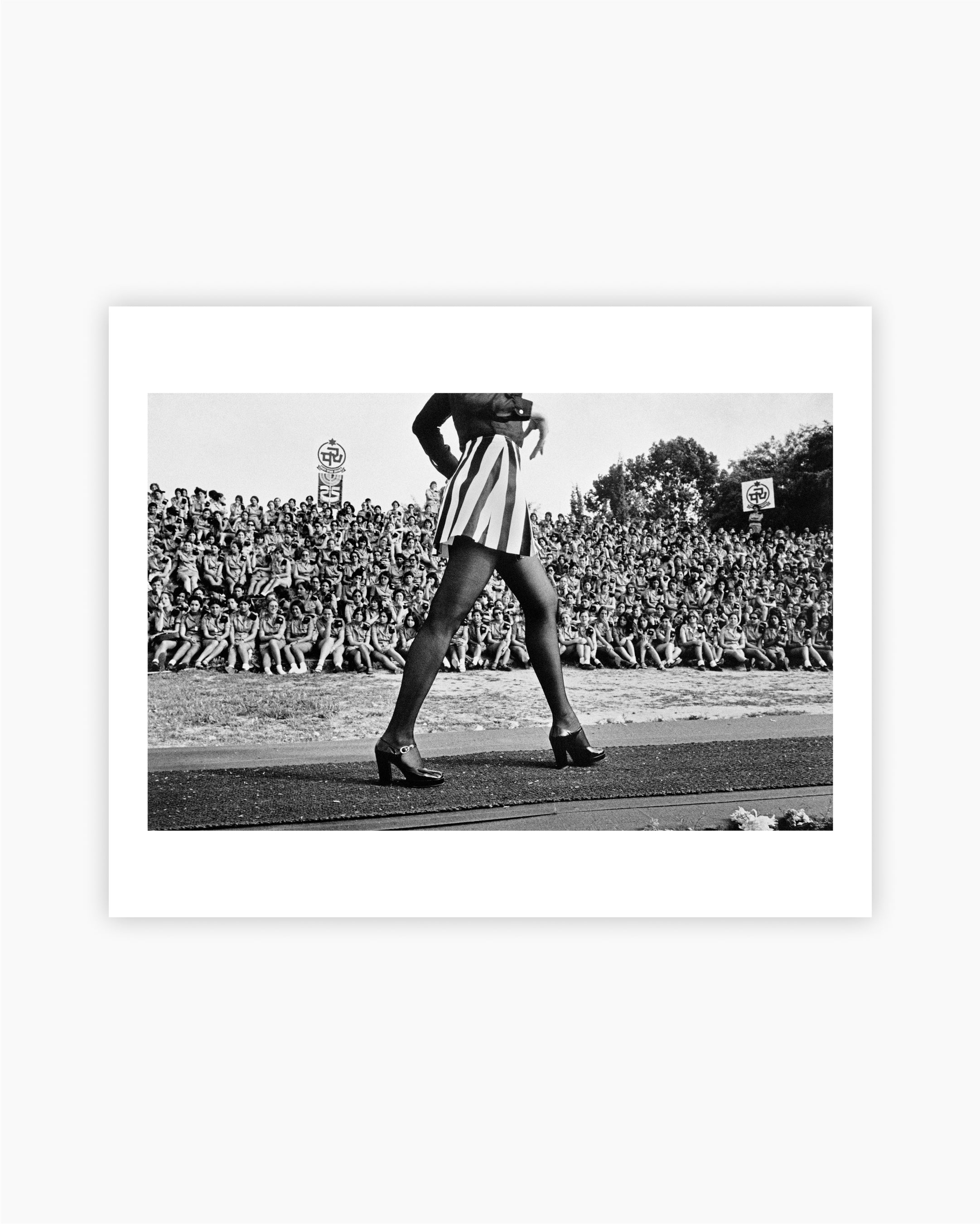
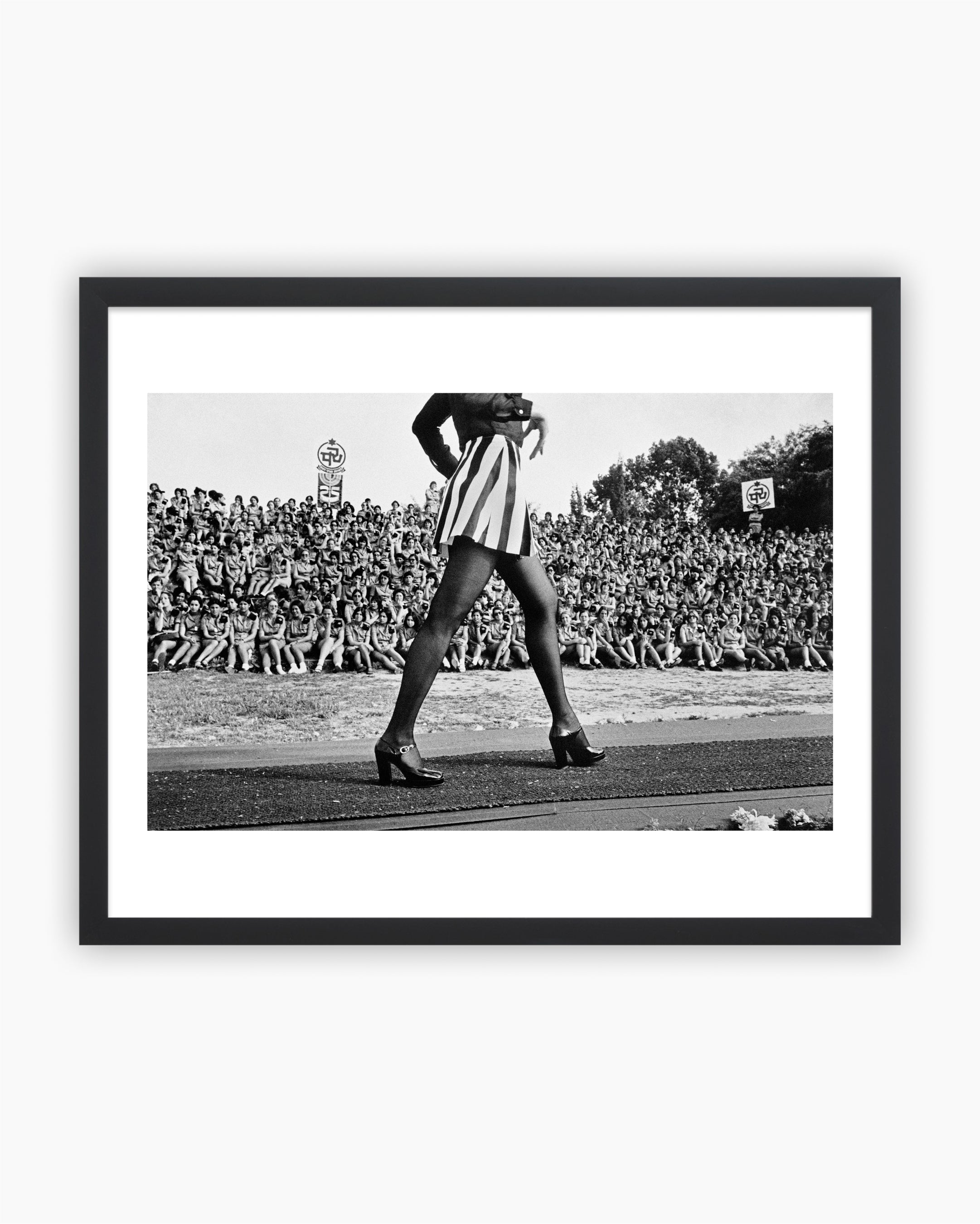 Vendor:Micha Bar-Am
Vendor:Micha Bar-AmMagnum Editions: Fashion show at the Israeli Women’s Corps, 1973
- Regular price
- $400.00 - $550.00
- Sale price
- $400.00 - $550.00
- Regular price
-
-
Magnum Editions: Havana, Cuba, 2014
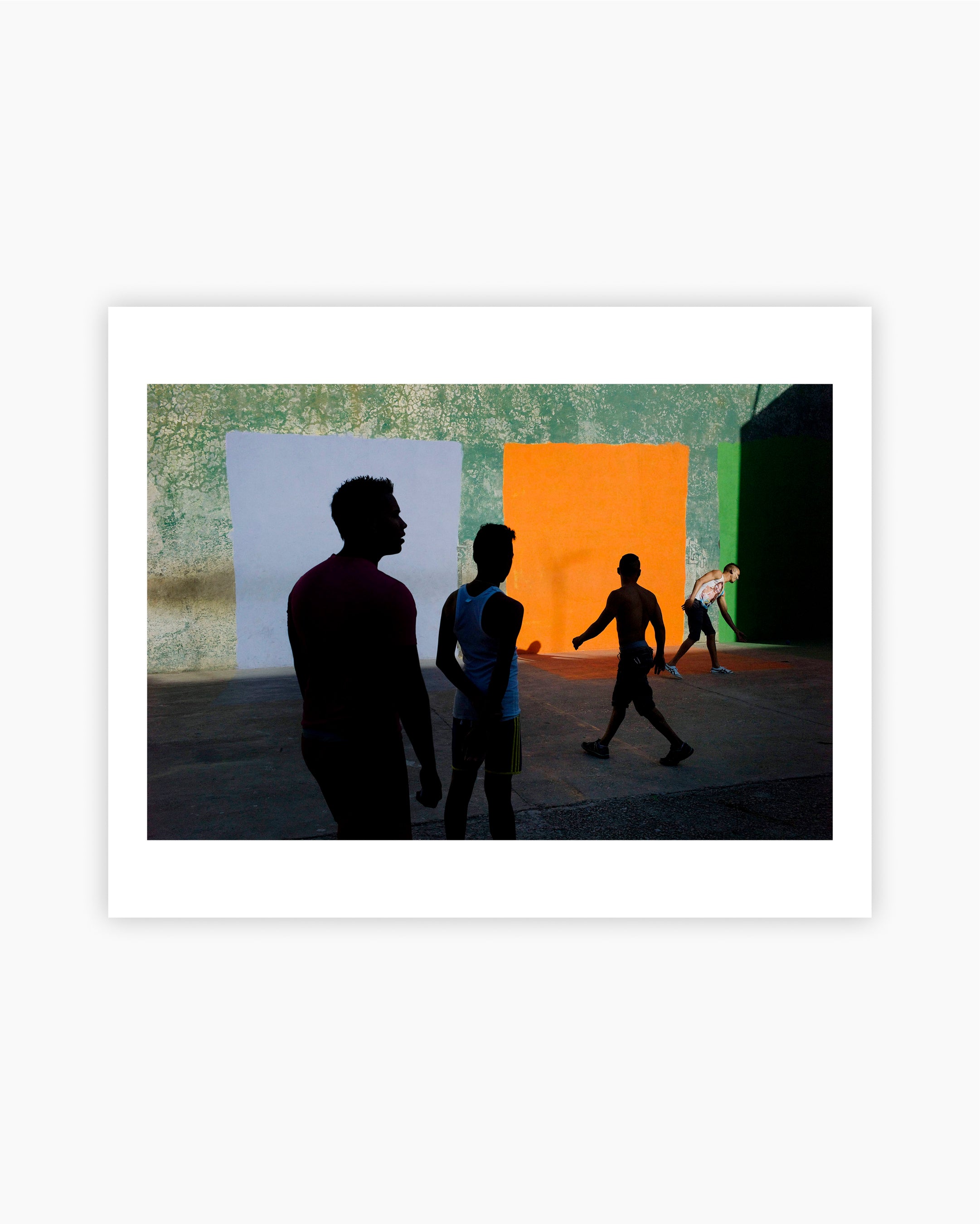
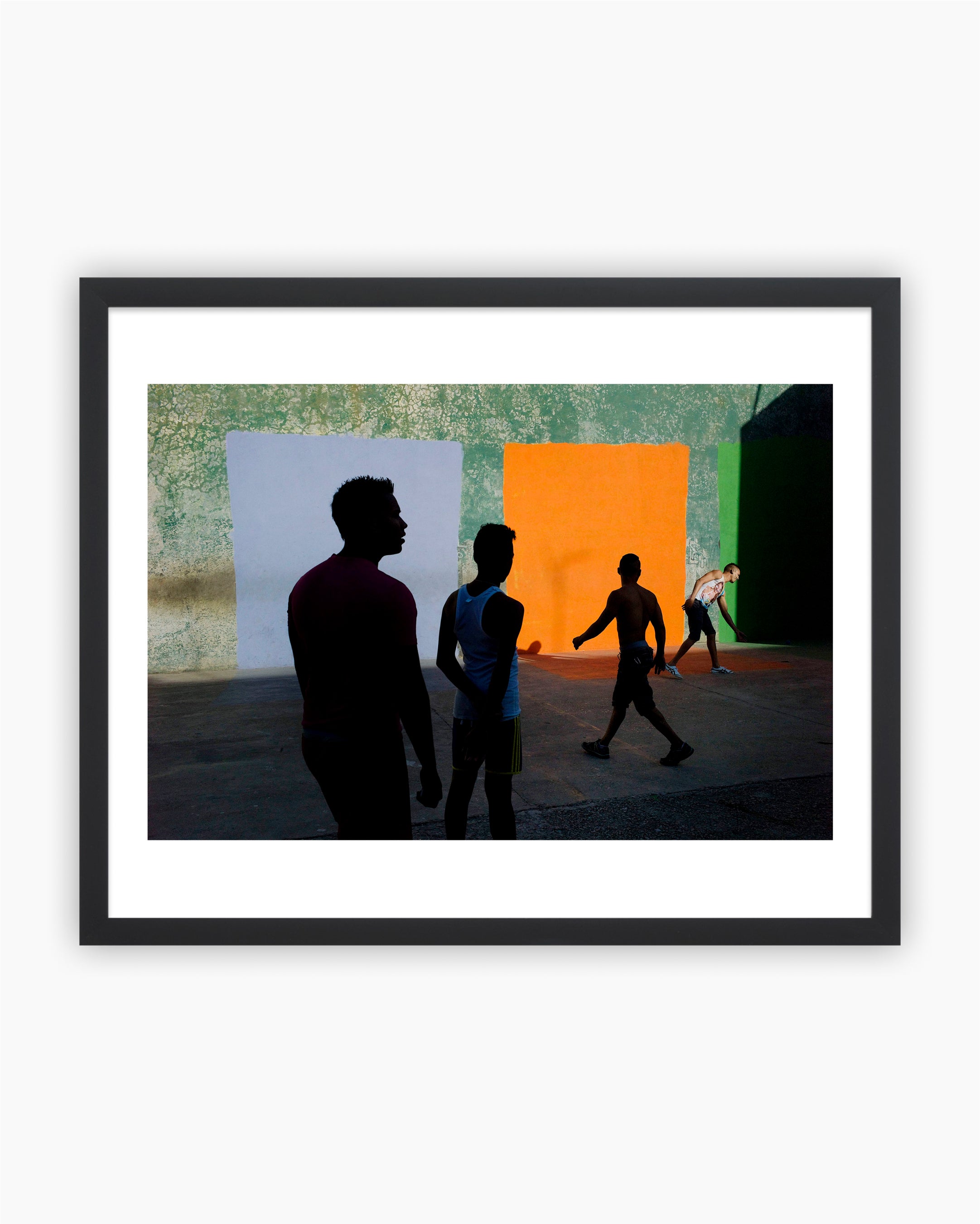 Vendor:Nikos Economopoulos
Vendor:Nikos EconomopoulosMagnum Editions: Havana, Cuba, 2014
- Regular price
- $400.00 - $550.00
- Sale price
- $400.00 - $550.00
- Regular price
-
-
Magnum Editions: Jane Birkin and Serge Gainsbourg at their Paris flat, 1970
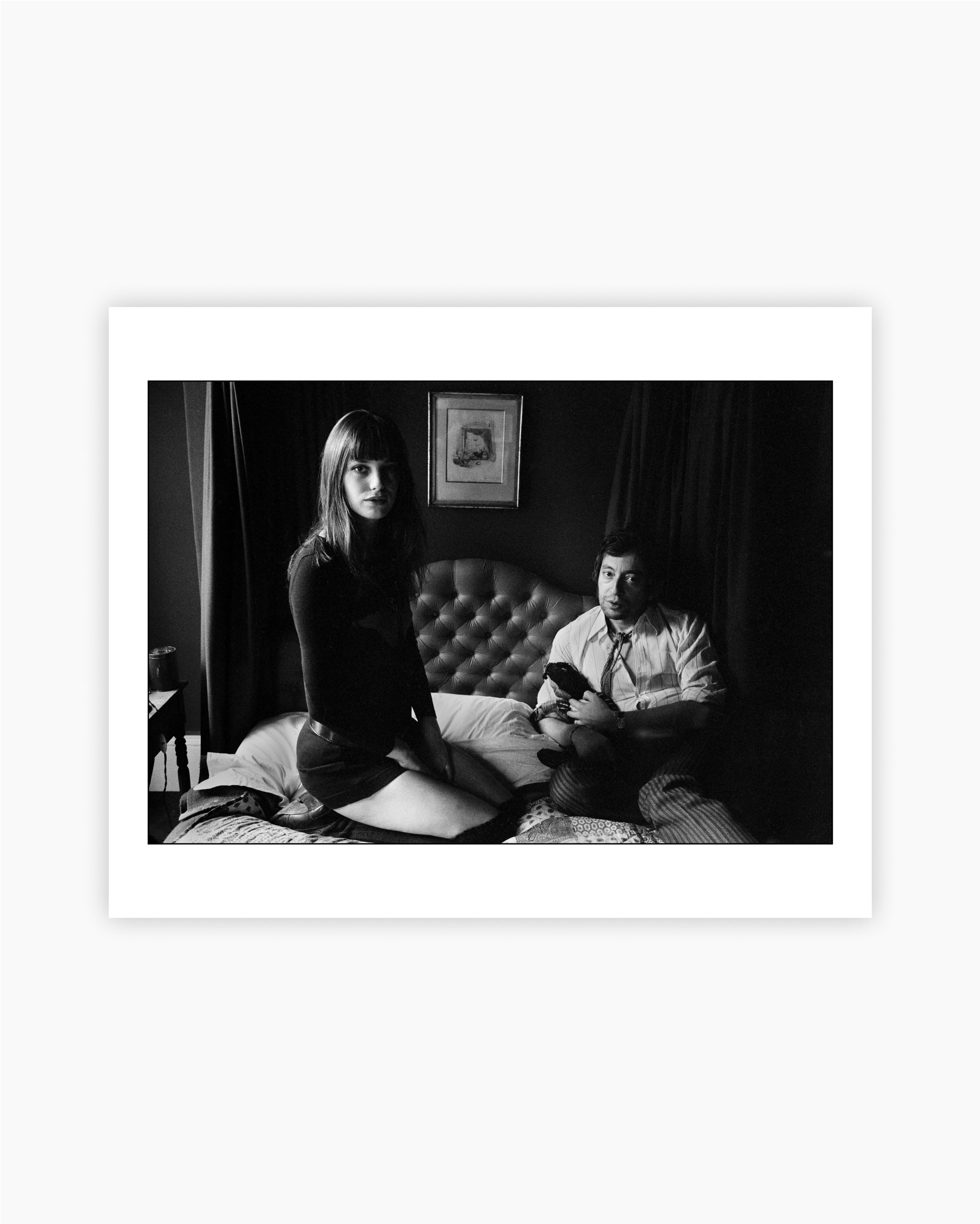
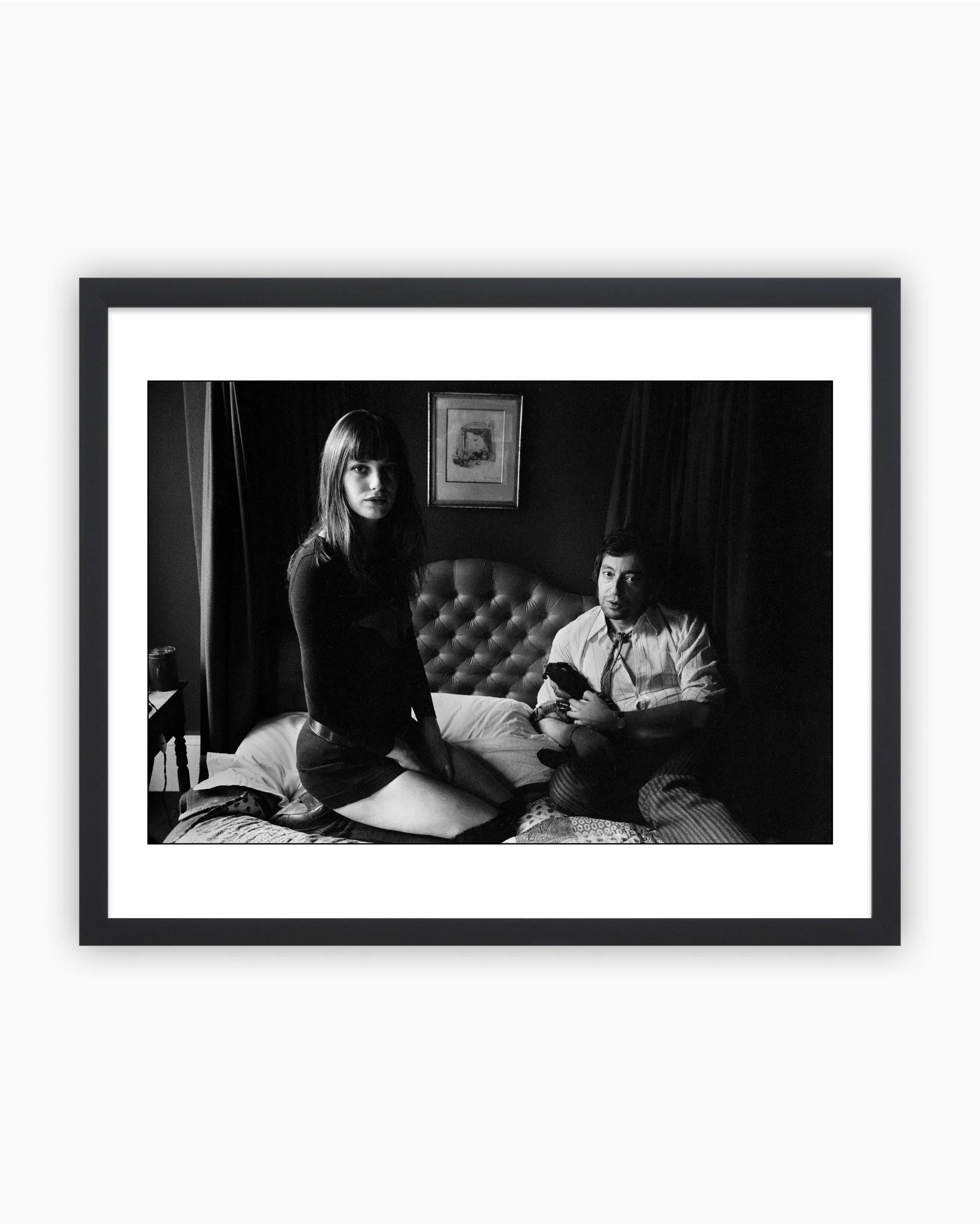 Vendor:Ian Berry
Vendor:Ian BerryMagnum Editions: Jane Birkin and Serge Gainsbourg at their Paris flat, 1970
- Regular price
- $400.00 - $550.00
- Sale price
- $400.00 - $550.00
- Regular price
-
-
Magnum Editions: Elizabeth Taylor on the set of “Suddenly Last Summer”, 1959
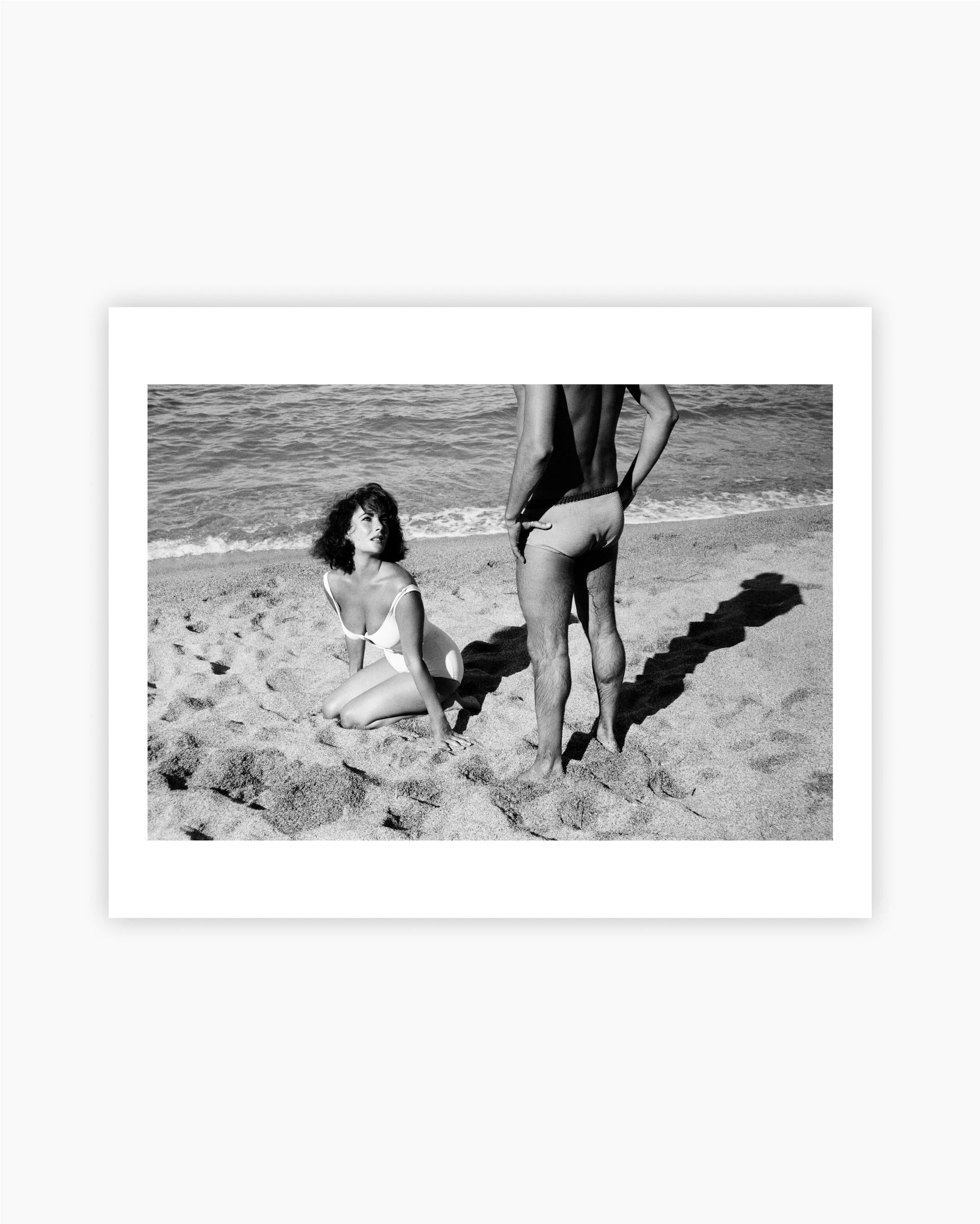
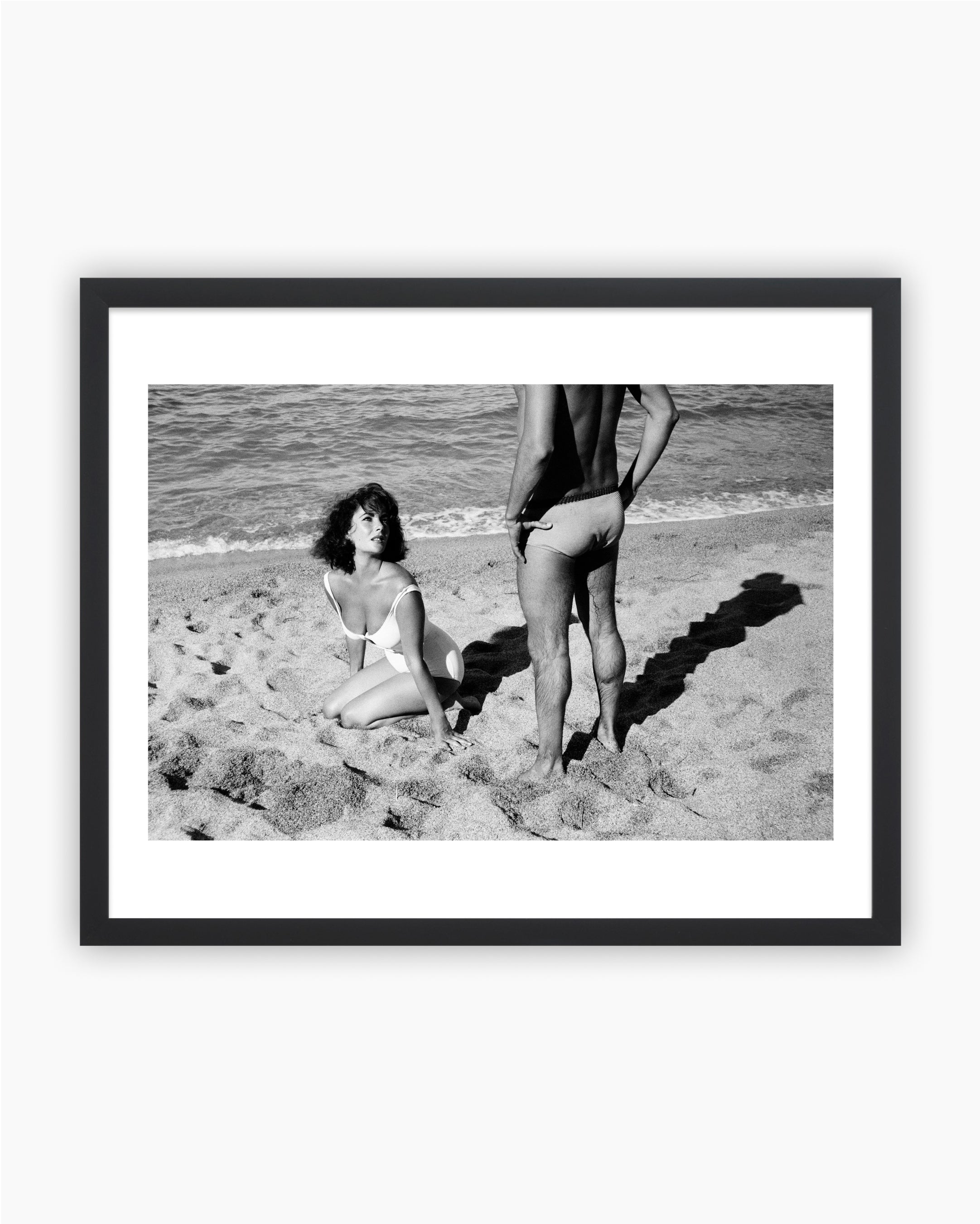 Vendor:Burt Glinn
Vendor:Burt GlinnMagnum Editions: Elizabeth Taylor on the set of “Suddenly Last Summer”, 1959
- Regular price
- $400.00 - $550.00
- Sale price
- $400.00 - $550.00
- Regular price
-
-
Magnum Editions: Miami Beach, Florida, 2003
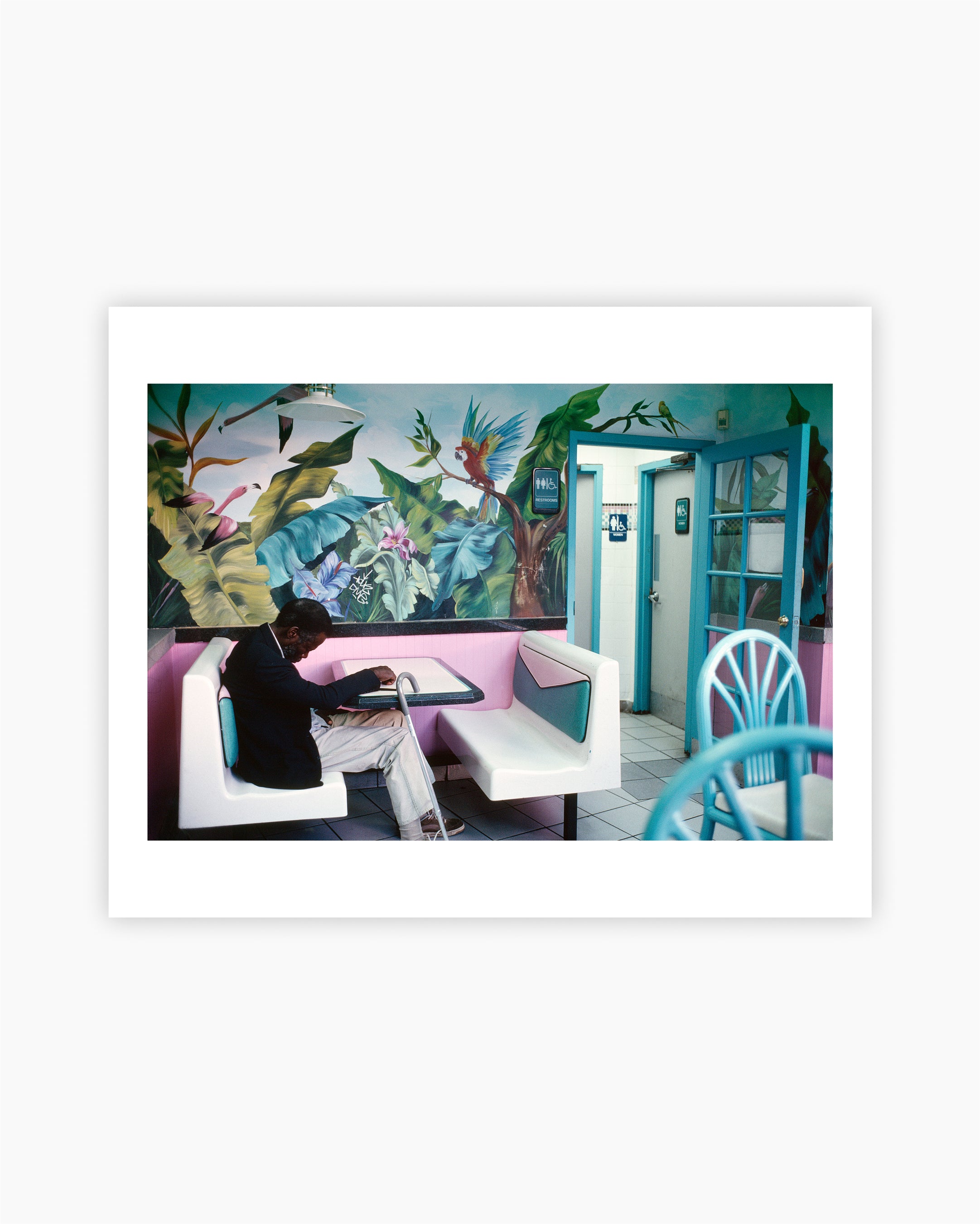
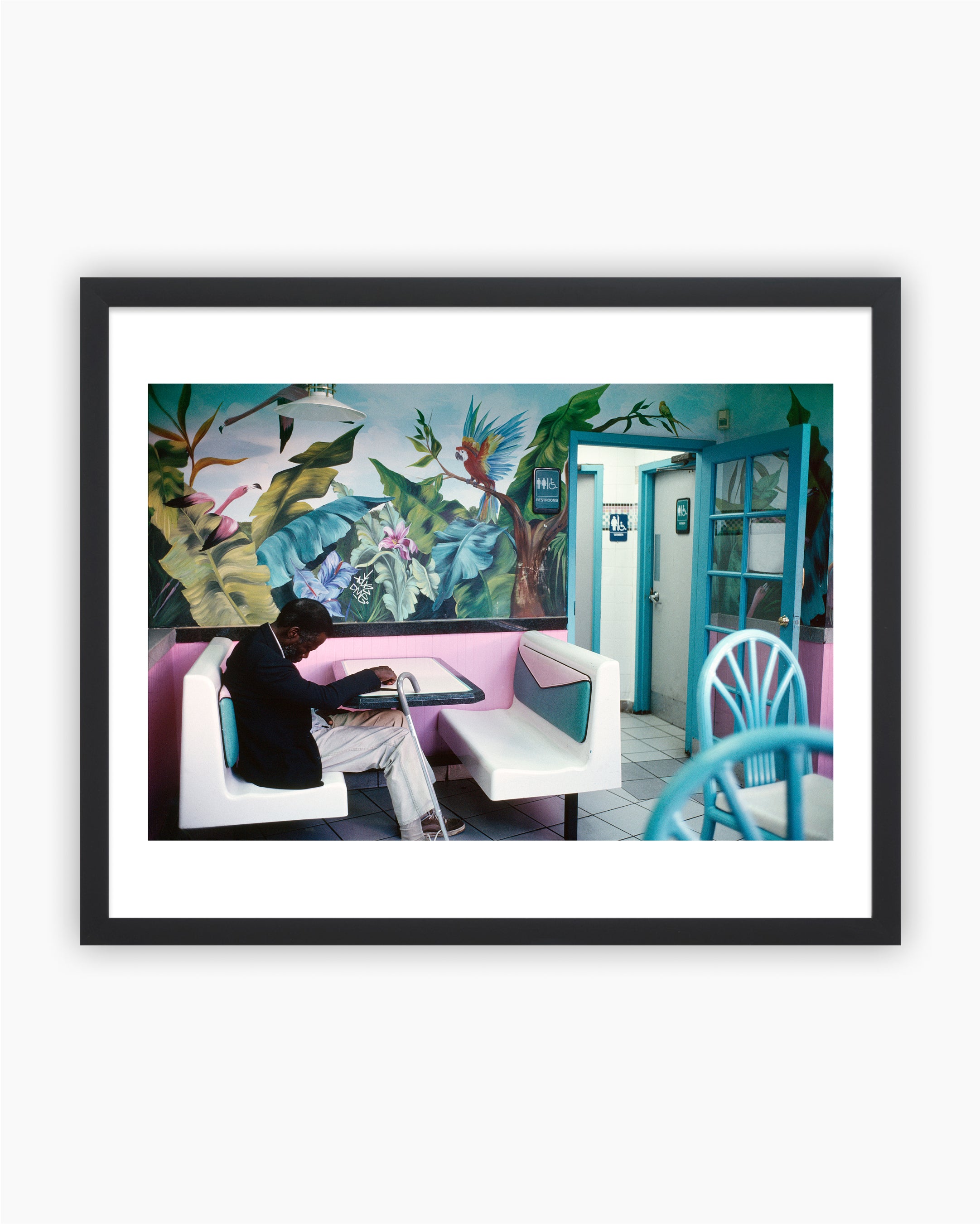 Vendor:Constantine Manos
Vendor:Constantine ManosMagnum Editions: Miami Beach, Florida, 2003
- Regular price
- $400.00 - $550.00
- Sale price
- $400.00 - $550.00
- Regular price
-
-
Magnum Editions: Youth in West Berlin, 1965
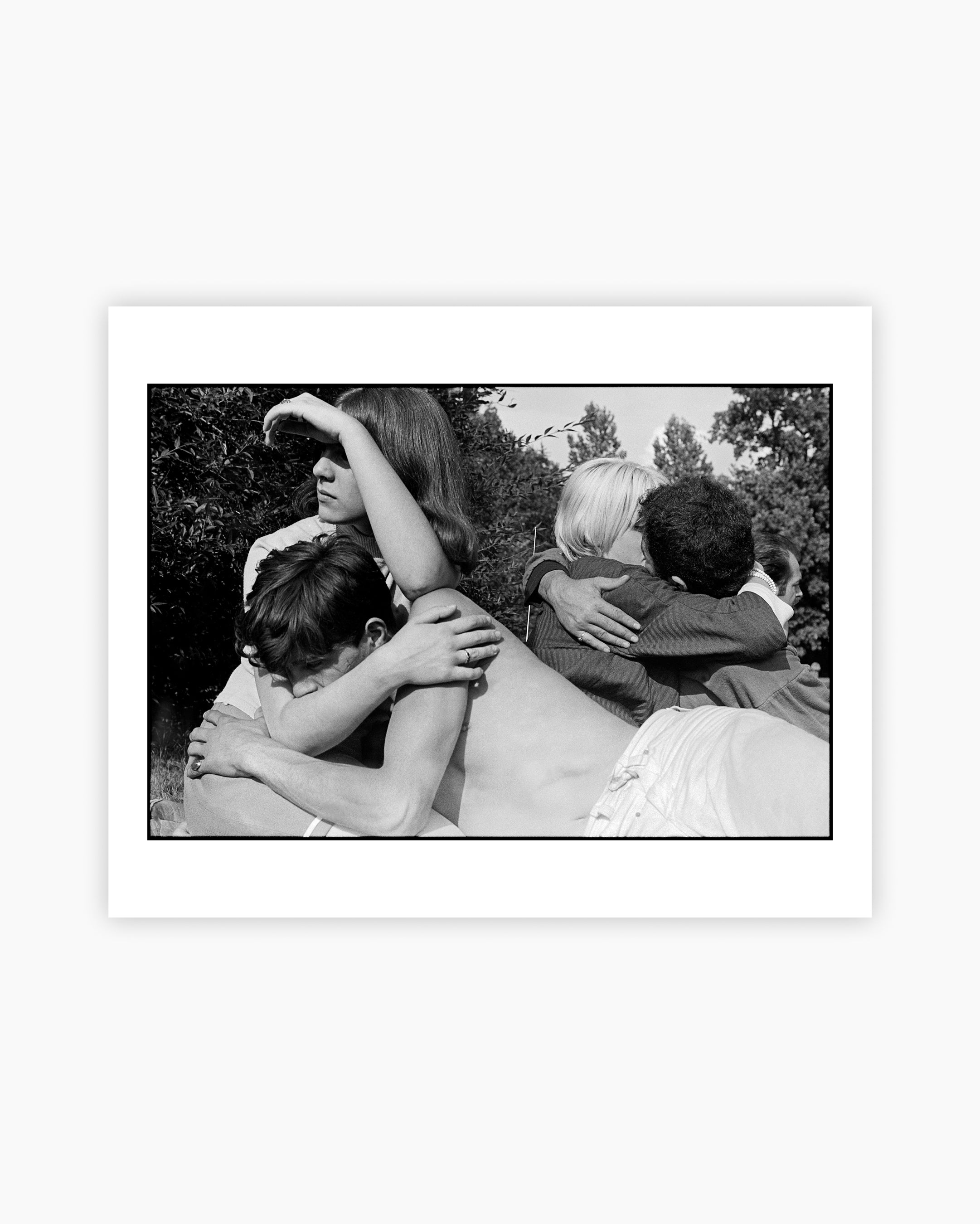
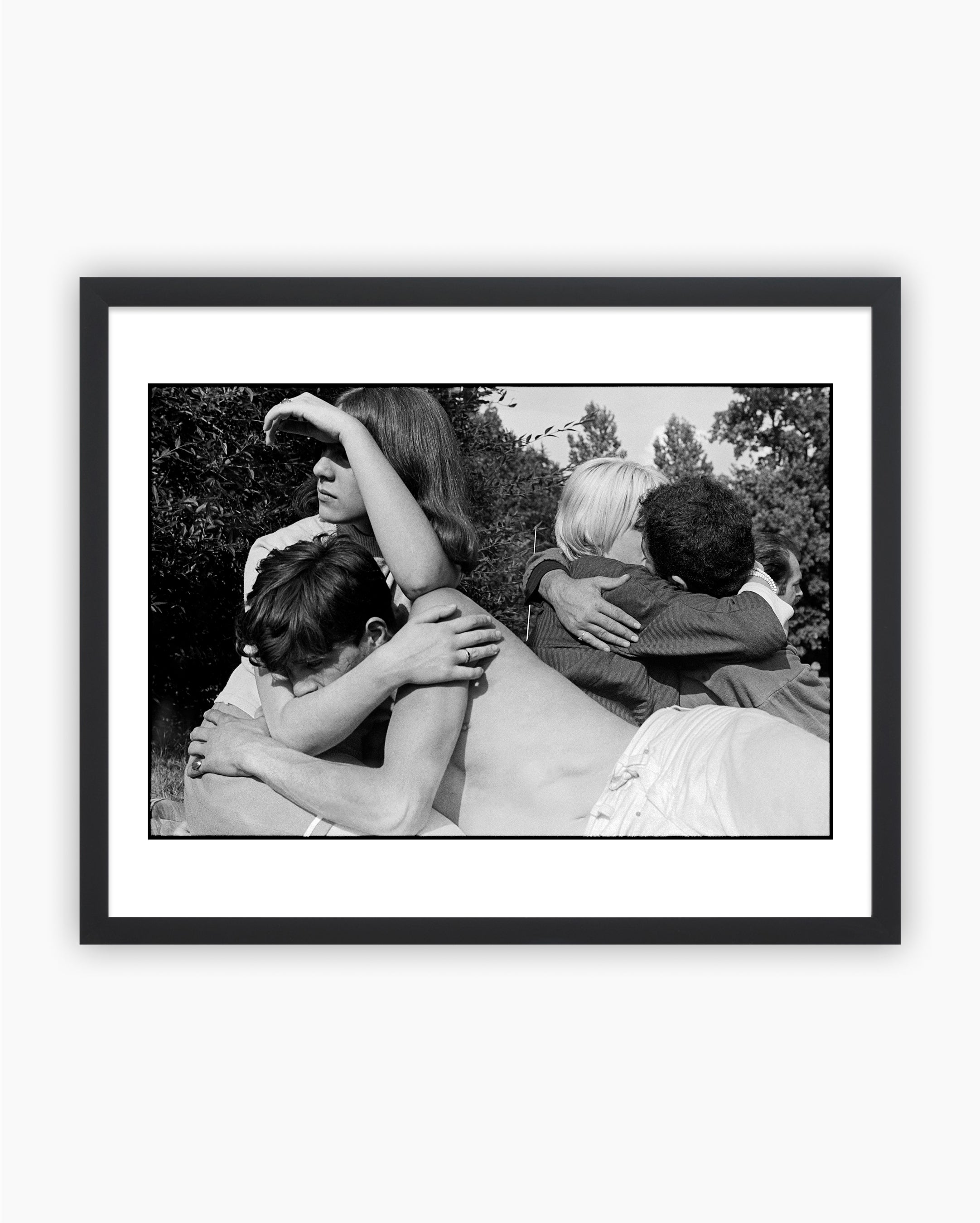 Vendor:Leonard Freed
Vendor:Leonard FreedMagnum Editions: Youth in West Berlin, 1965
- Regular price
- $400.00 - $550.00
- Sale price
- $400.00 - $550.00
- Regular price
-
-
Magnum Editions: James Dean in Times Square, 1955
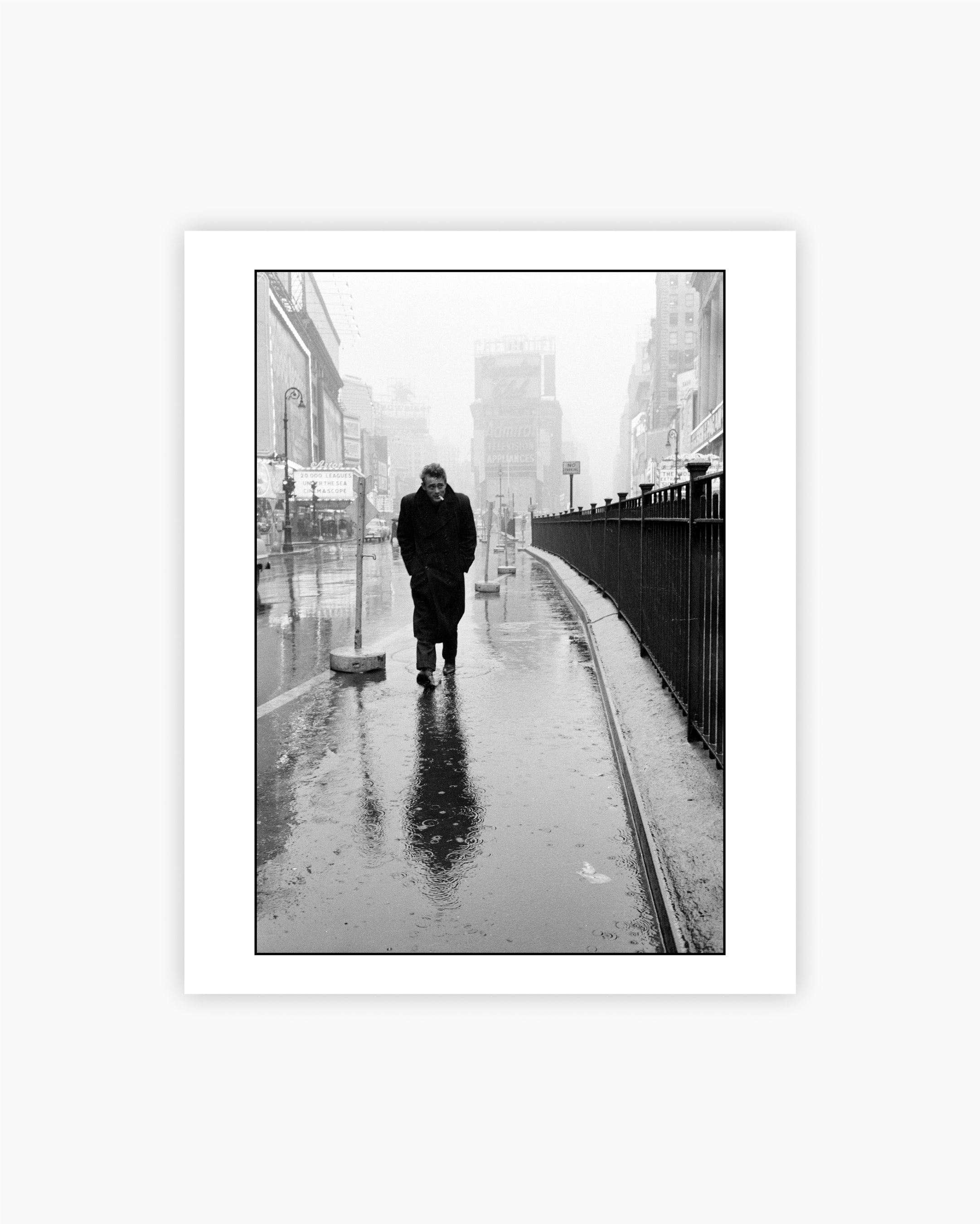
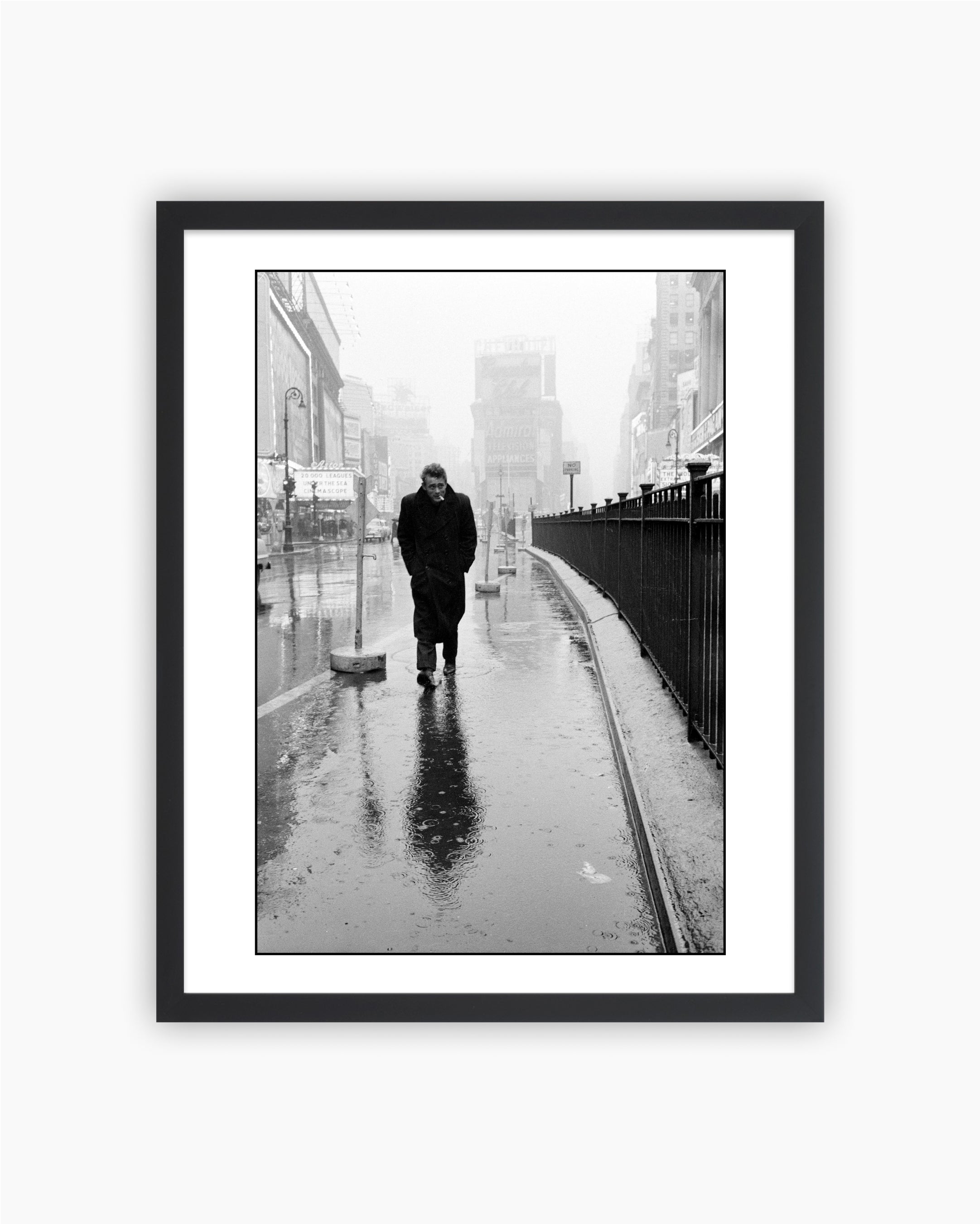 Vendor:Dennis Stock
Vendor:Dennis StockMagnum Editions: James Dean in Times Square, 1955
- Regular price
- $400.00 - $550.00
- Sale price
- $400.00 - $550.00
- Regular price
-
-
Magnum Editions: Disco in Wolverhampton, England, 1978
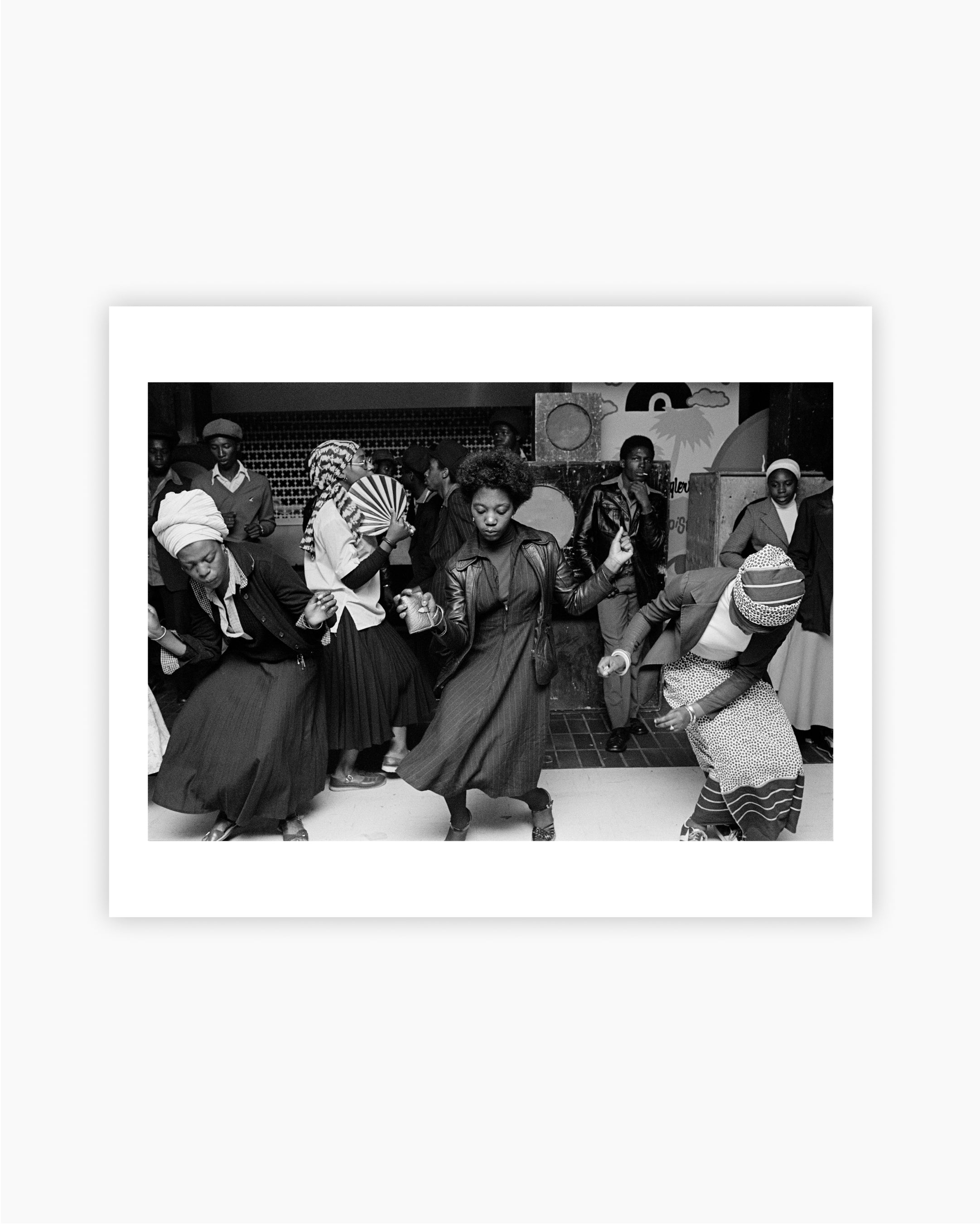
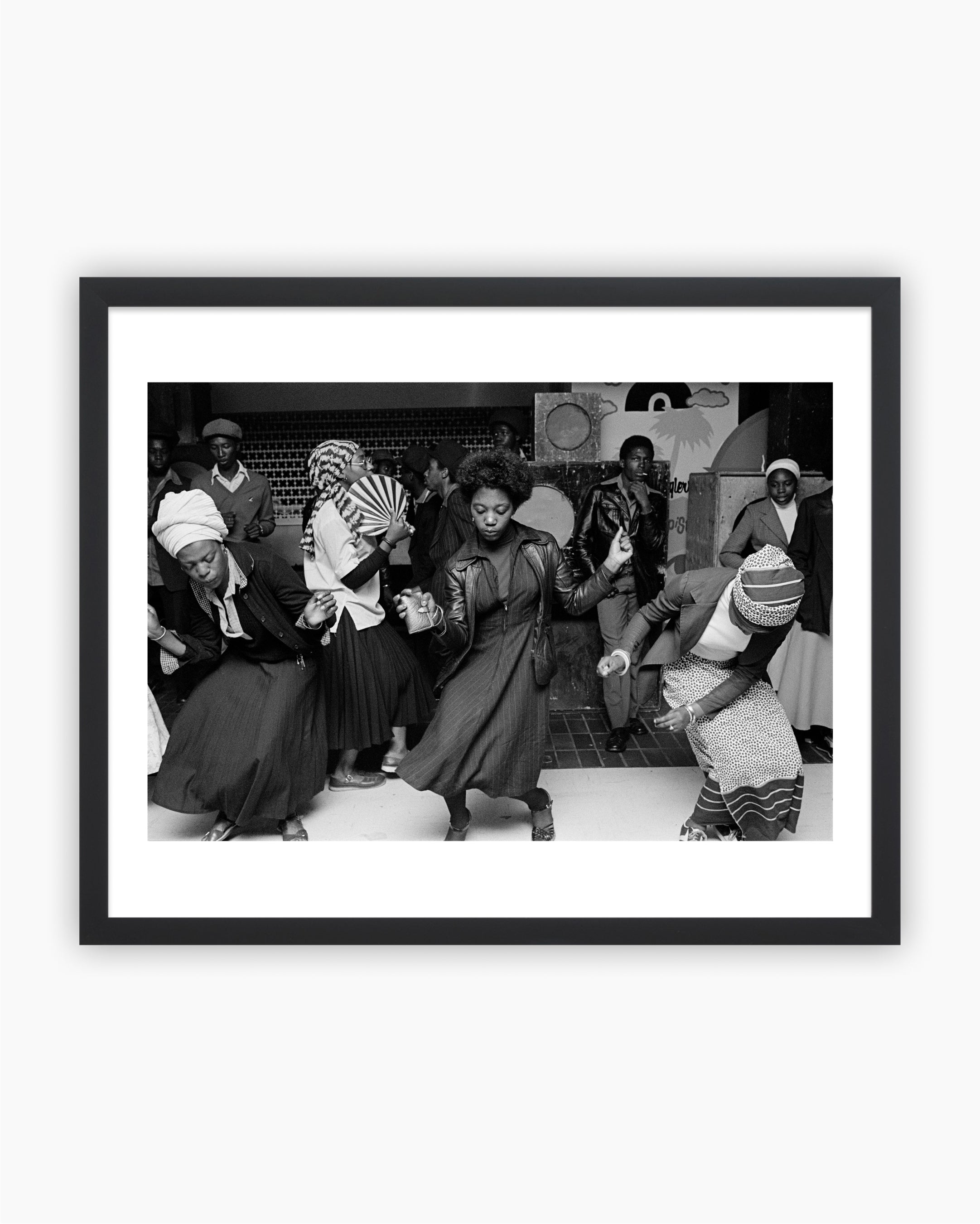 Vendor:Chris Steele-Perkins
Vendor:Chris Steele-PerkinsMagnum Editions: Disco in Wolverhampton, England, 1978
- Regular price
- $400.00 - $550.00
- Sale price
- $400.00 - $550.00
- Regular price
-
-
Magnum Editions: Peggy Guggenheim in Venice, 1950
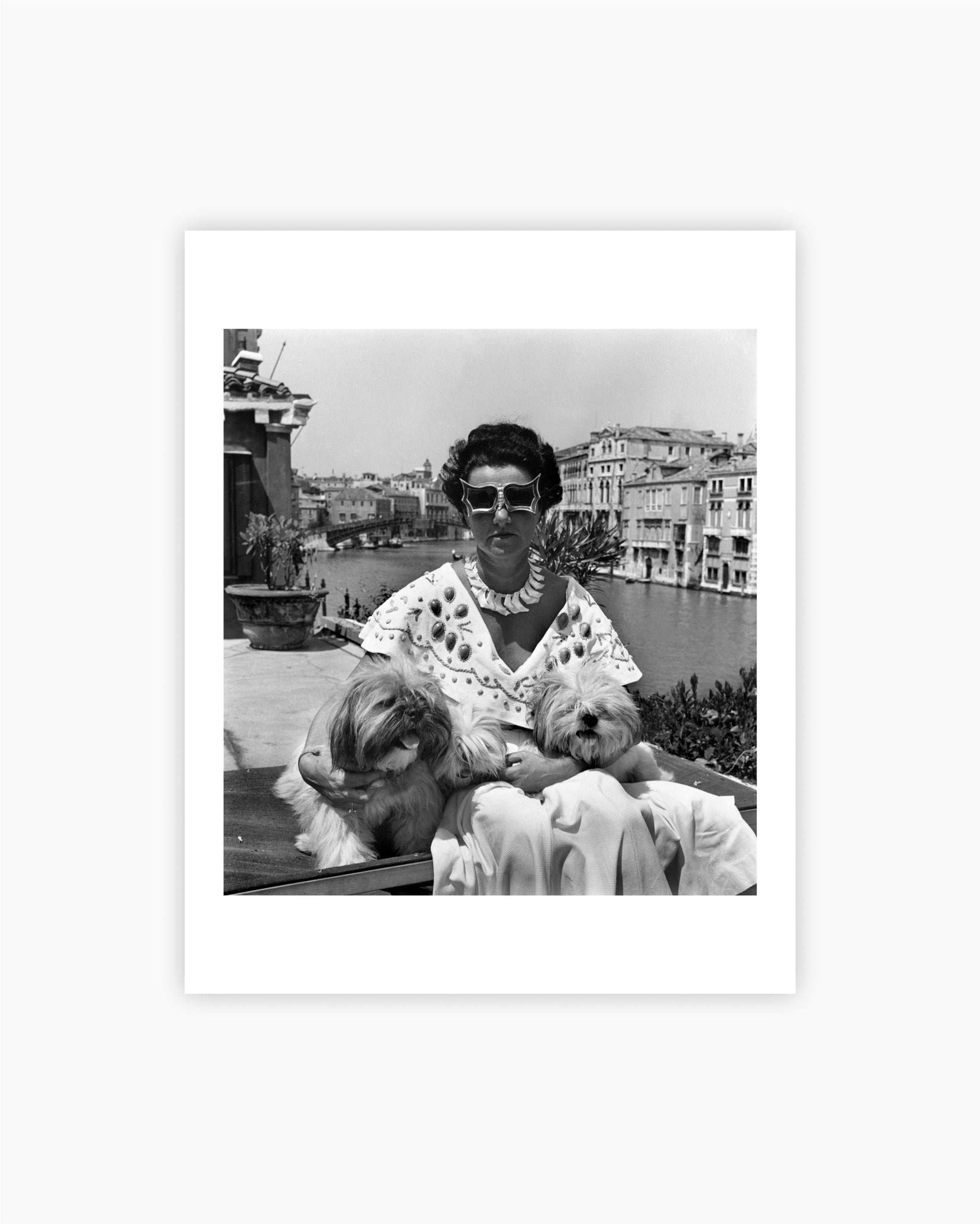
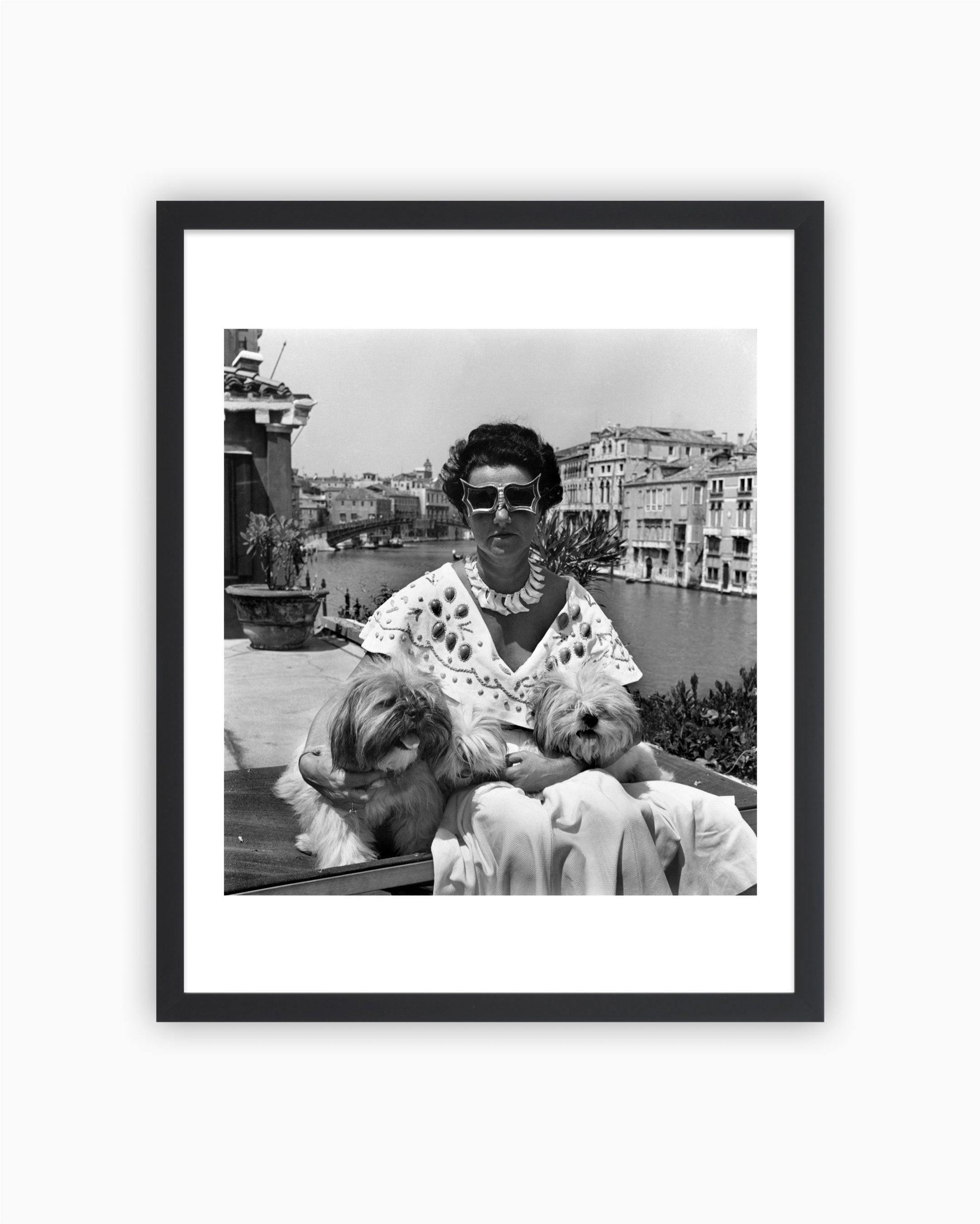 Vendor:David Seymour
Vendor:David SeymourMagnum Editions: Peggy Guggenheim in Venice, 1950
- Regular price
- $400.00 - $550.00
- Sale price
- $400.00 - $550.00
- Regular price
-
-
Magnum Editions: Cincinnati, Ohio, 2018
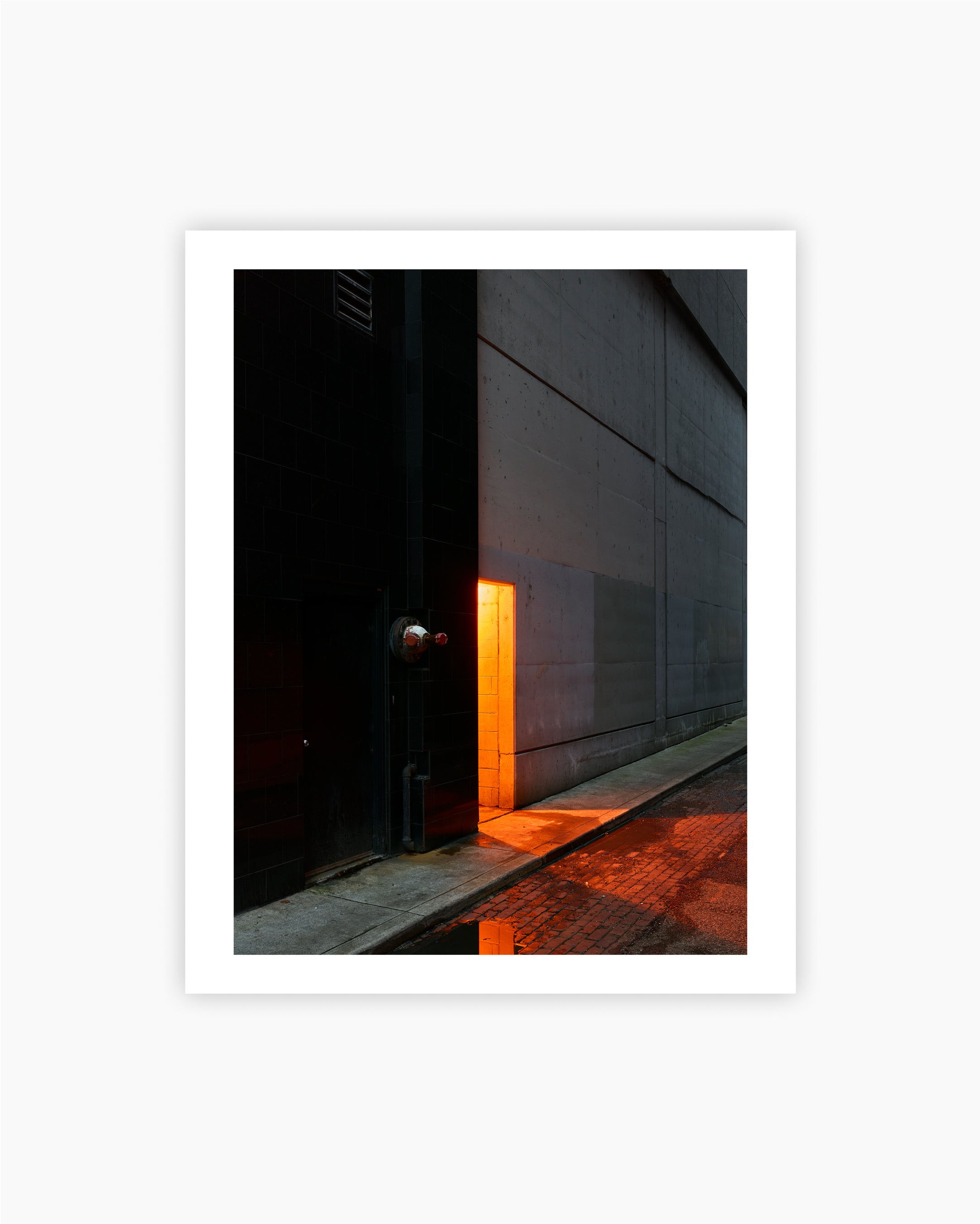
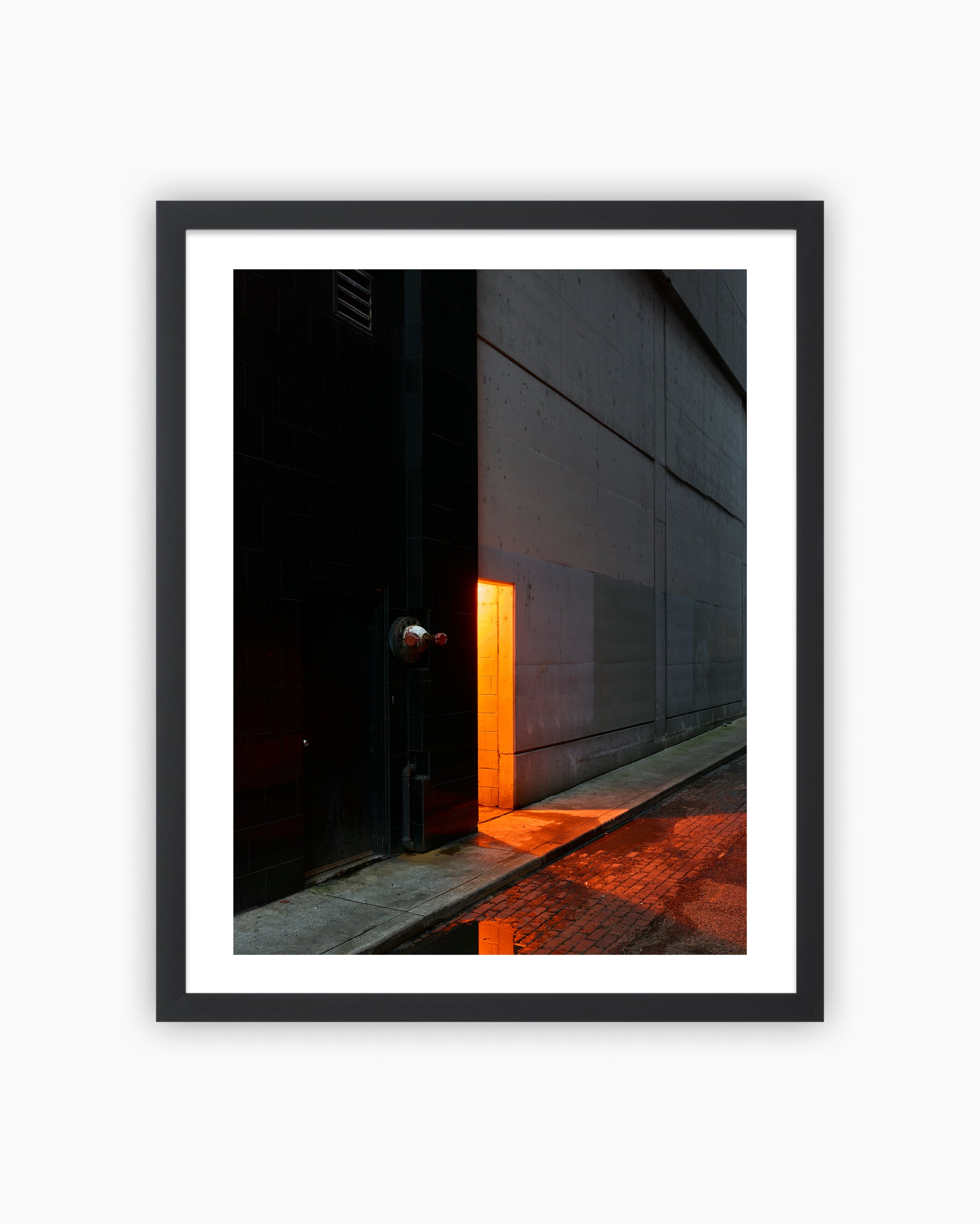 Vendor:Mark Power
Vendor:Mark PowerMagnum Editions: Cincinnati, Ohio, 2018
- Regular price
- $400.00 - $550.00
- Sale price
- $400.00 - $550.00
- Regular price
-
-
Magnum Editions: From the series ‘The First March of Gentlemen’, 2017
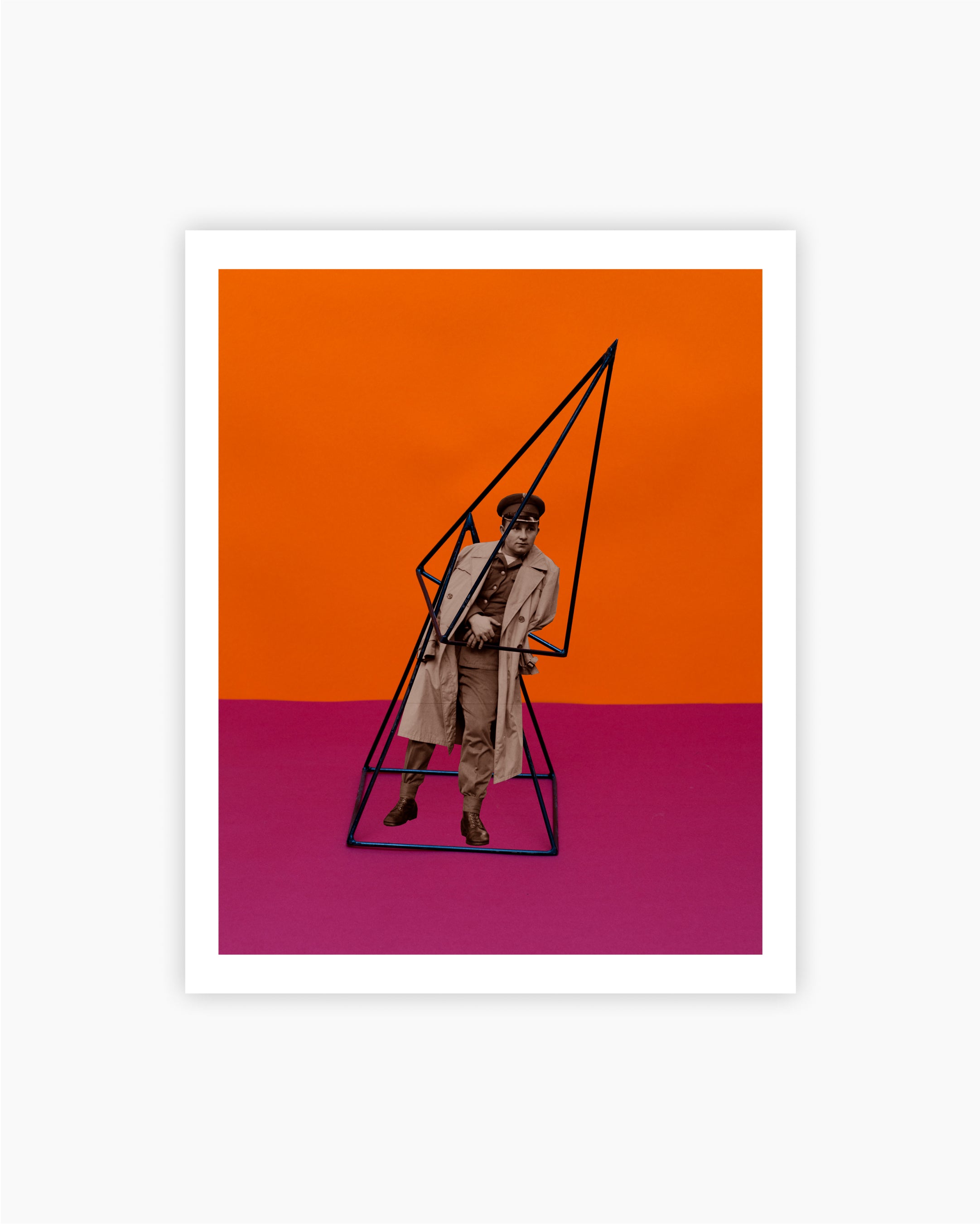
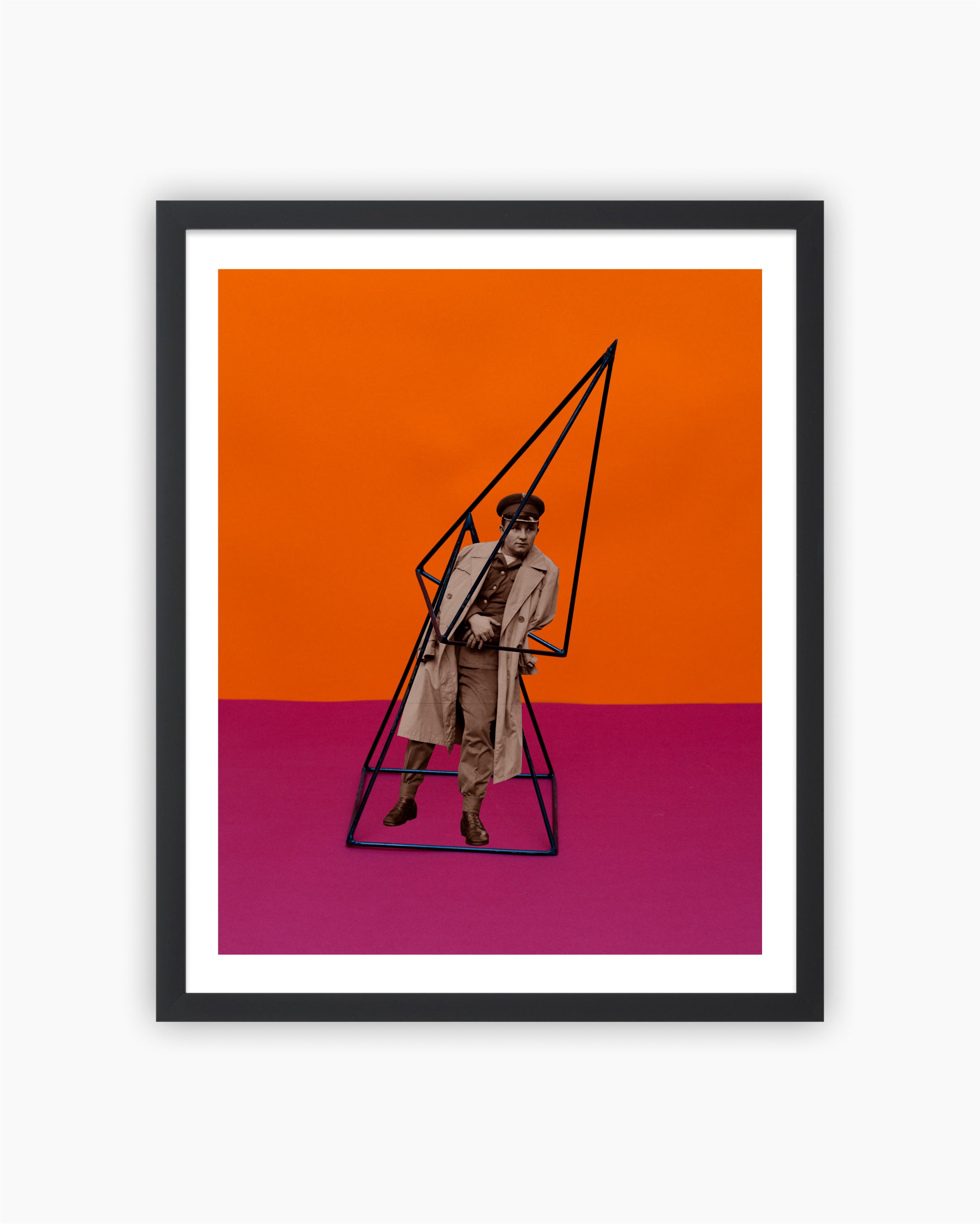 Vendor:Rafal Milach
Vendor:Rafal MilachMagnum Editions: From the series ‘The First March of Gentlemen’, 2017
- Regular price
- $400.00 - $550.00
- Sale price
- $400.00 - $550.00
- Regular price
-
-
Magnum Editions: Daytona Beach, Florida, 1997
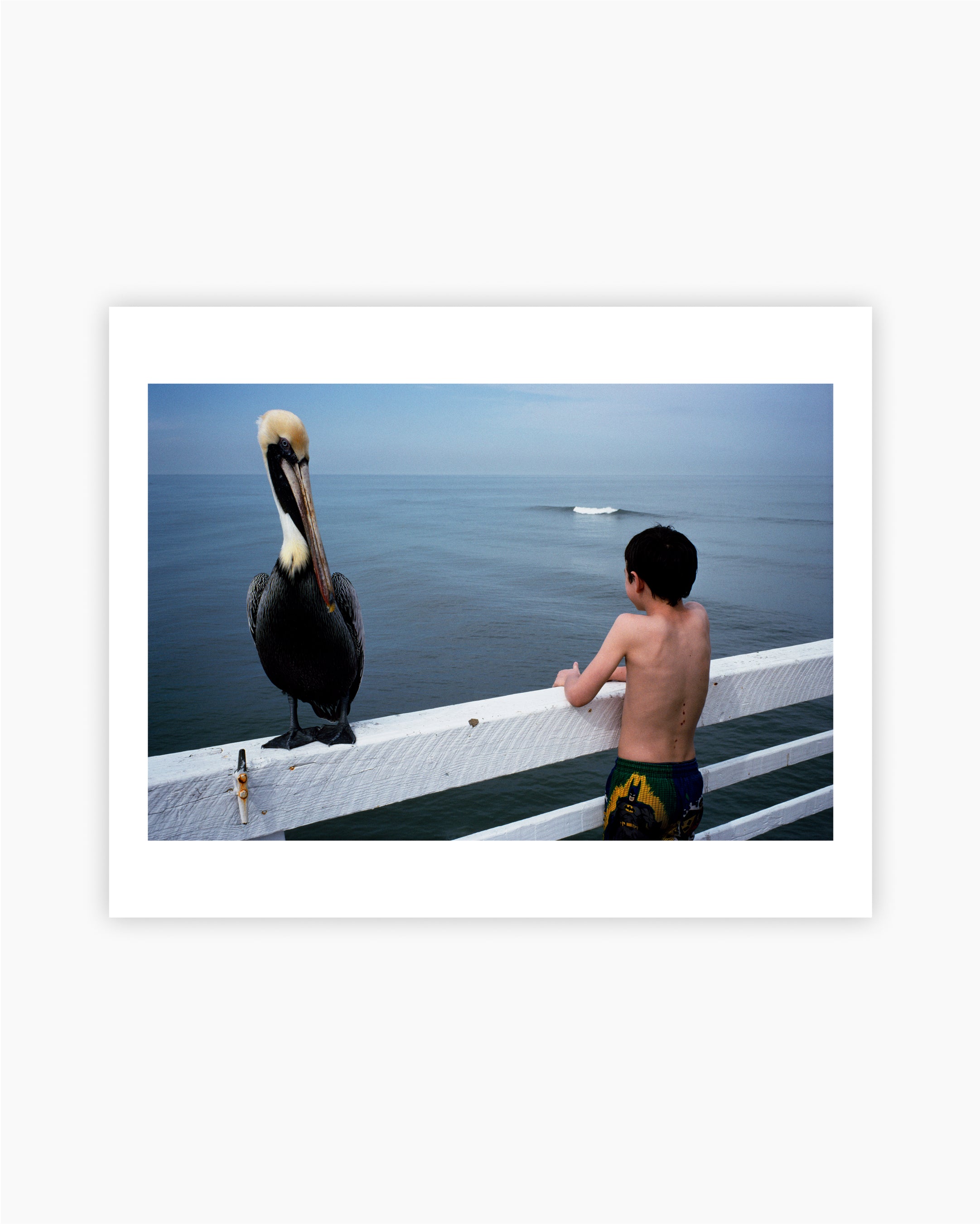
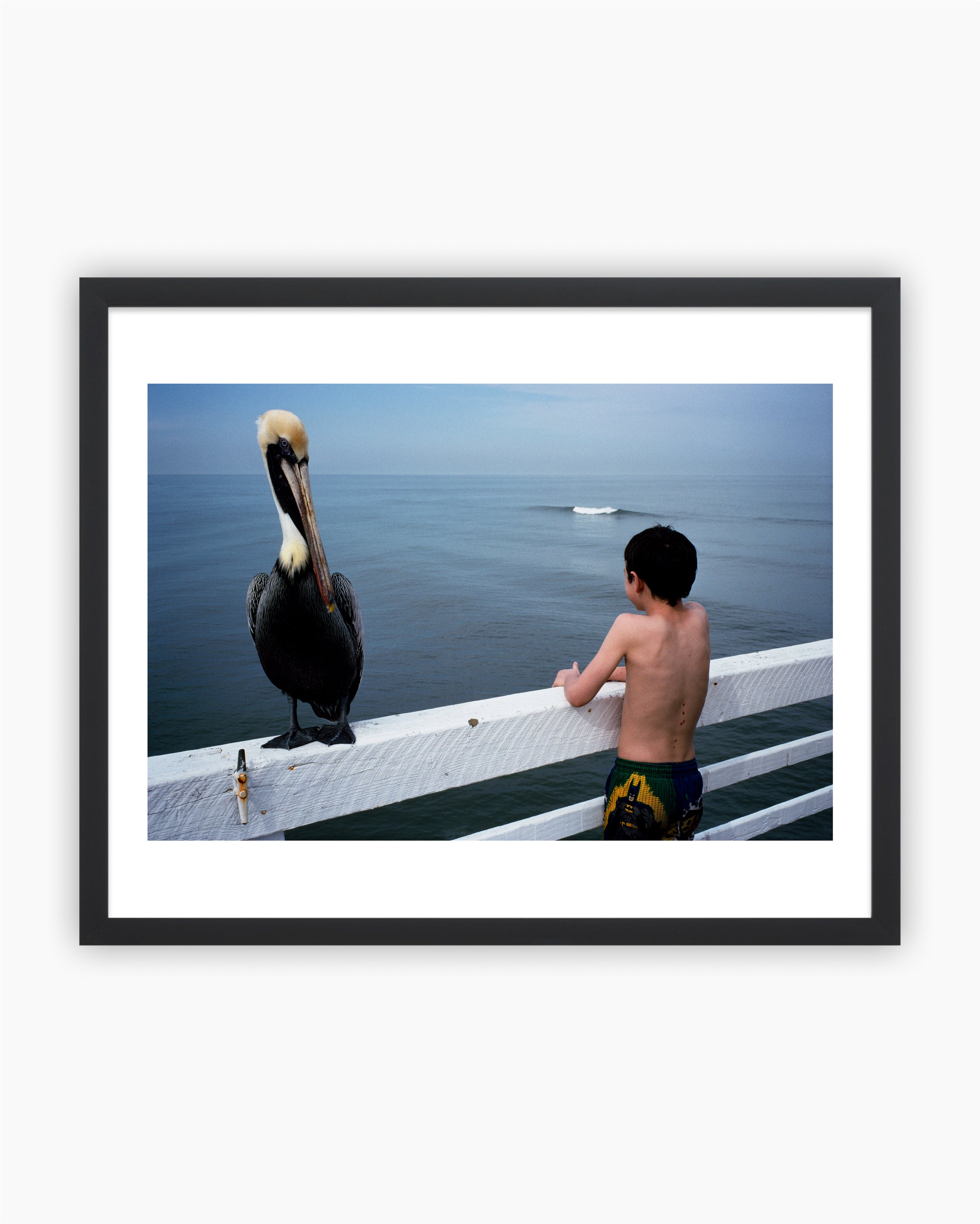 Vendor:Constantine Manos
Vendor:Constantine ManosMagnum Editions: Daytona Beach, Florida, 1997
- Regular price
- $400.00 - $550.00
- Sale price
- $400.00 - $550.00
- Regular price
-
-
Magnum Editions: Black Panthers protesting in Chicago, Illinois. 1969.
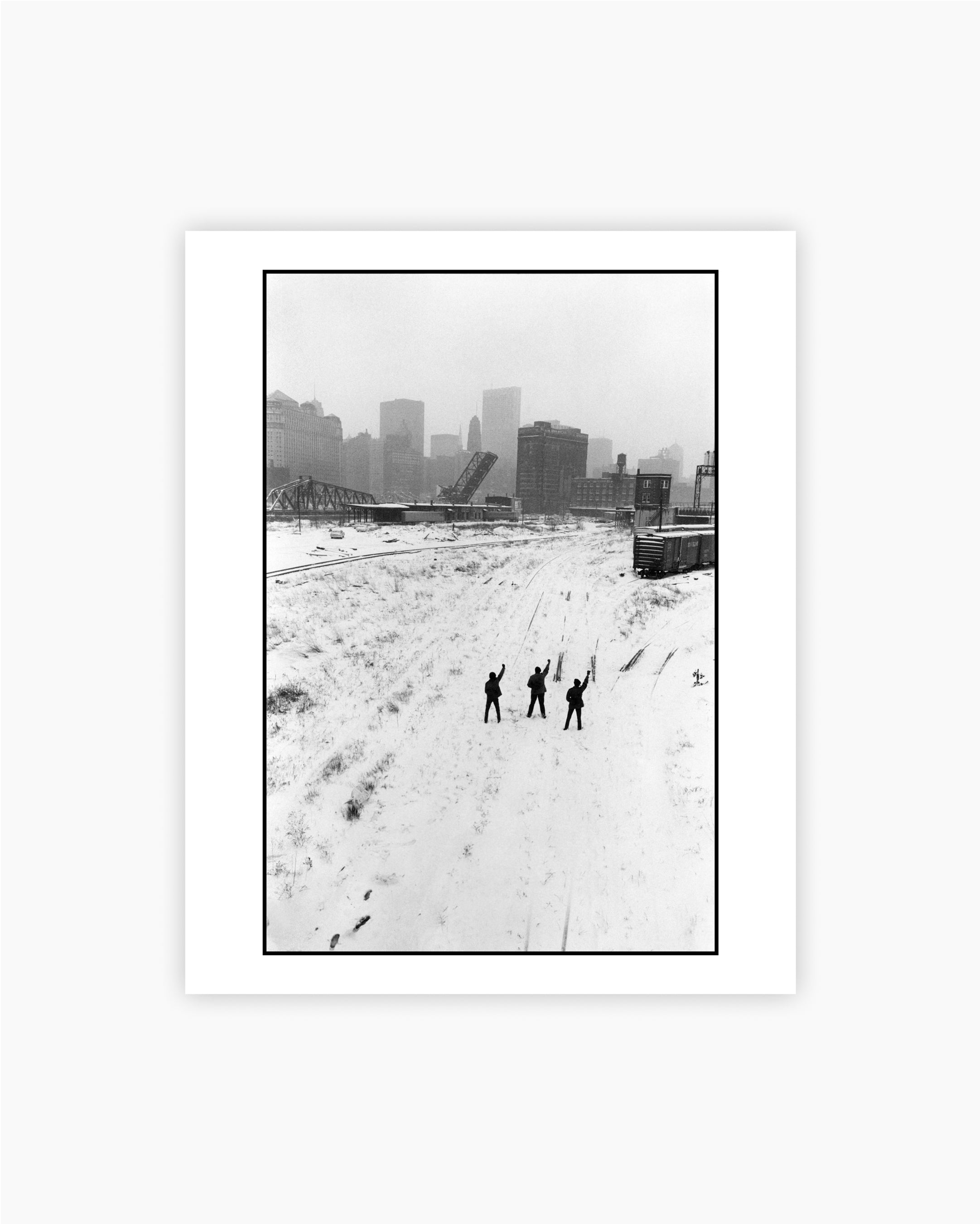
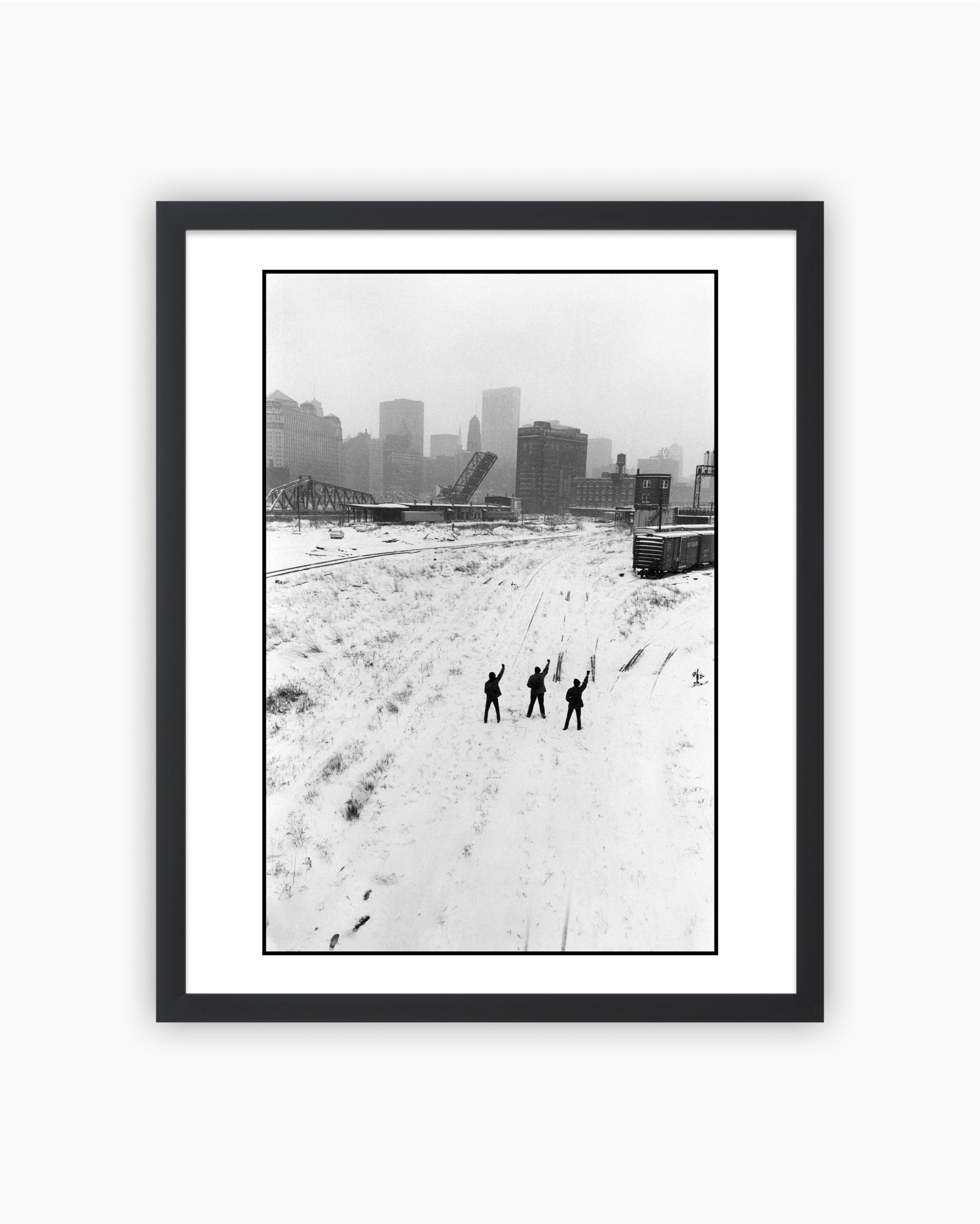 Vendor:Hiroji Kubota
Vendor:Hiroji KubotaMagnum Editions: Black Panthers protesting in Chicago, Illinois. 1969.
- Regular price
- $400.00 - $550.00
- Sale price
- $400.00 - $550.00
- Regular price
-
-
Magnum Editions: Dexter Gordon, Freddie Hubbard and Ron Carter in France, 1985.
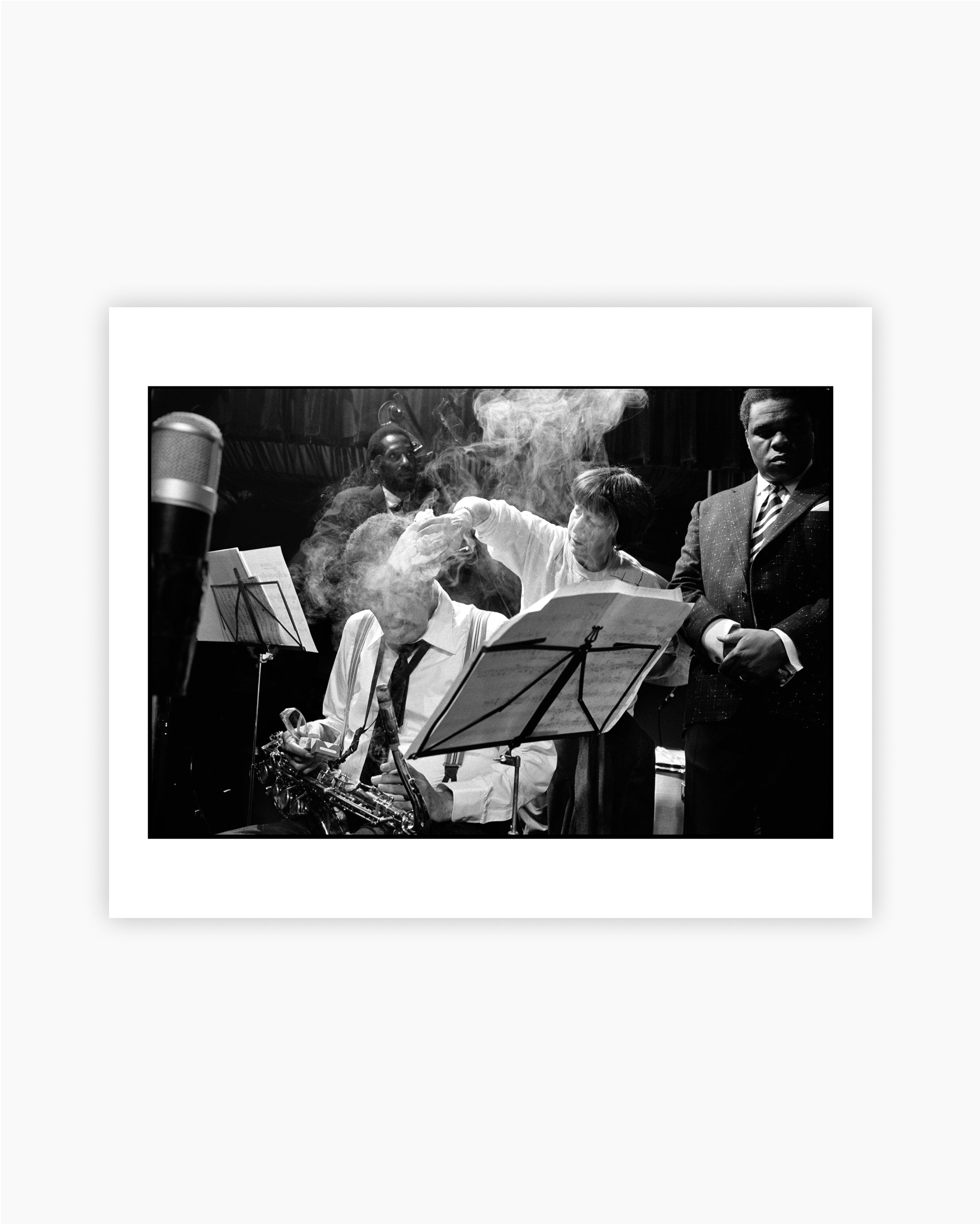
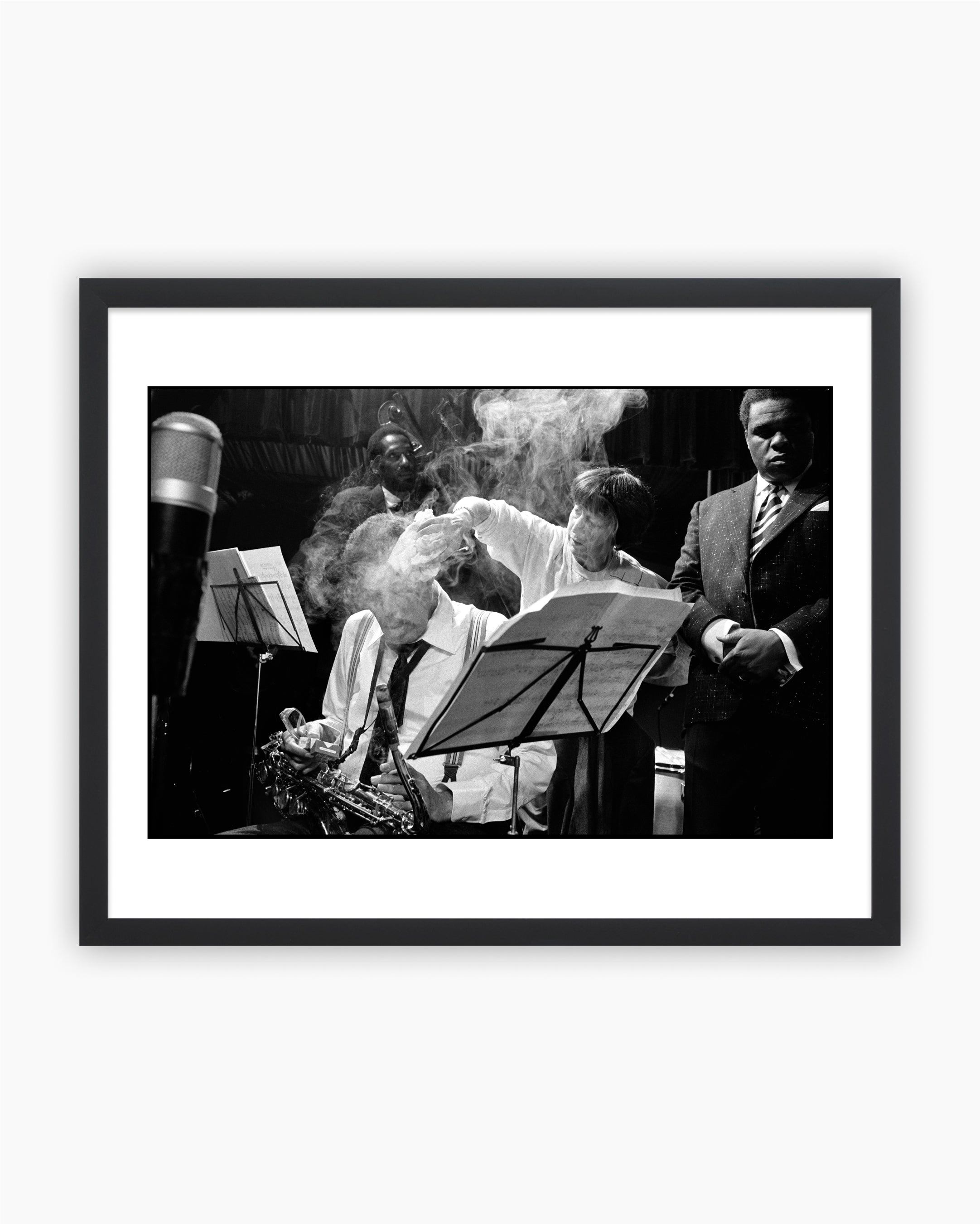 Vendor:Guy Le Querrec
Vendor:Guy Le QuerrecMagnum Editions: Dexter Gordon, Freddie Hubbard and Ron Carter in France, 1985.
- Regular price
- $400.00 - $550.00
- Sale price
- $400.00 - $550.00
- Regular price
-
-
Magnum Editions: Andy Warhol, Edie Sedgwick and Chuck Wein in New York, 1965
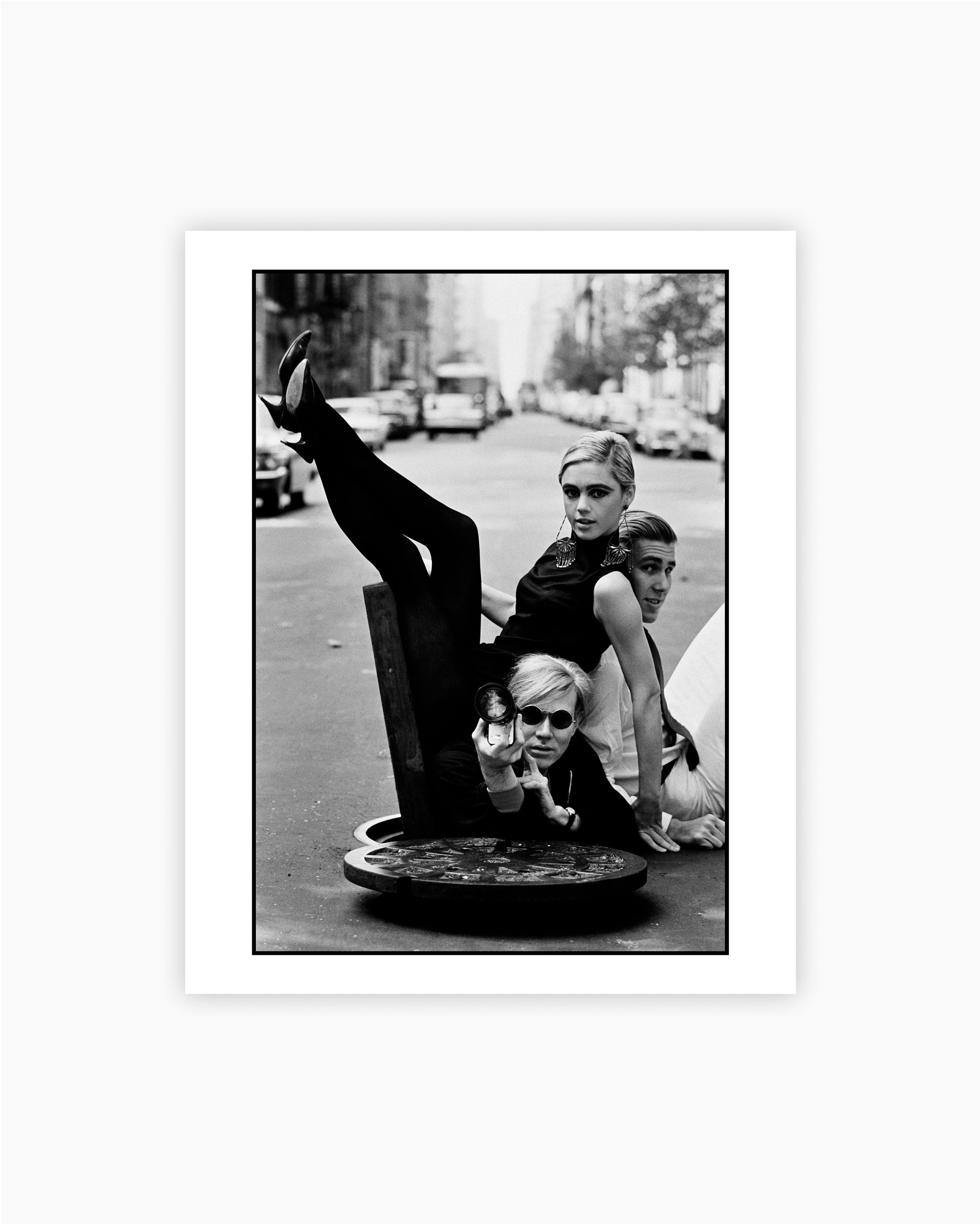
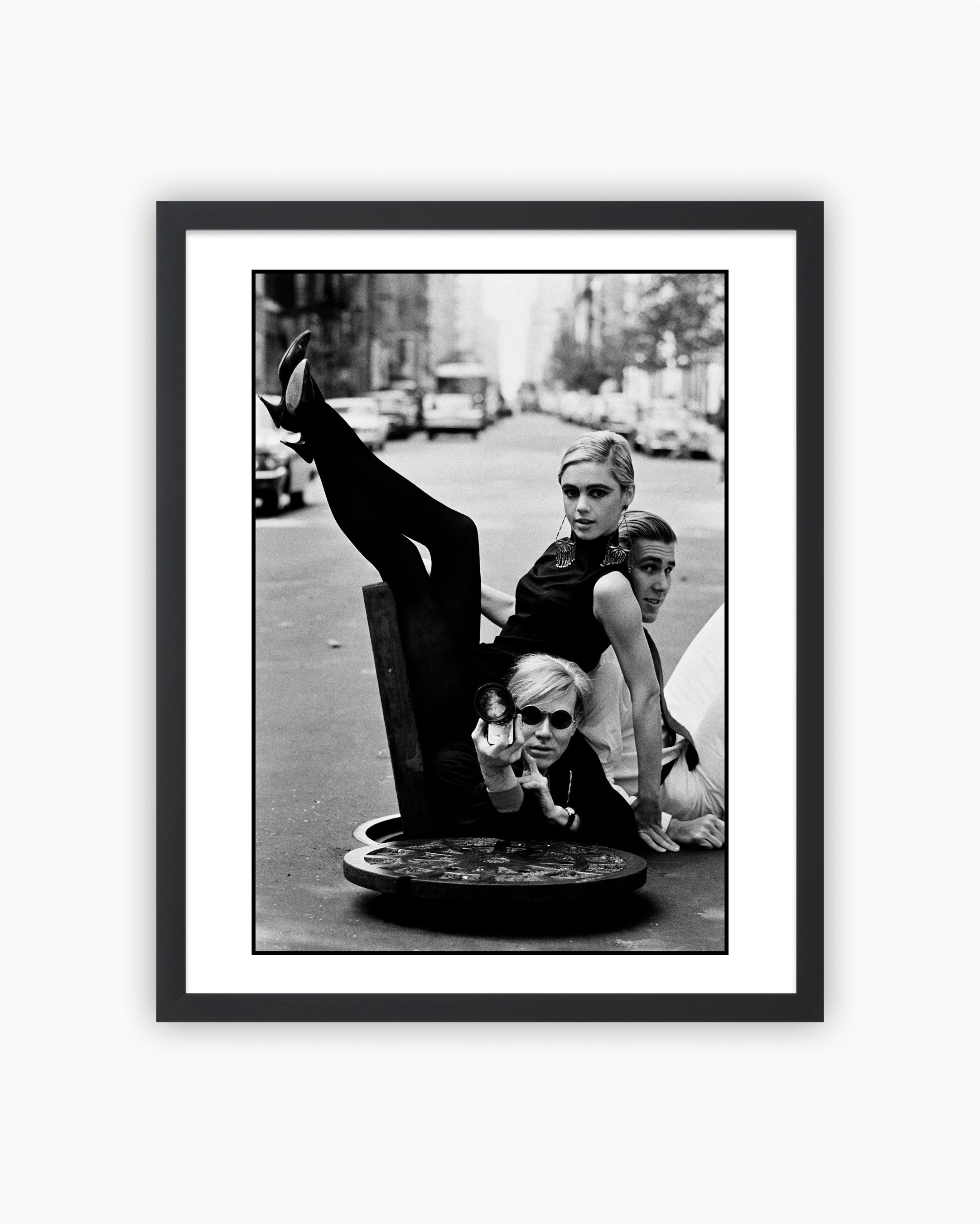 Vendor:Burt Glinn
Vendor:Burt GlinnMagnum Editions: Andy Warhol, Edie Sedgwick and Chuck Wein in New York, 1965
- Regular price
- $400.00 - $550.00
- Sale price
- $400.00 - $550.00
- Regular price
-
-
Magnum Editions: On board the Spanish trawler “Rowanlea”, 1998
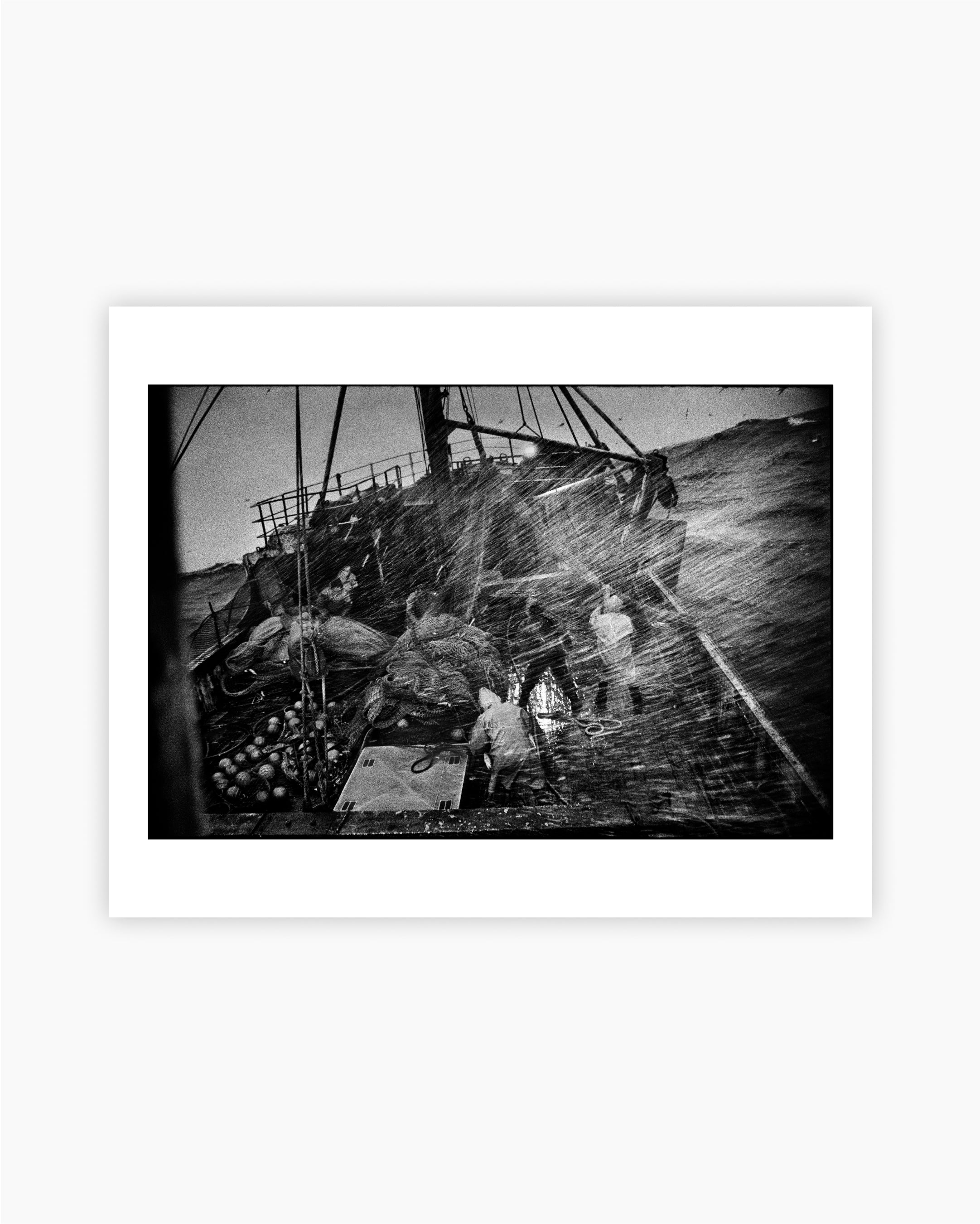
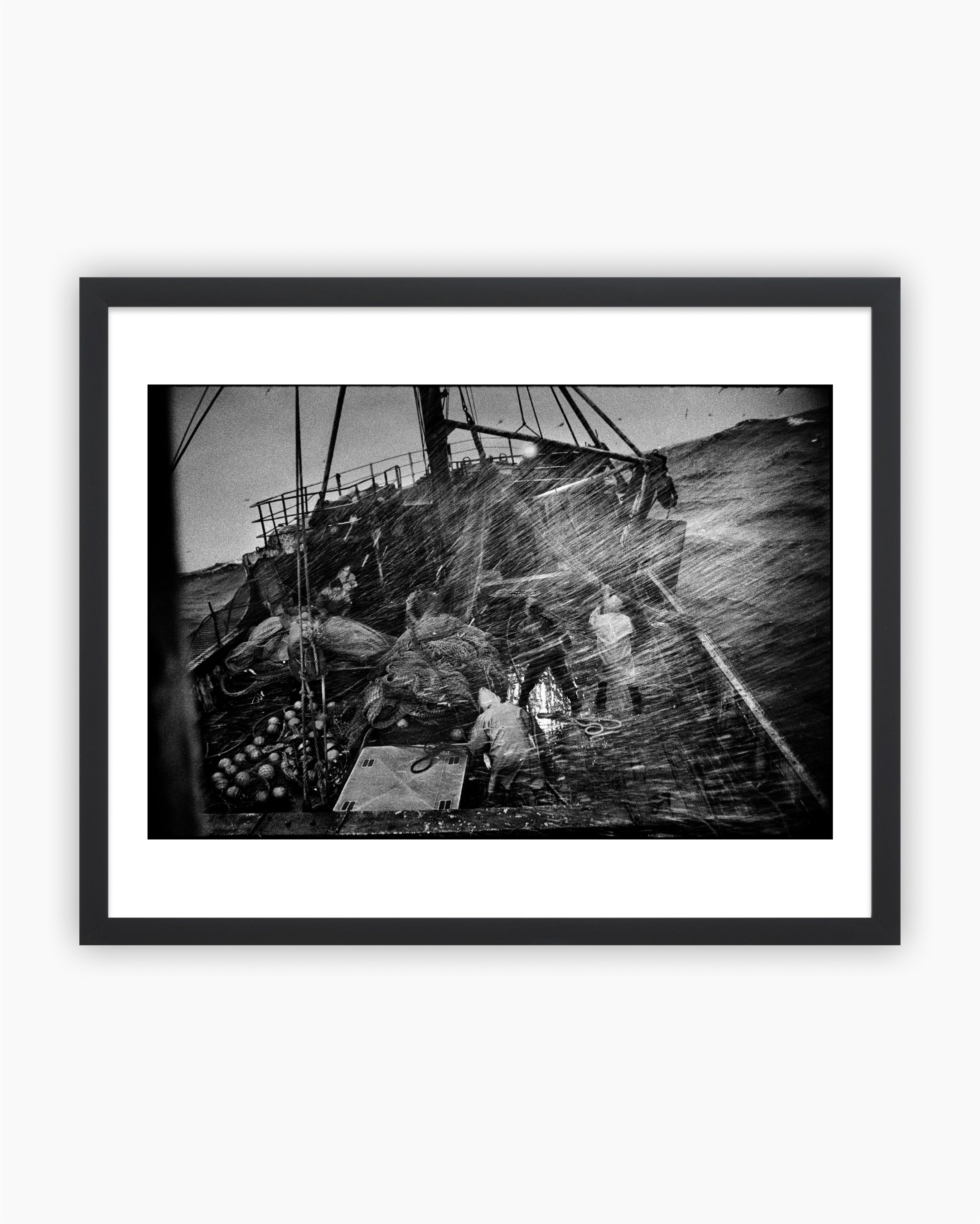 Vendor:Jean Gaumy
Vendor:Jean GaumyMagnum Editions: On board the Spanish trawler “Rowanlea”, 1998
- Regular price
- $400.00 - $550.00
- Sale price
- $400.00 - $550.00
- Regular price
-
-
Magnum Editions: Harlem, New York, 1963
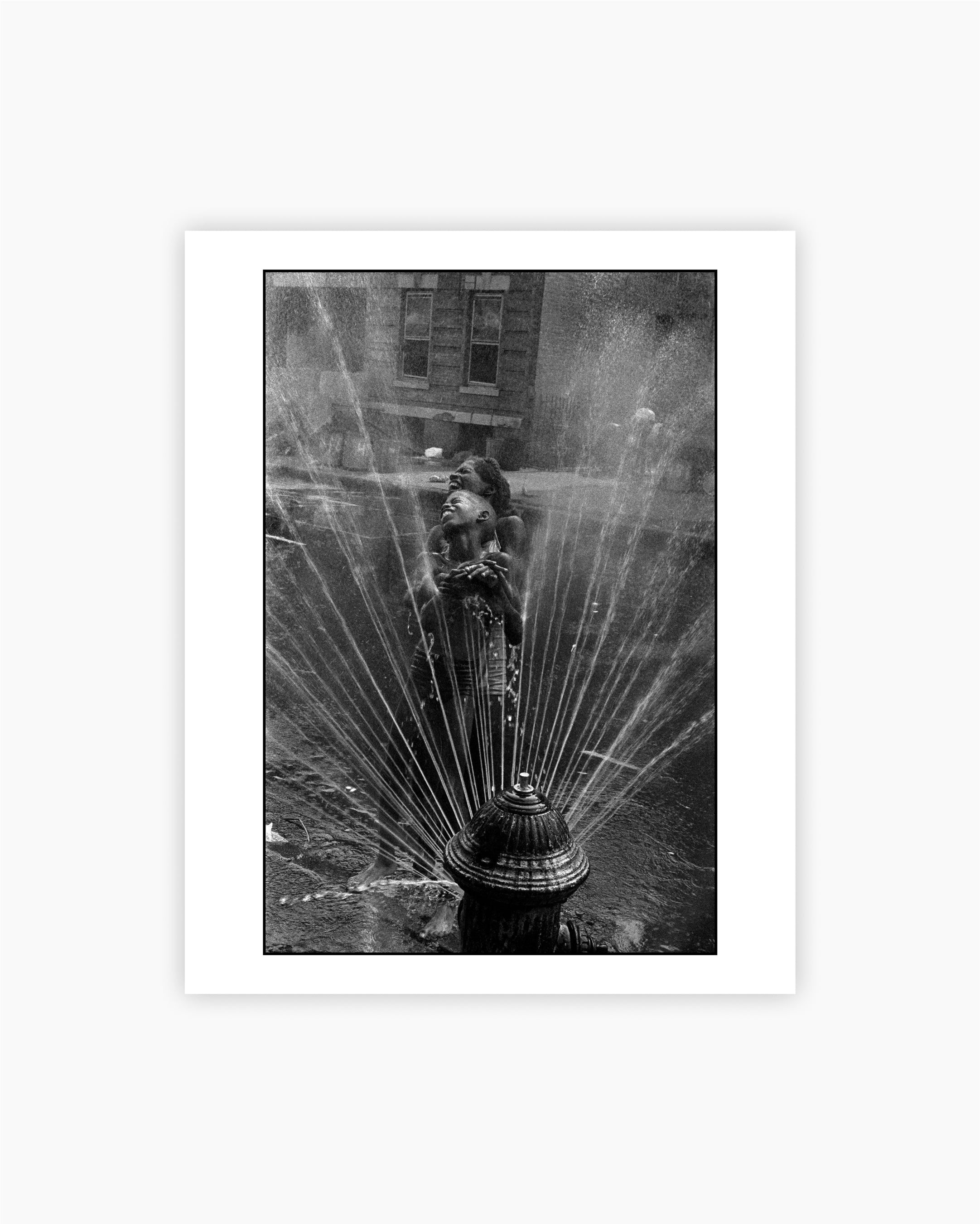
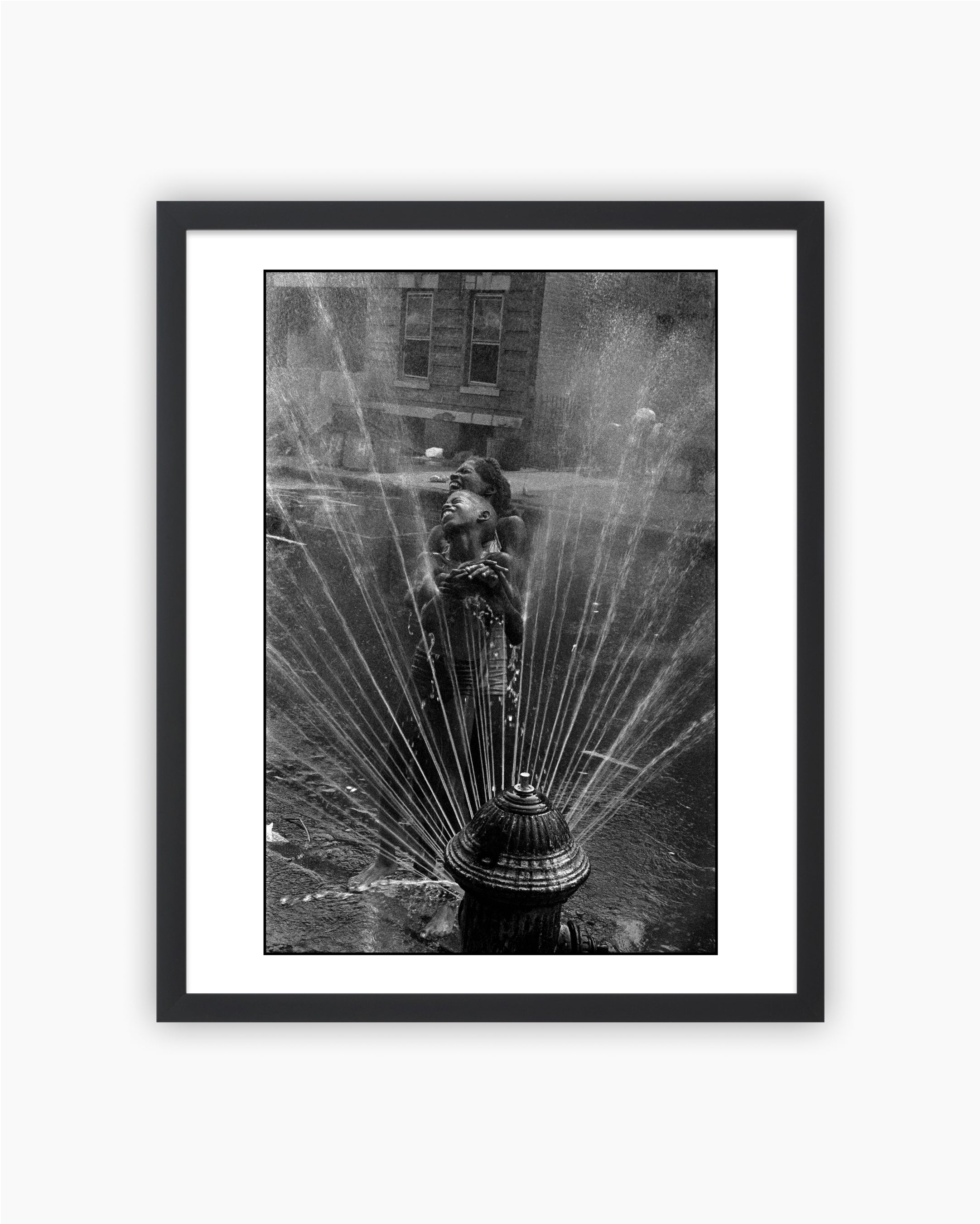 Vendor:Leonard Freed
Vendor:Leonard FreedMagnum Editions: Harlem, New York, 1963
- Regular price
- $400.00 - $550.00
- Sale price
- $400.00 - $550.00
- Regular price
-
-
Magnum Editions: New York City, 1955
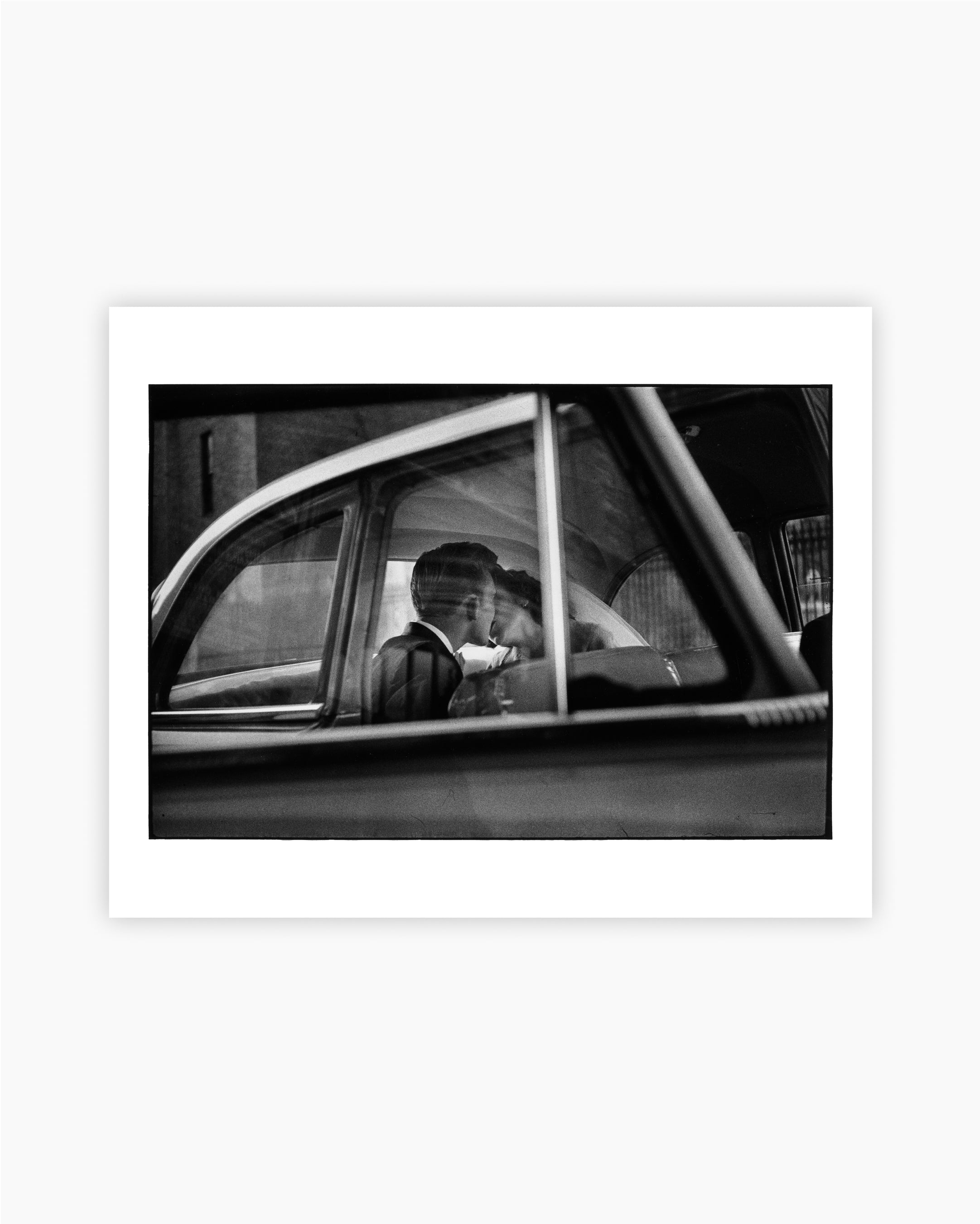
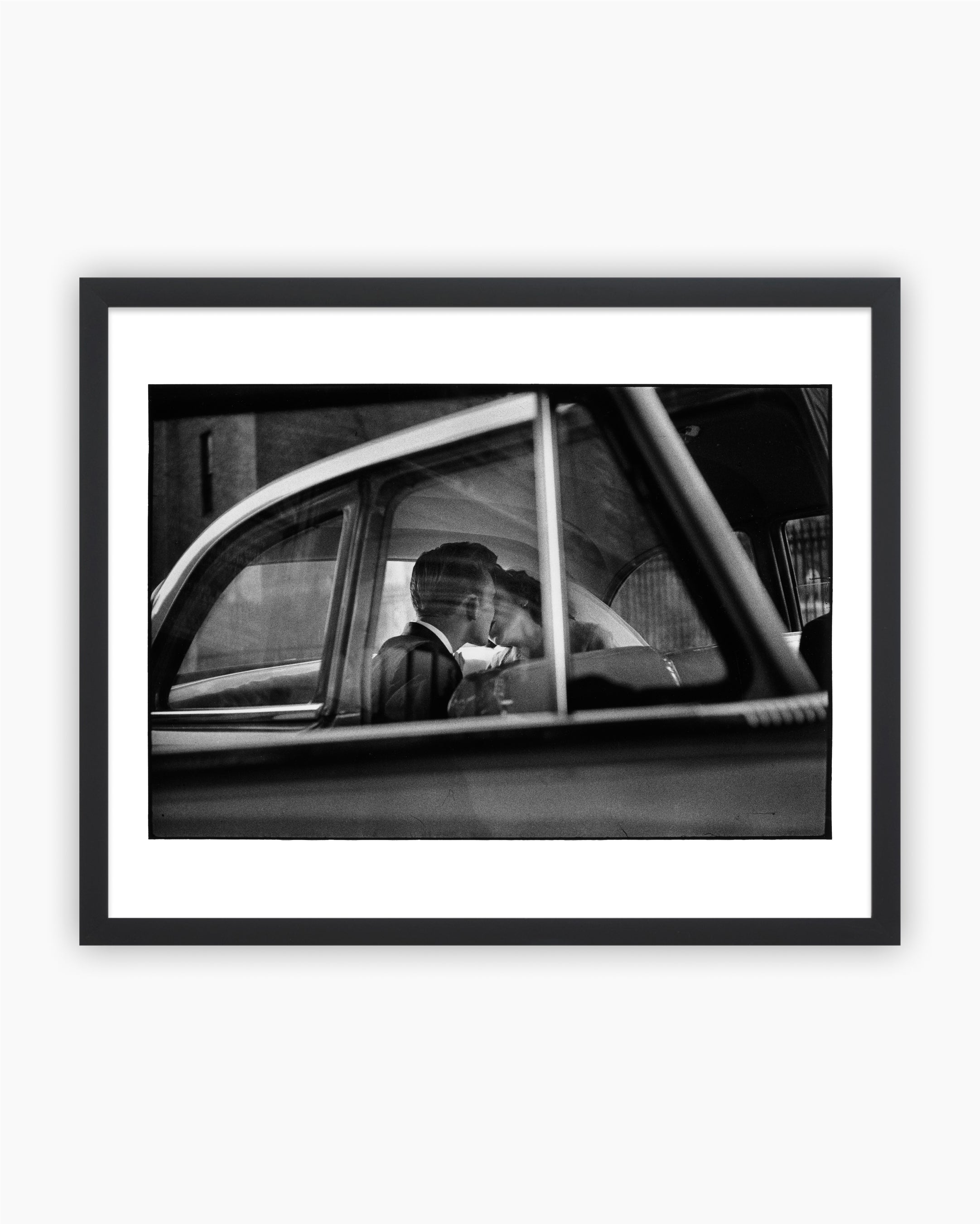 Vendor:Elliott Erwitt
Vendor:Elliott ErwittMagnum Editions: New York City, 1955
- Regular price
- $400.00 - $550.00
- Sale price
- $400.00 - $550.00
- Regular price
-
-
Magnum Editions: Political meeting in Yozgat, Turkey, 1990
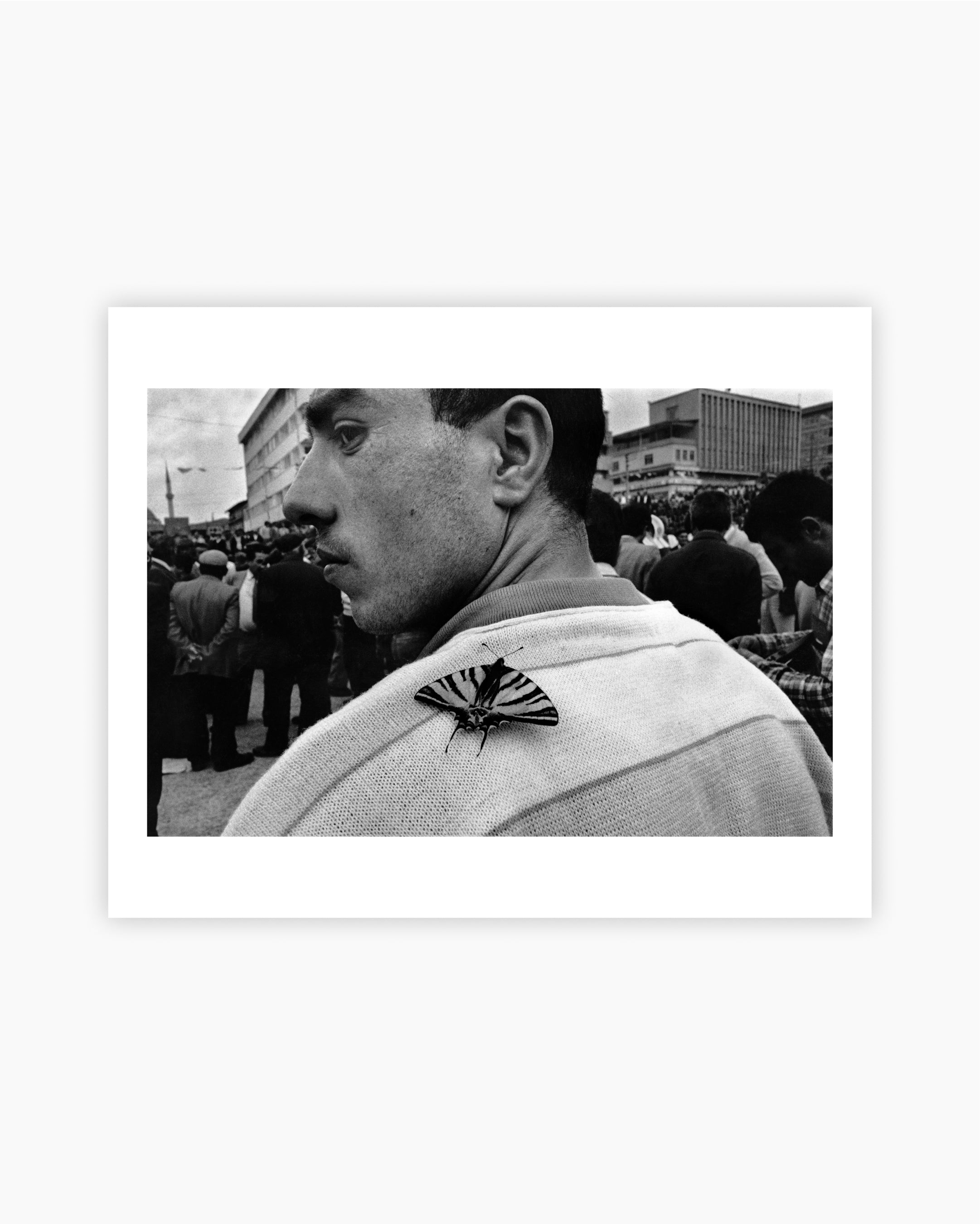
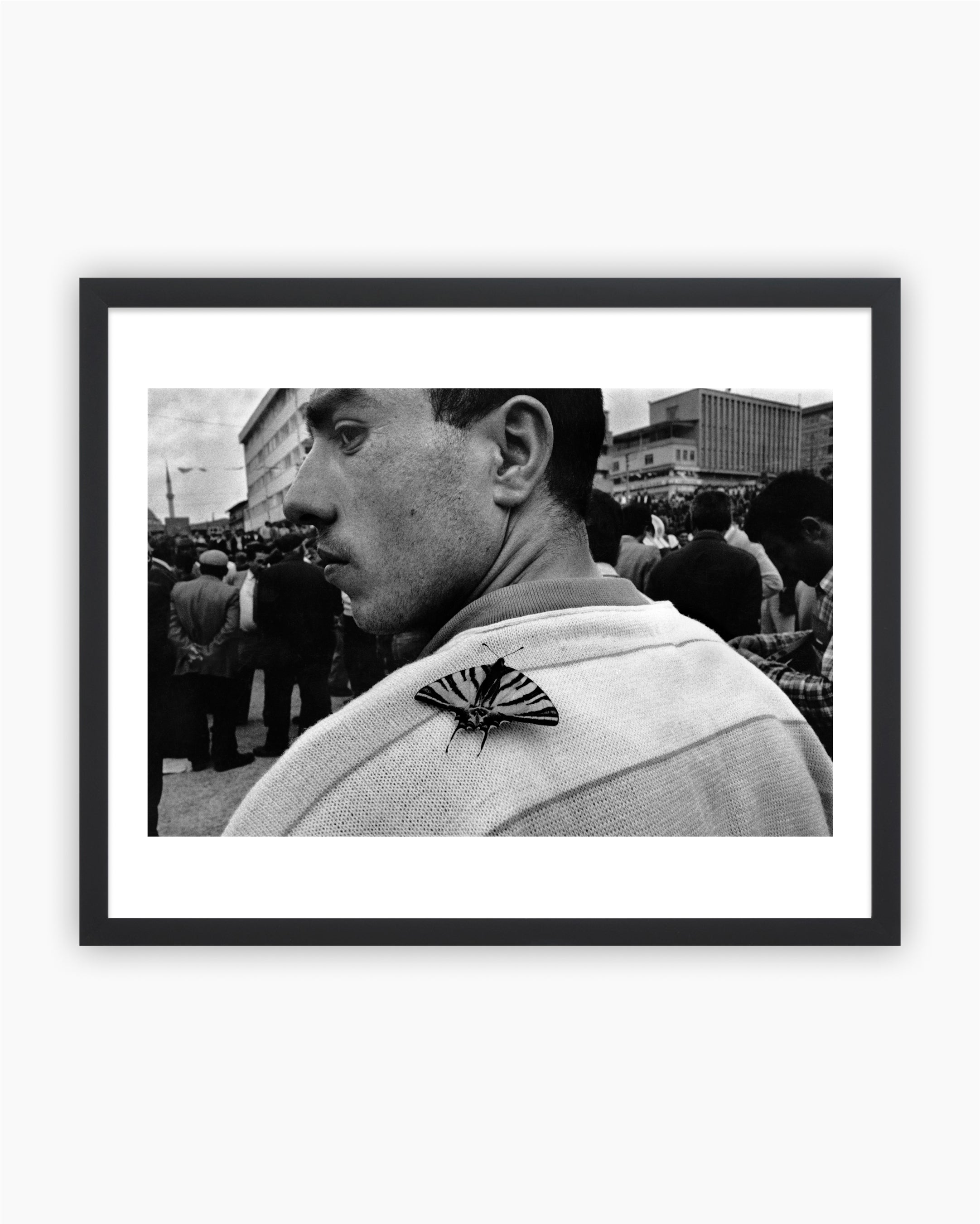 Vendor:Nikos Economopoulos
Vendor:Nikos EconomopoulosMagnum Editions: Political meeting in Yozgat, Turkey, 1990
- Regular price
- $400.00 - $550.00
- Sale price
- $400.00 - $550.00
- Regular price
-
-
Magnum Editions: The Bolshoi Ballet School in Moscow, 1958
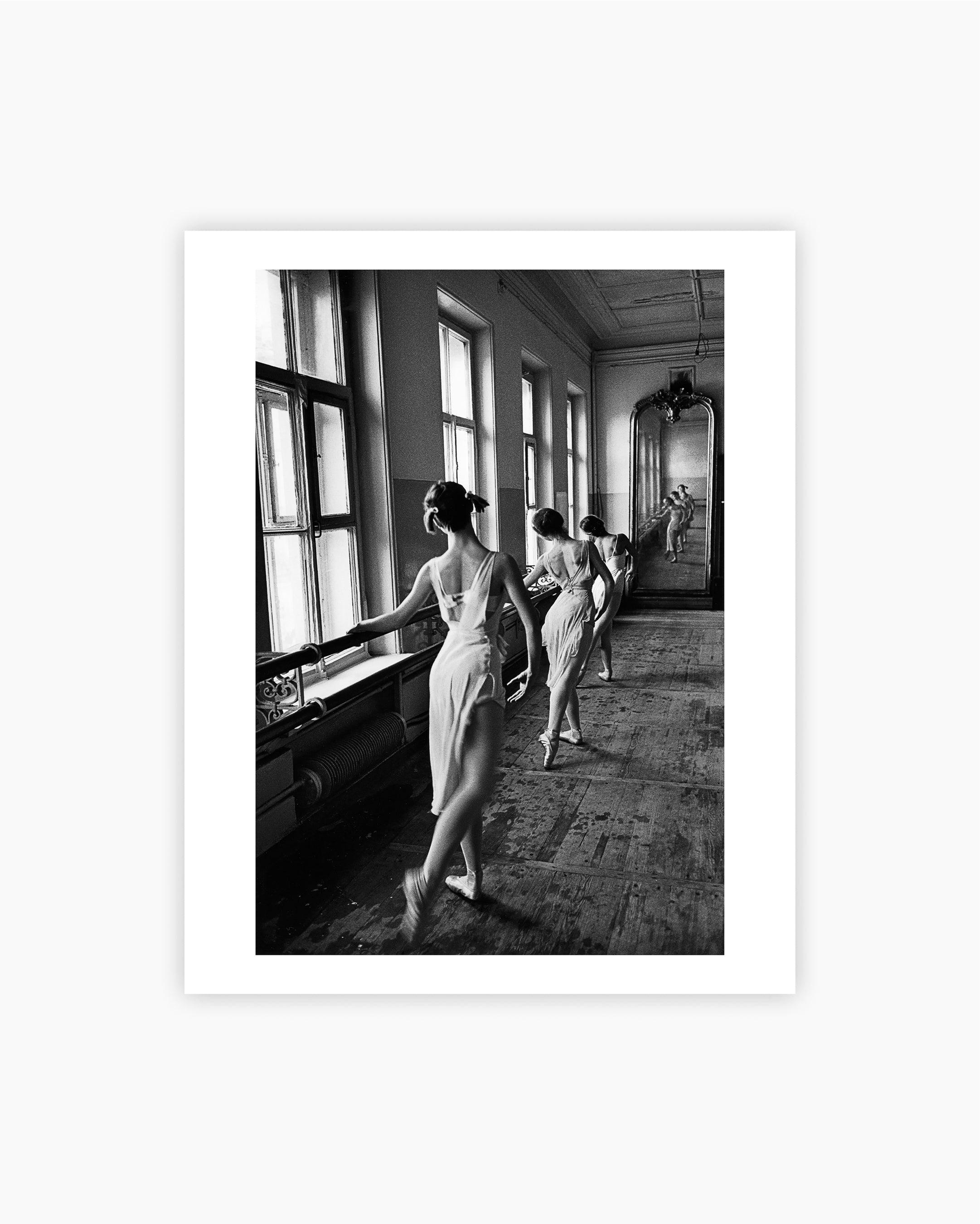
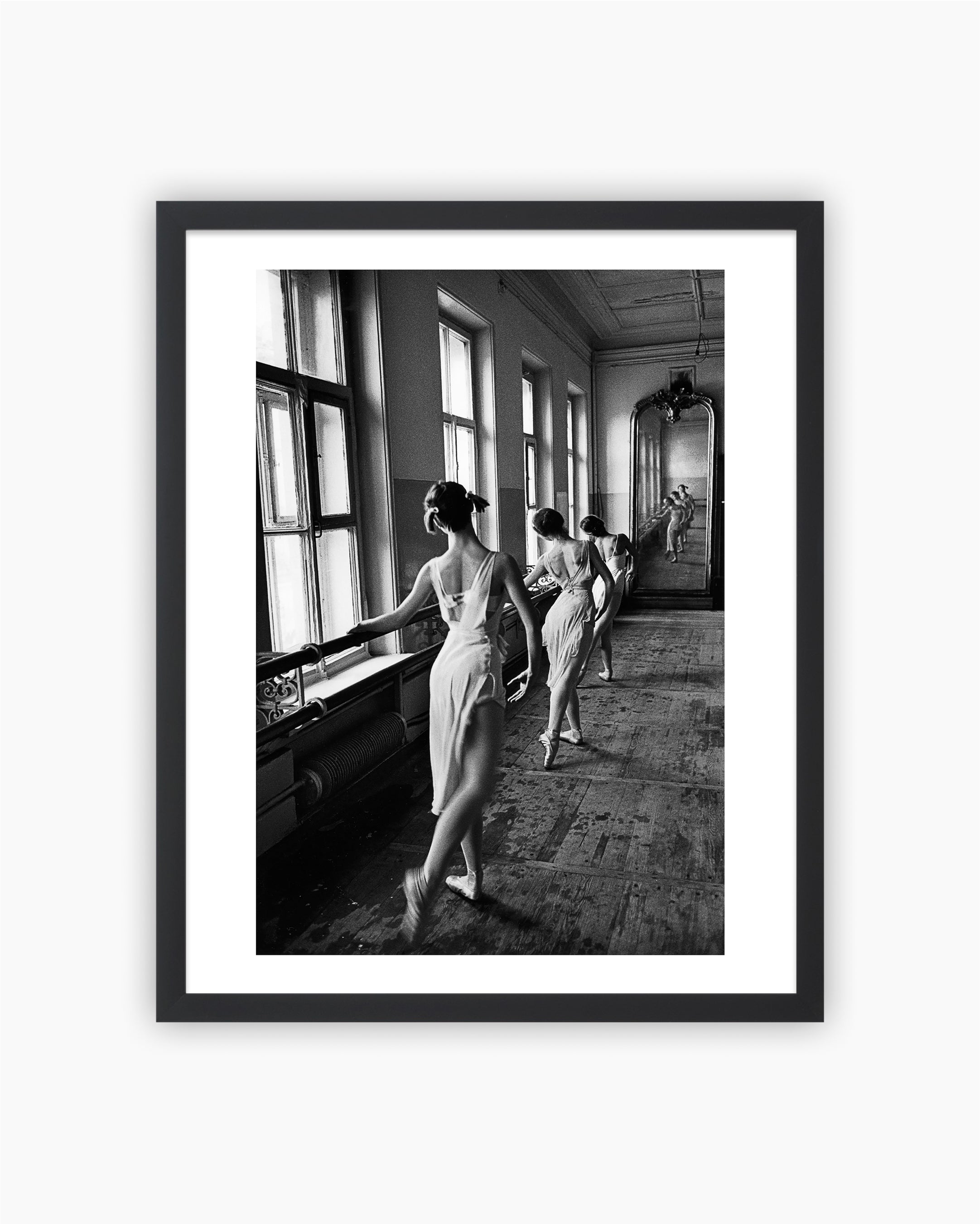 Vendor:Cornell Capa
Vendor:Cornell CapaMagnum Editions: The Bolshoi Ballet School in Moscow, 1958
- Regular price
- $400.00 - $550.00
- Sale price
- $400.00 - $550.00
- Regular price
-
-
Magnum Editions: Natal, South Africa, 1994
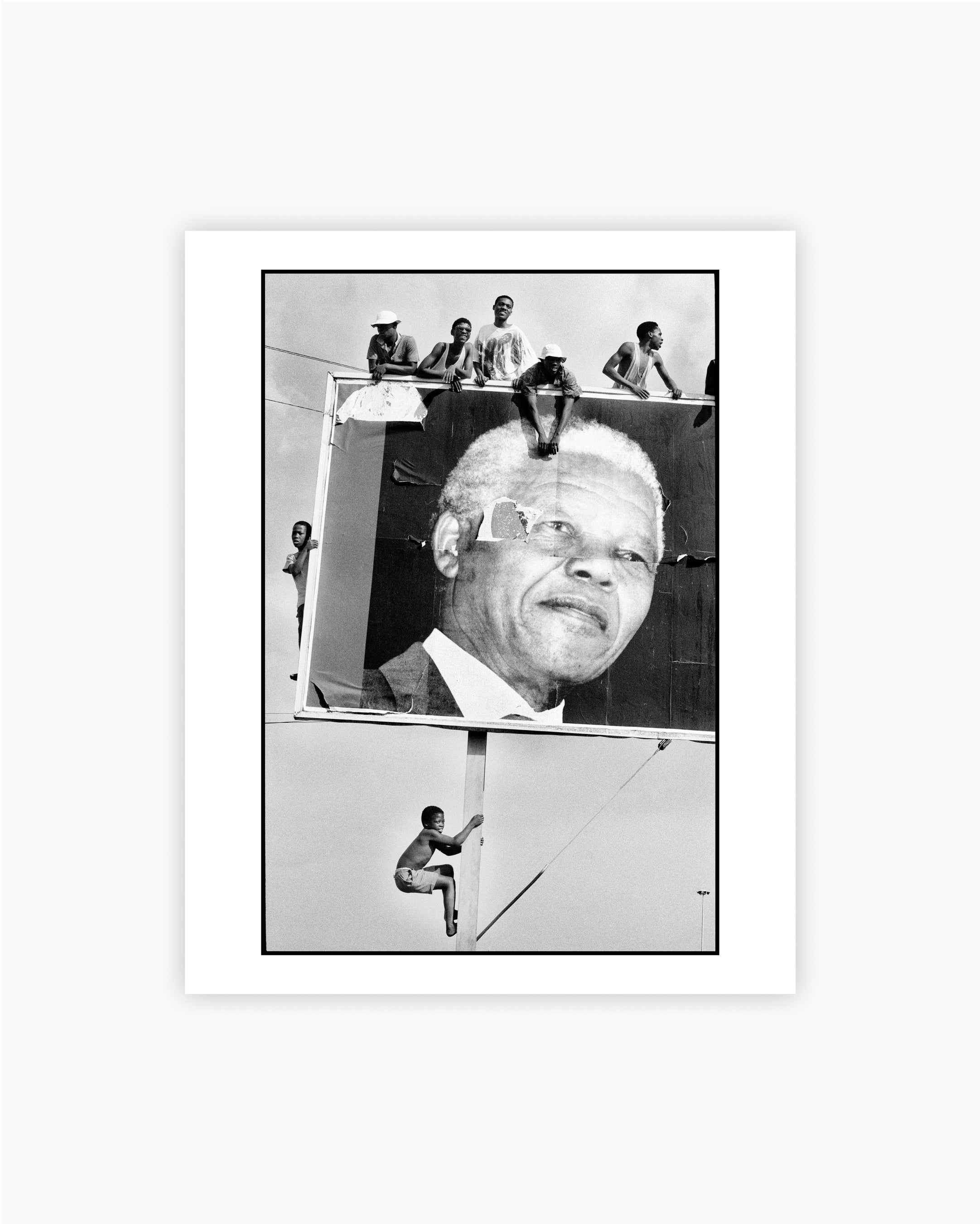
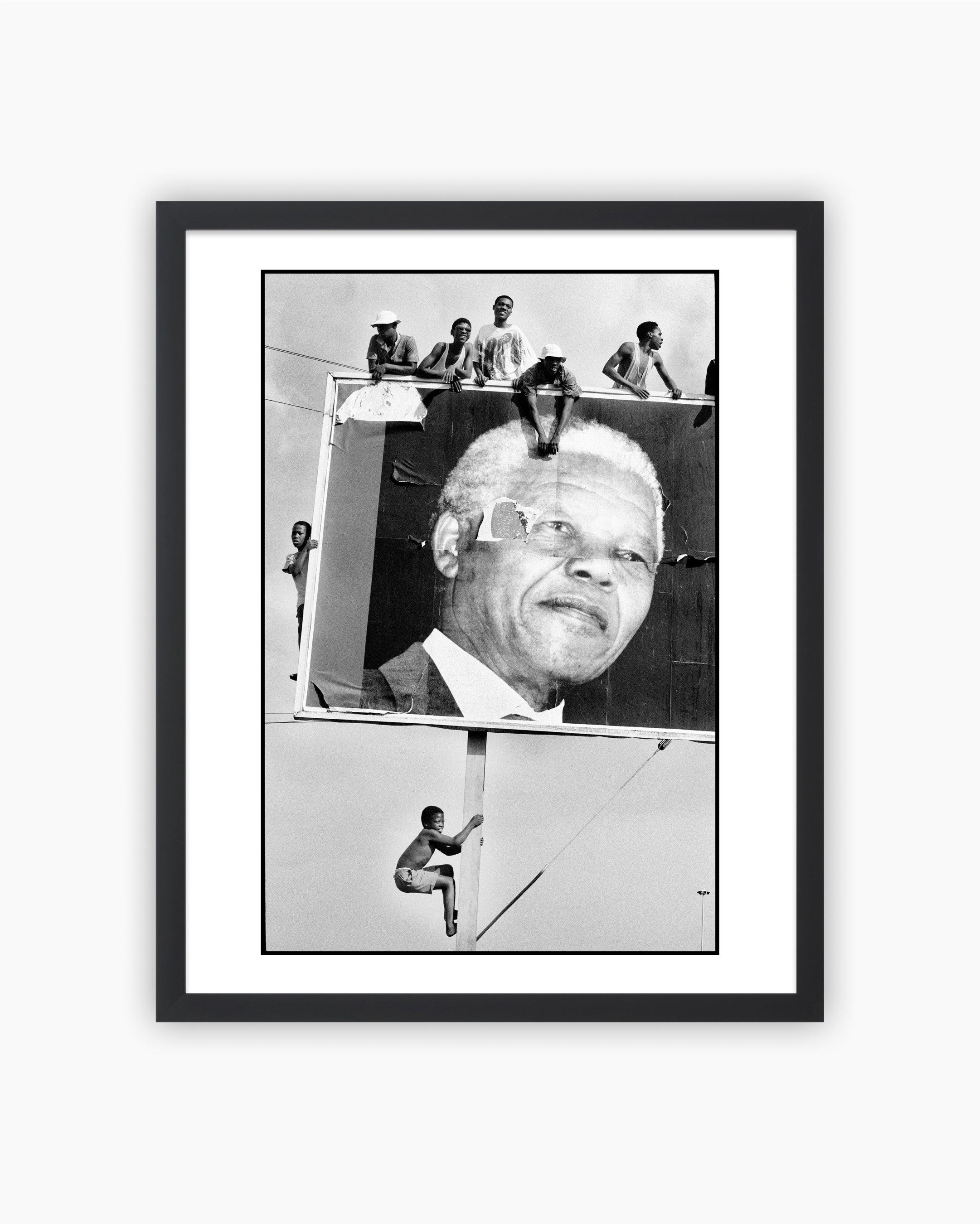 Vendor:Ian Berry
Vendor:Ian BerryMagnum Editions: Natal, South Africa, 1994
- Regular price
- $400.00 - $550.00
- Sale price
- $400.00 - $550.00
- Regular price
-
-
Magnum Editions: Marilyn Monroe on Set, 1960
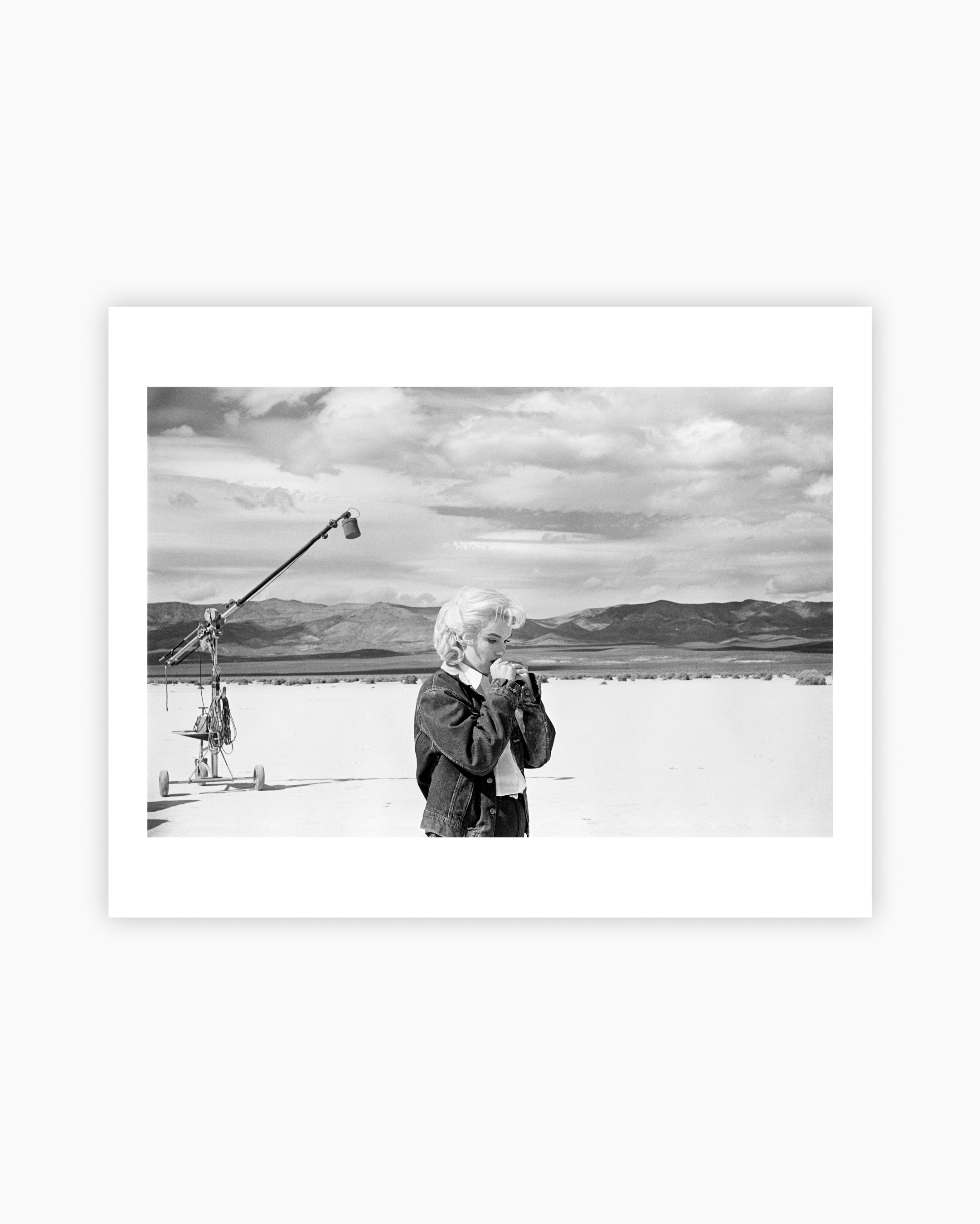
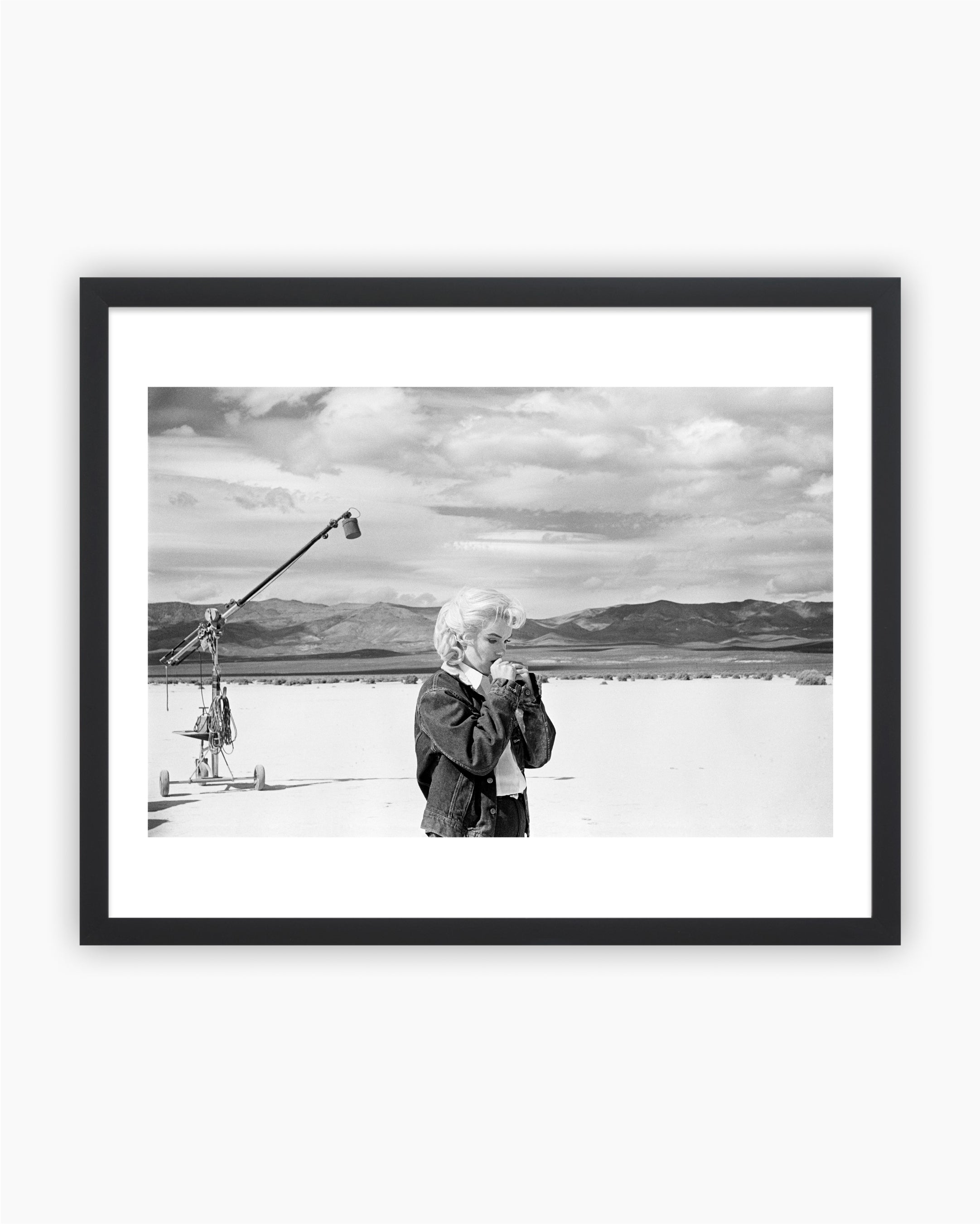 Vendor:Eve Arnold
Vendor:Eve ArnoldMagnum Editions: Marilyn Monroe on Set, 1960
- Regular price
- $400.00 - $550.00
- Sale price
- $400.00 - $550.00
- Regular price
-
-
Magnum Editions: River Li. Yangshuo, 1981
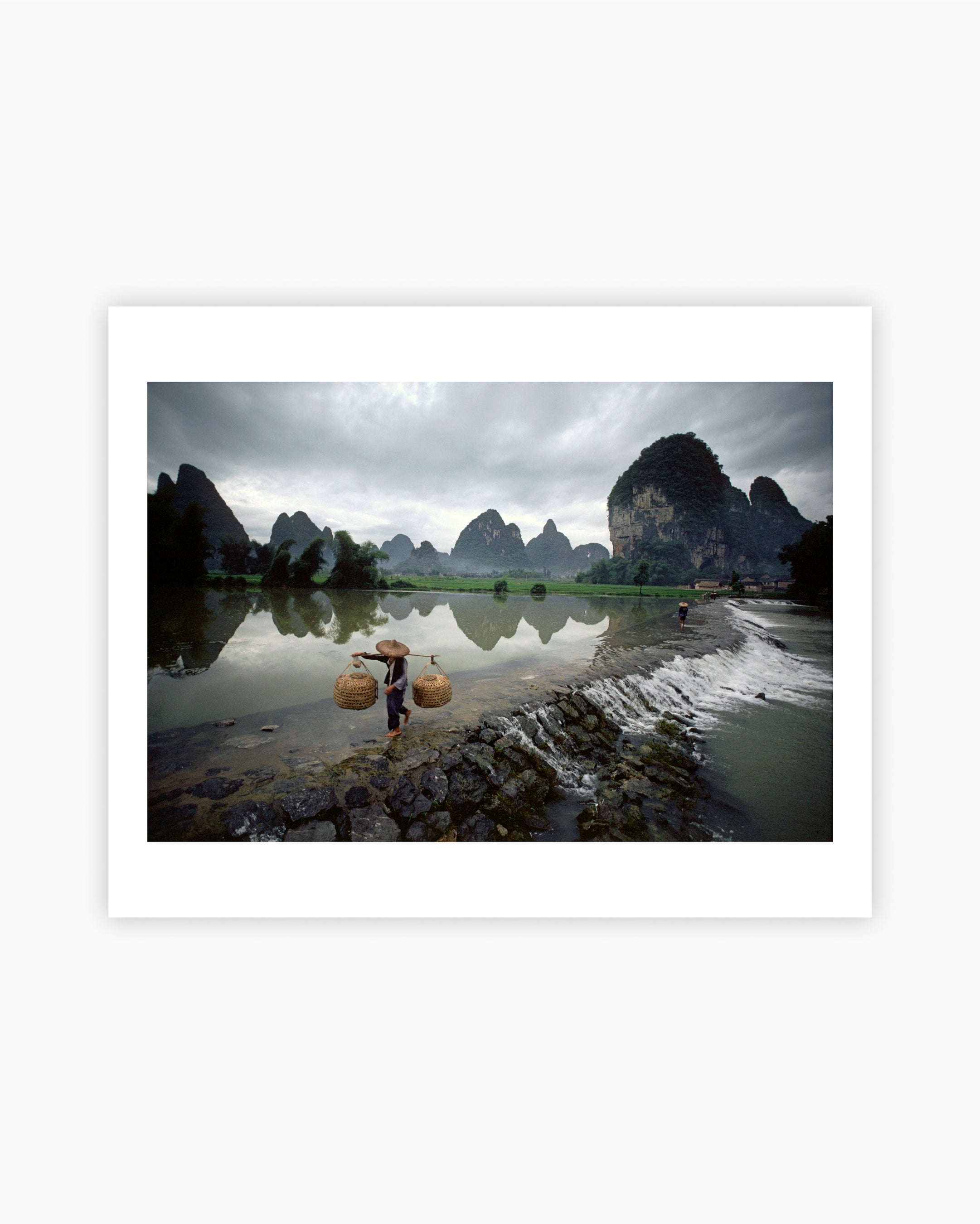
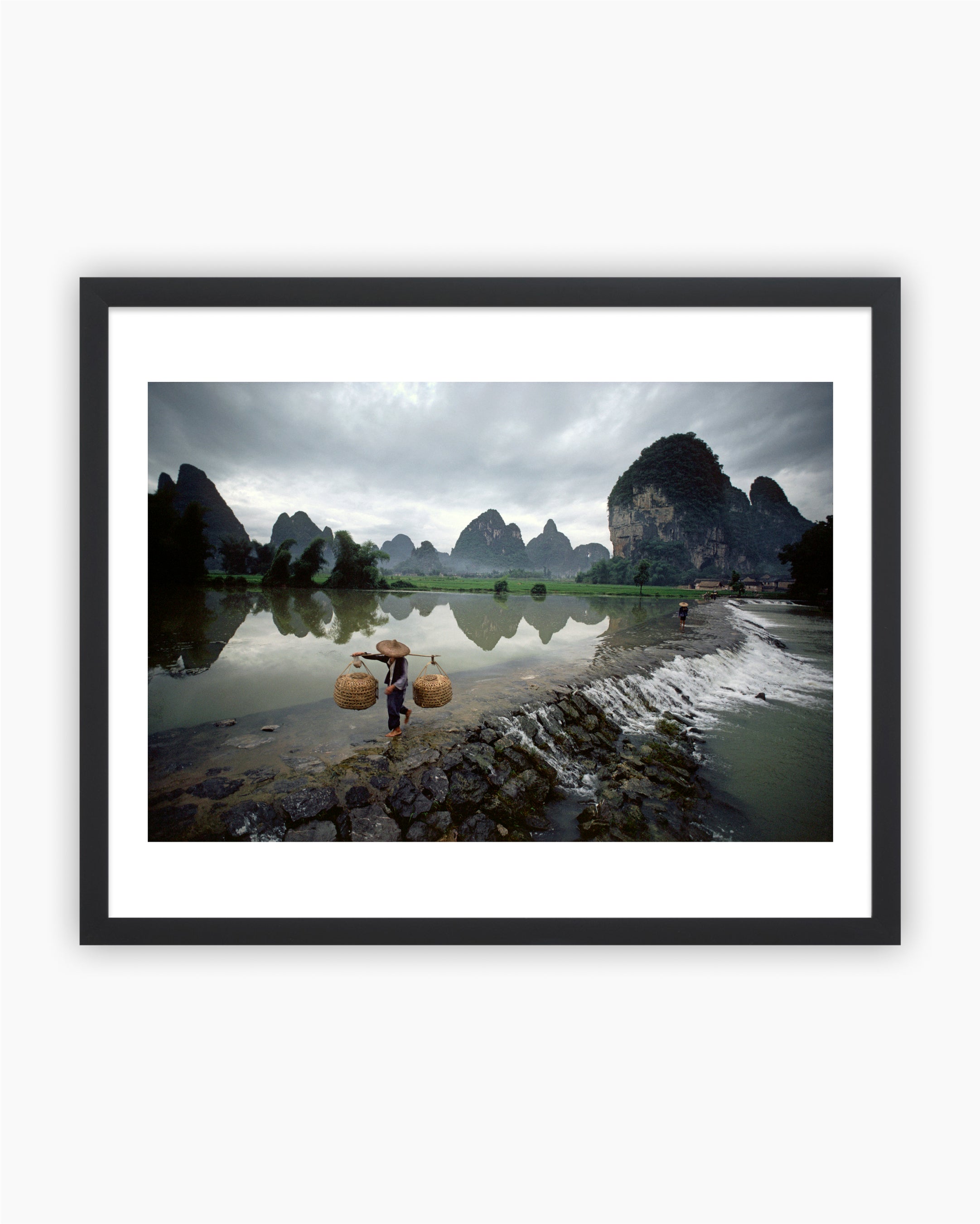 Vendor:Burt Glinn
Vendor:Burt GlinnMagnum Editions: River Li. Yangshuo, 1981
- Regular price
- $400.00 - $550.00
- Sale price
- $400.00 - $550.00
- Regular price
-
-
Magnum Editions: Martin Luther King. Washington, 1957
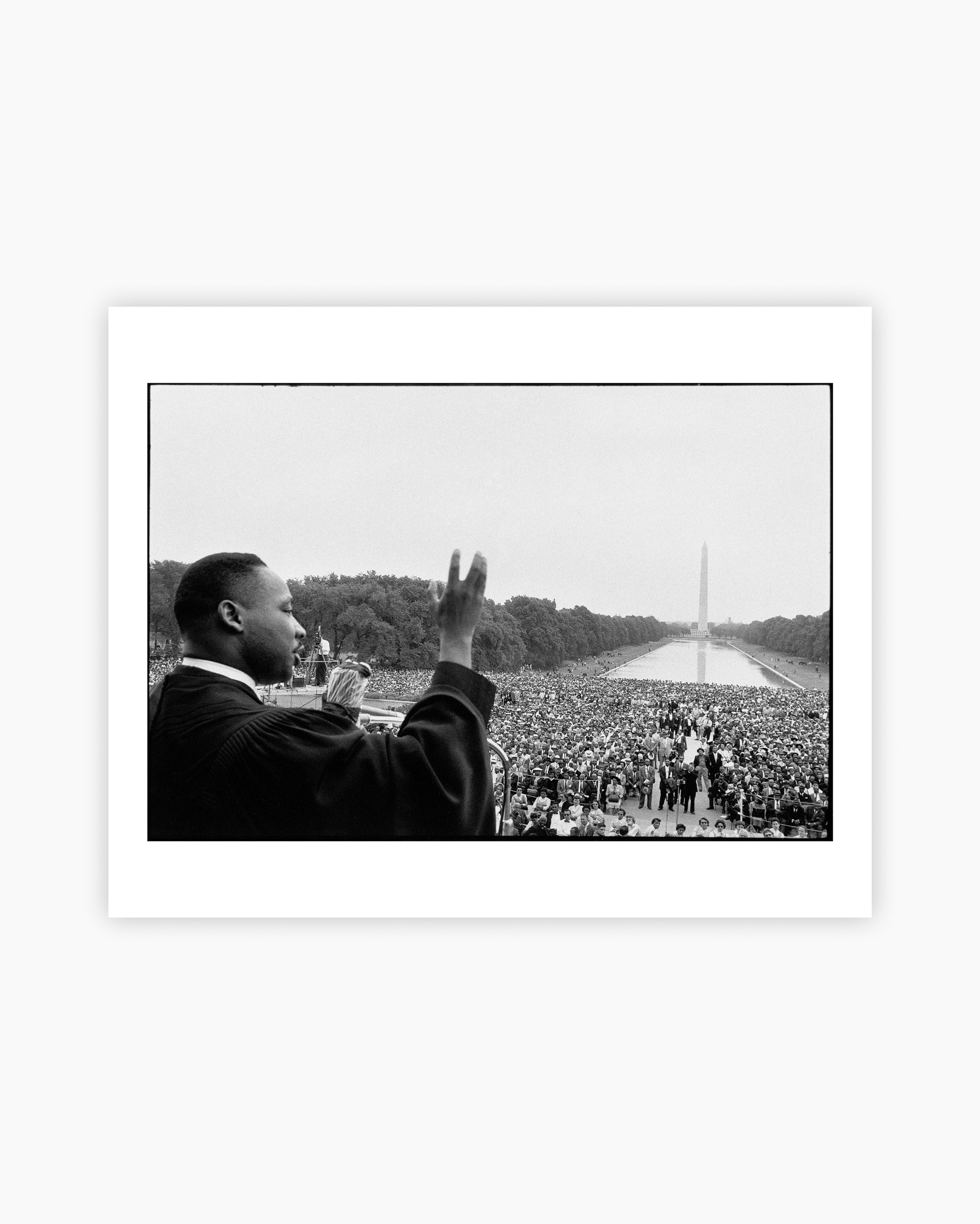
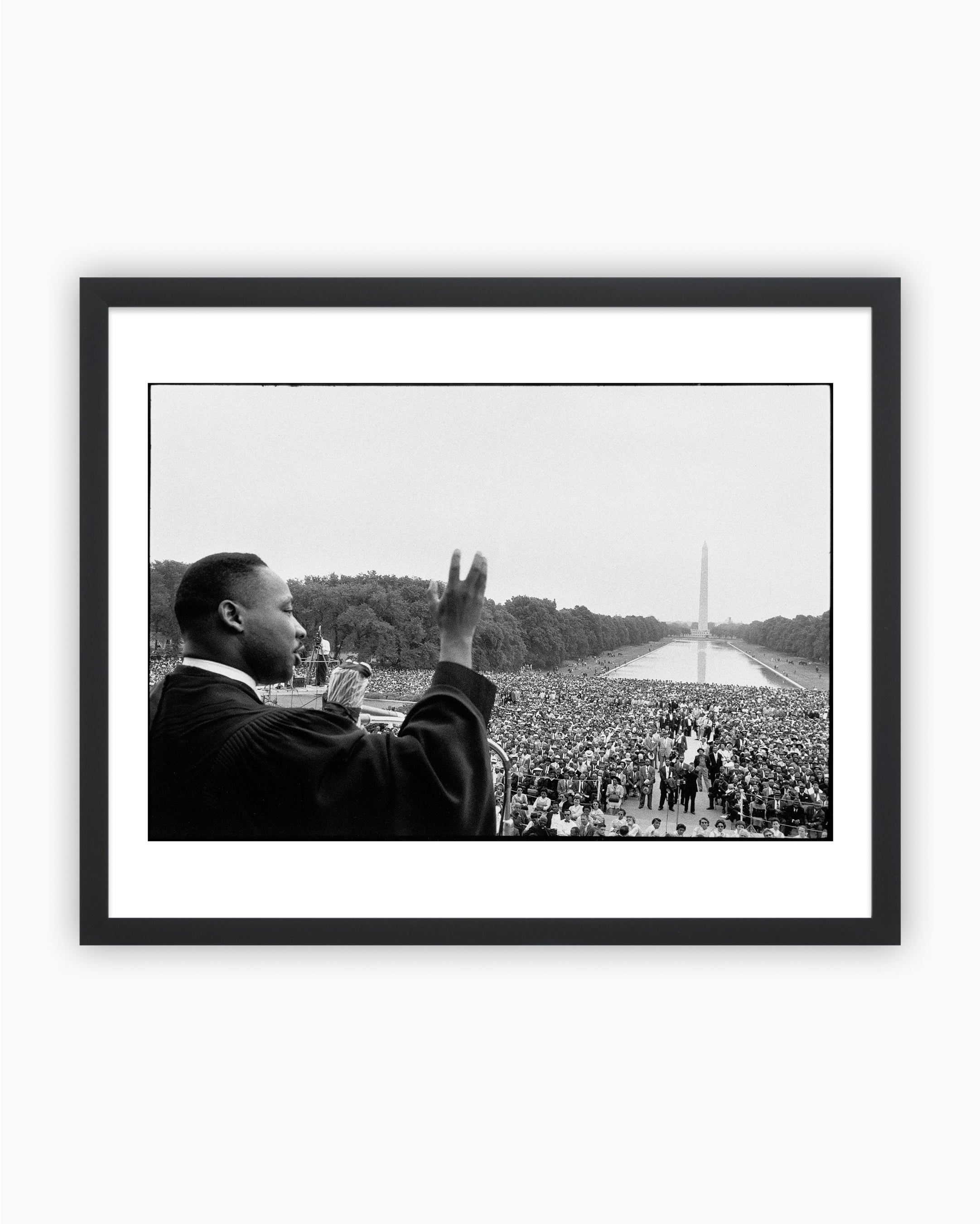 Vendor:Bob Henriques
Vendor:Bob HenriquesMagnum Editions: Martin Luther King. Washington, 1957
- Regular price
- $400.00 - $550.00
- Sale price
- $400.00 - $550.00
- Regular price
-
-
Magnum Editions: Akimbo. From the series: Afronauts. 2011
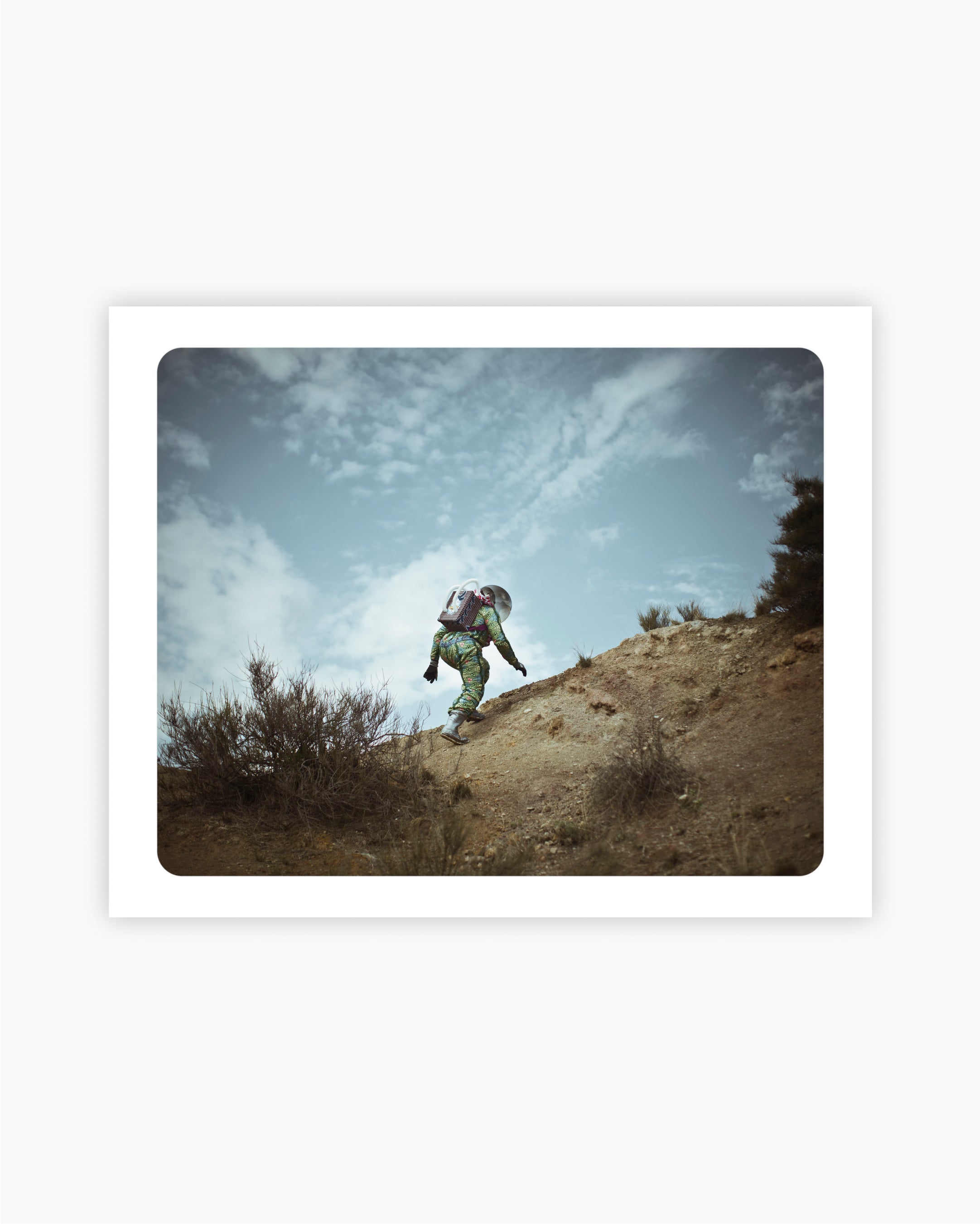
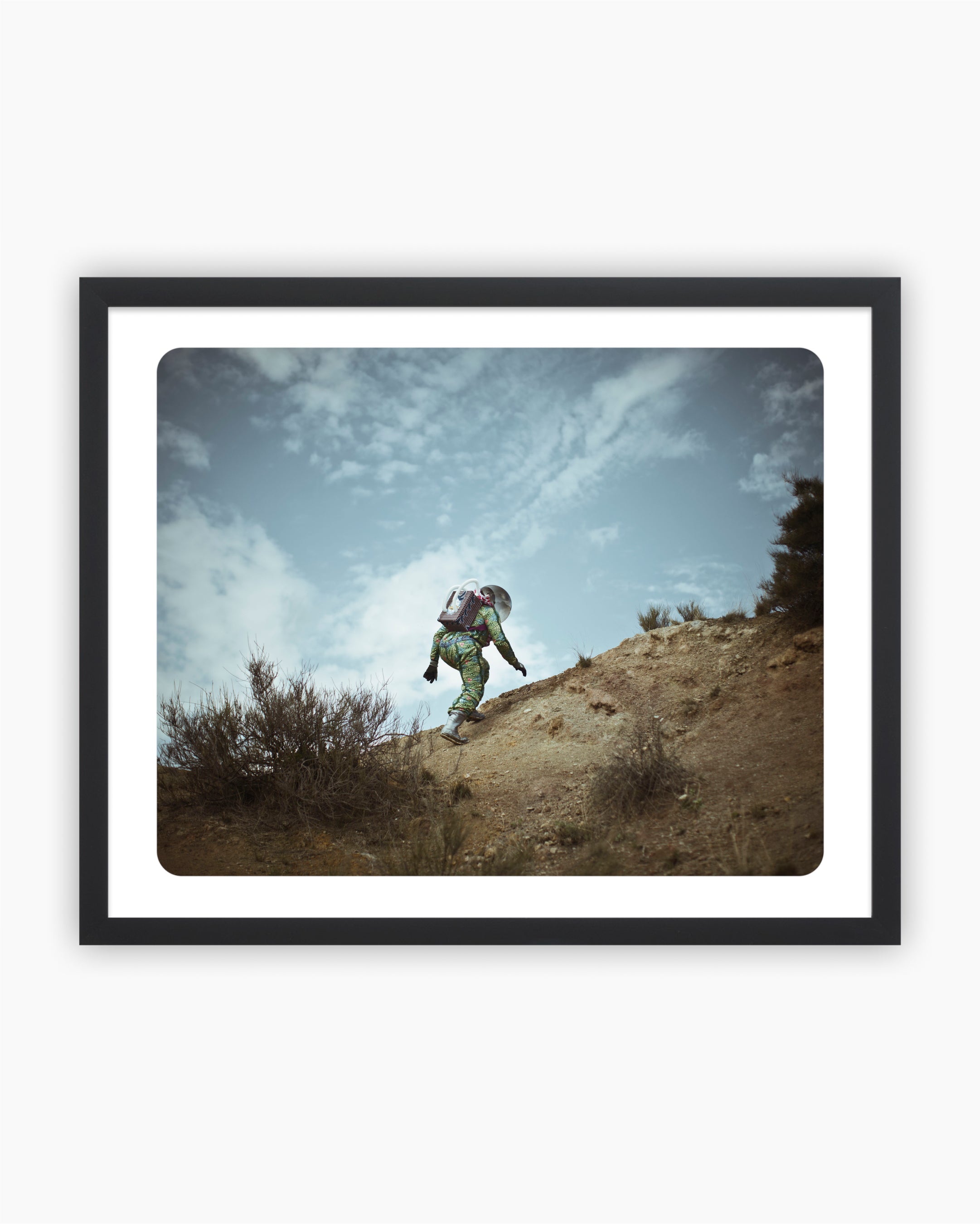 Vendor:Cristina de Middel
Vendor:Cristina de MiddelMagnum Editions: Akimbo. From the series: Afronauts. 2011
- Regular price
- $400.00 - $550.00
- Sale price
- $400.00 - $550.00
- Regular price
-
-
Magnum Editions: Hollywood Beach. USA, 2001
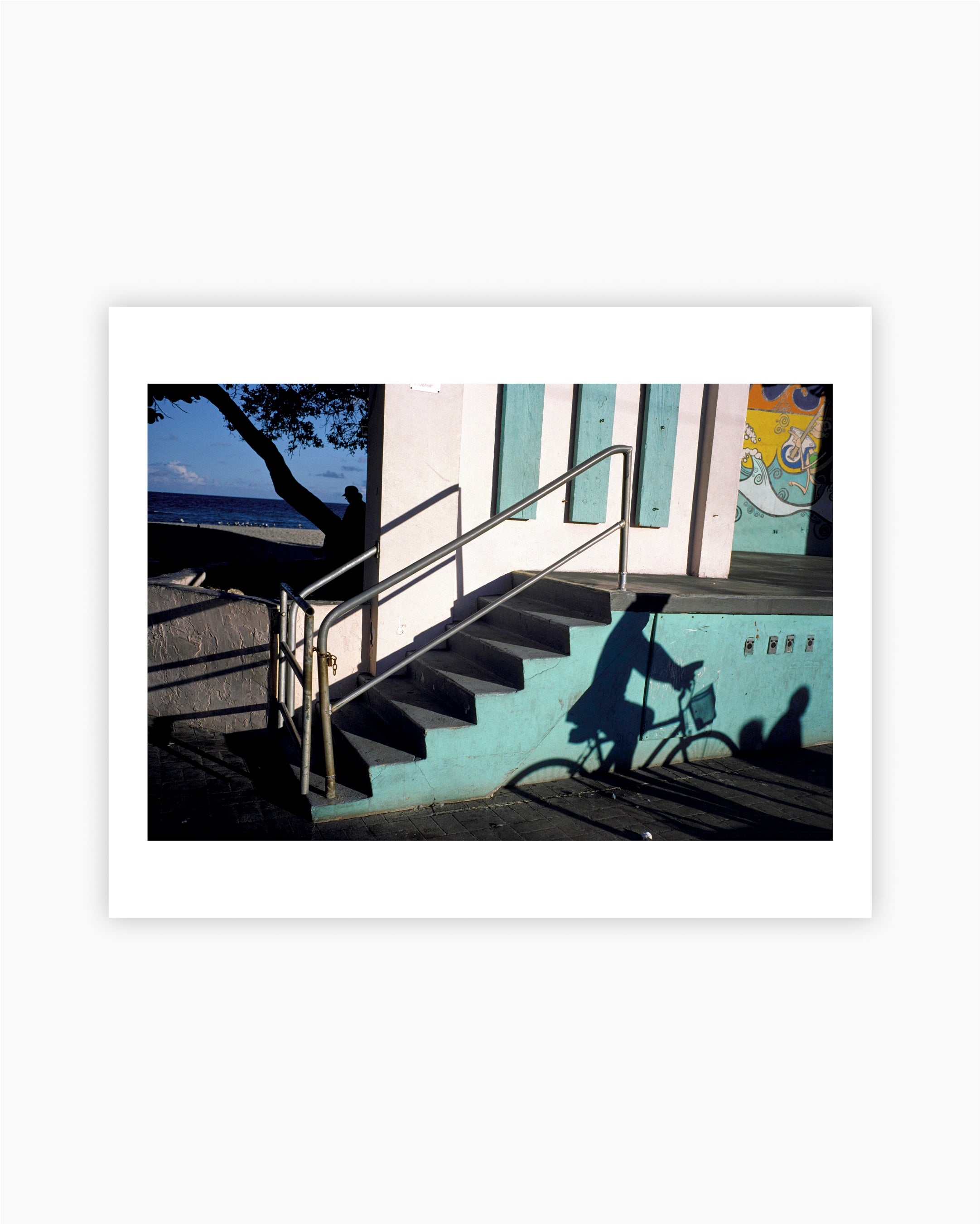
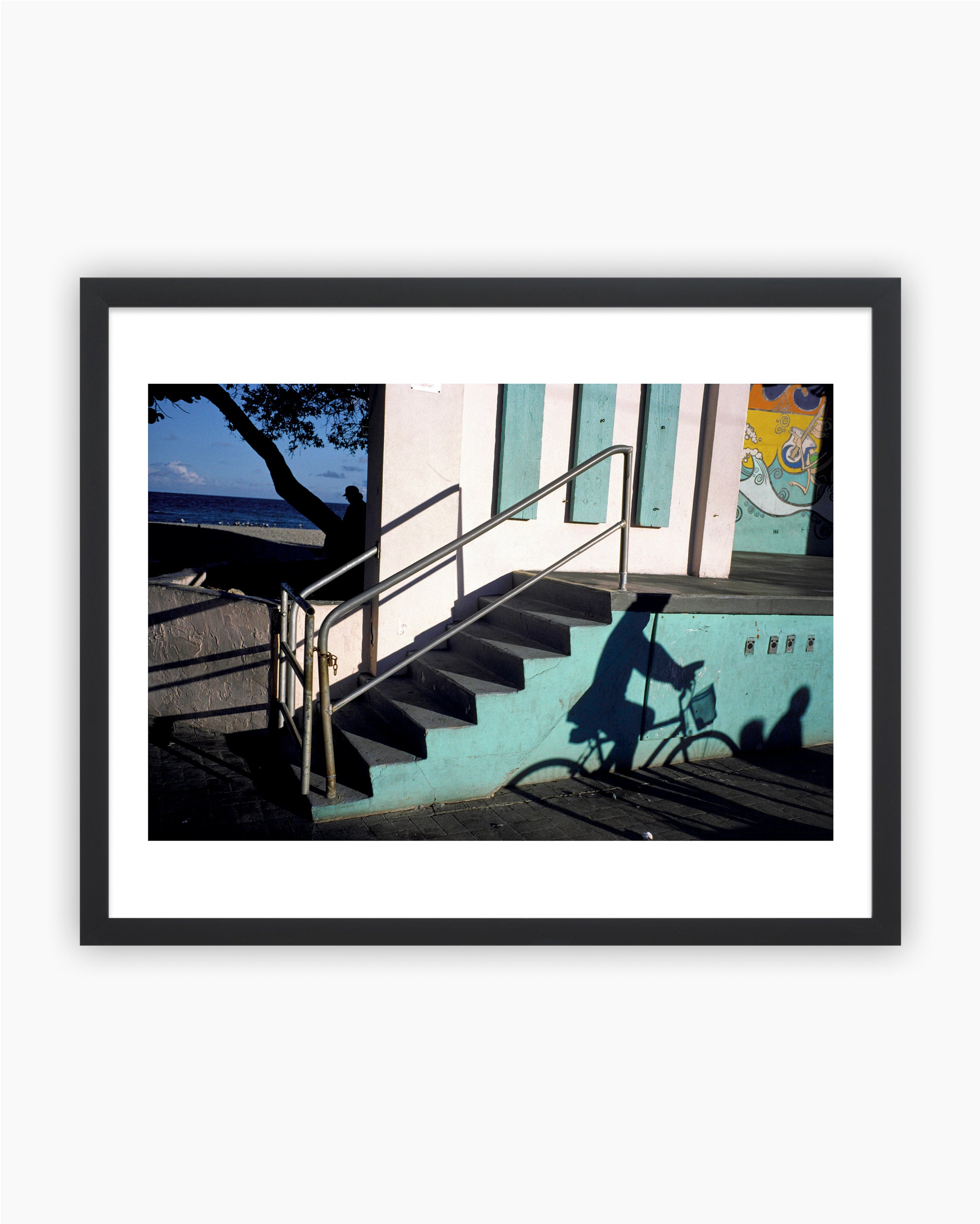 Vendor:Constantine Manos
Vendor:Constantine ManosMagnum Editions: Hollywood Beach. USA, 2001
- Regular price
- $400.00 - $550.00
- Sale price
- $400.00 - $550.00
- Regular price
-
-
Magnum Editions: Mount Fuji. Japan, 1999
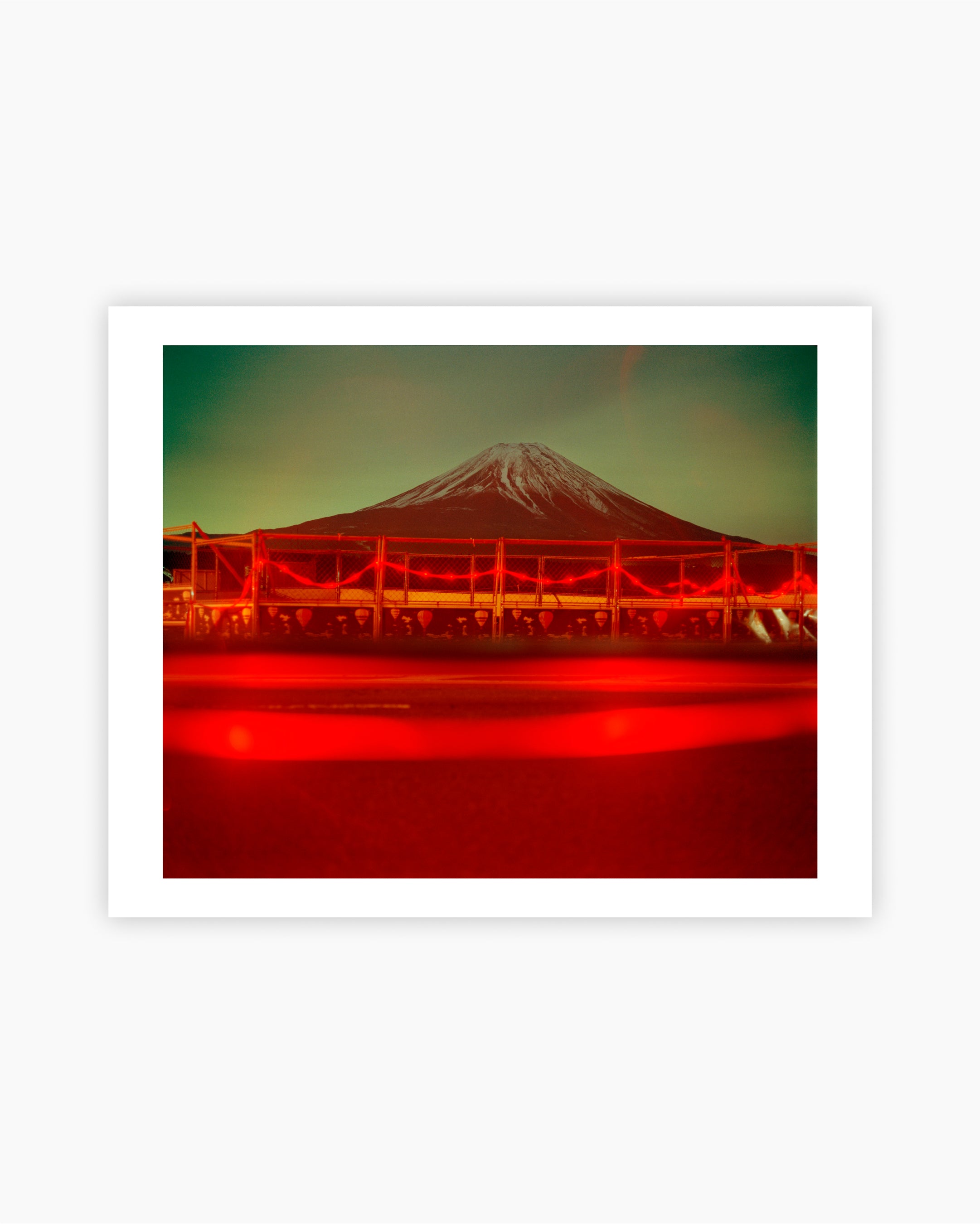
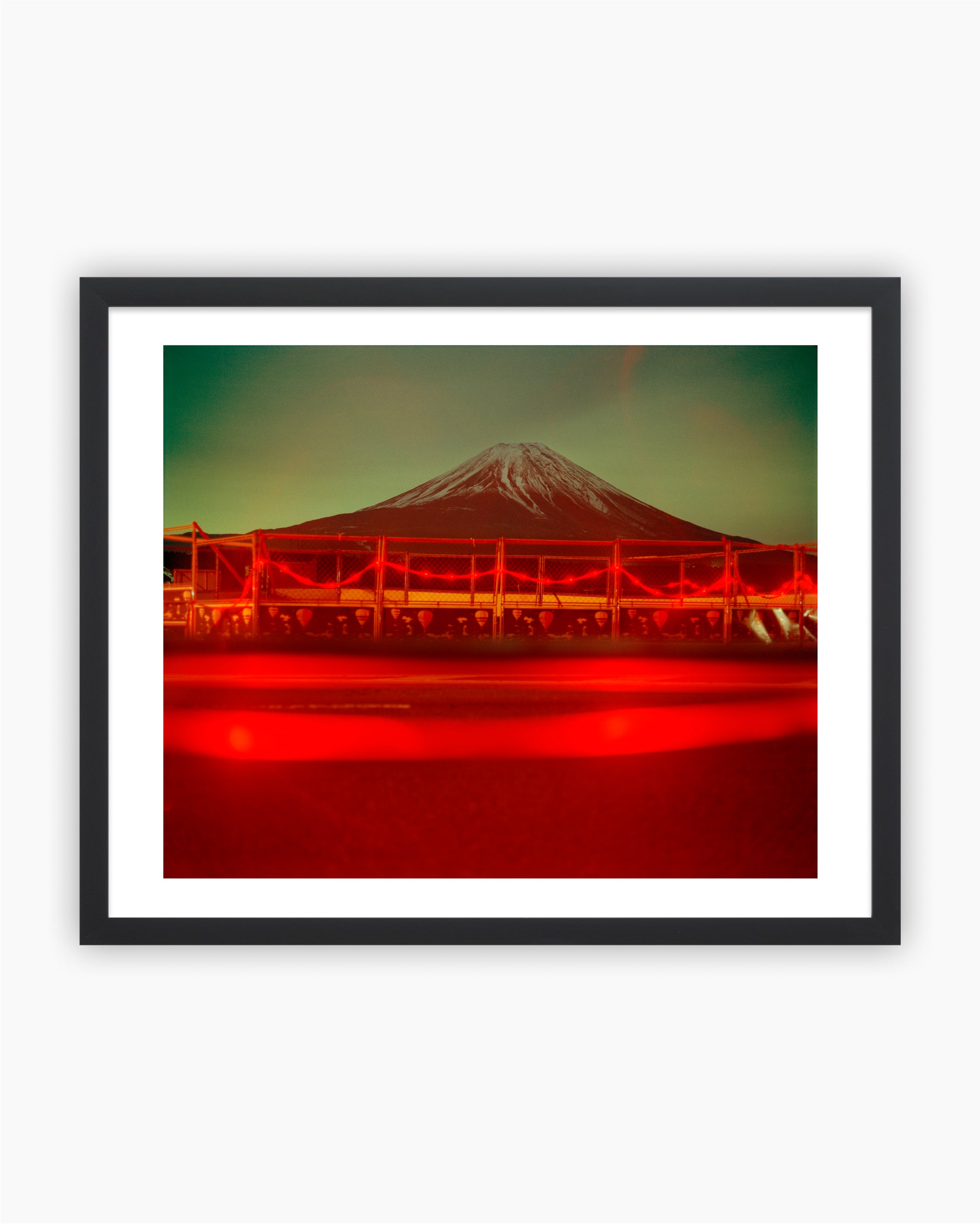 Vendor:Chris Steele-Perkins
Vendor:Chris Steele-PerkinsMagnum Editions: Mount Fuji. Japan, 1999
- Regular price
- $400.00 - $550.00
- Sale price
- $400.00 - $550.00
- Regular price
-
-
Magnum Editions: Miles Davis. USA, 1958
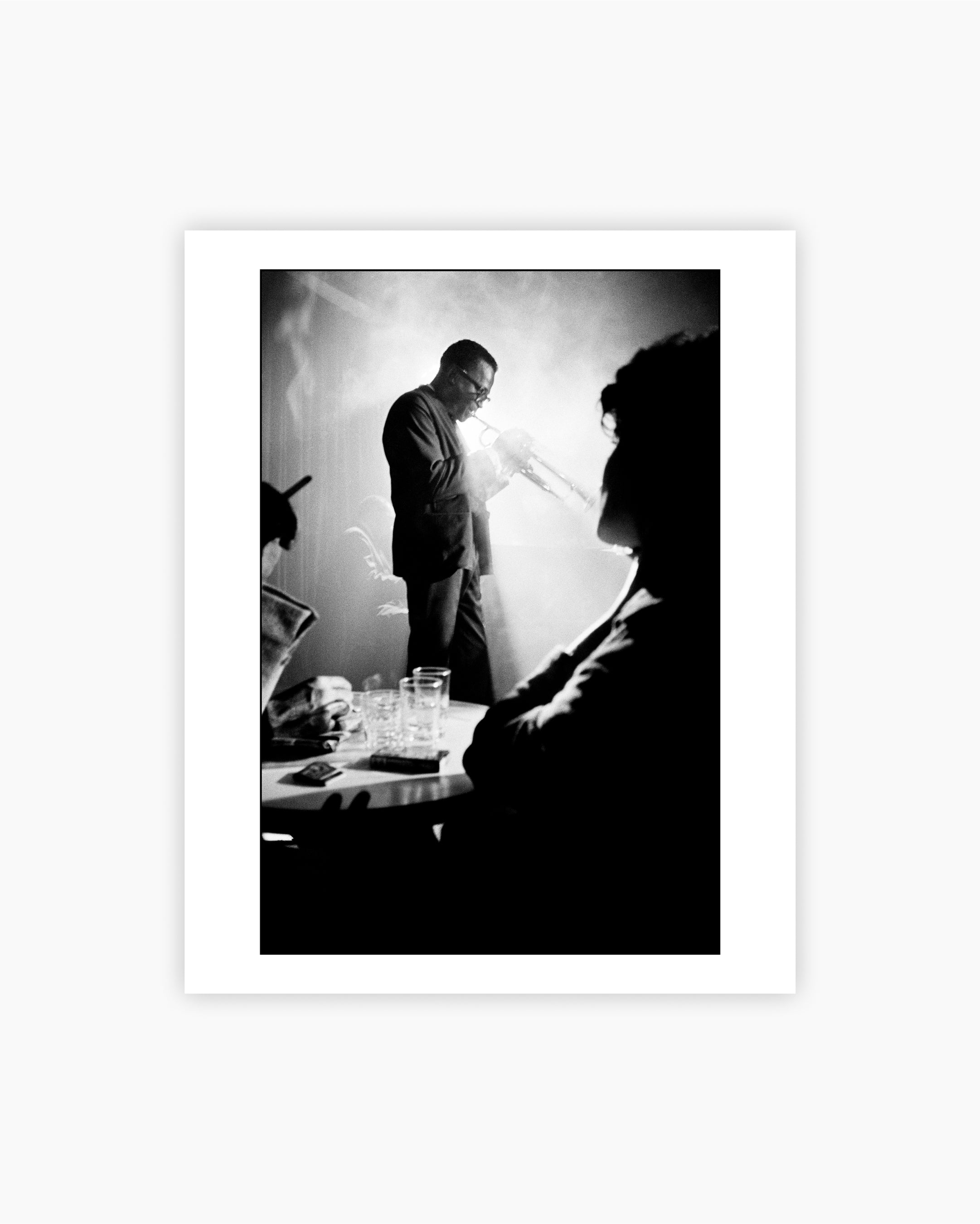
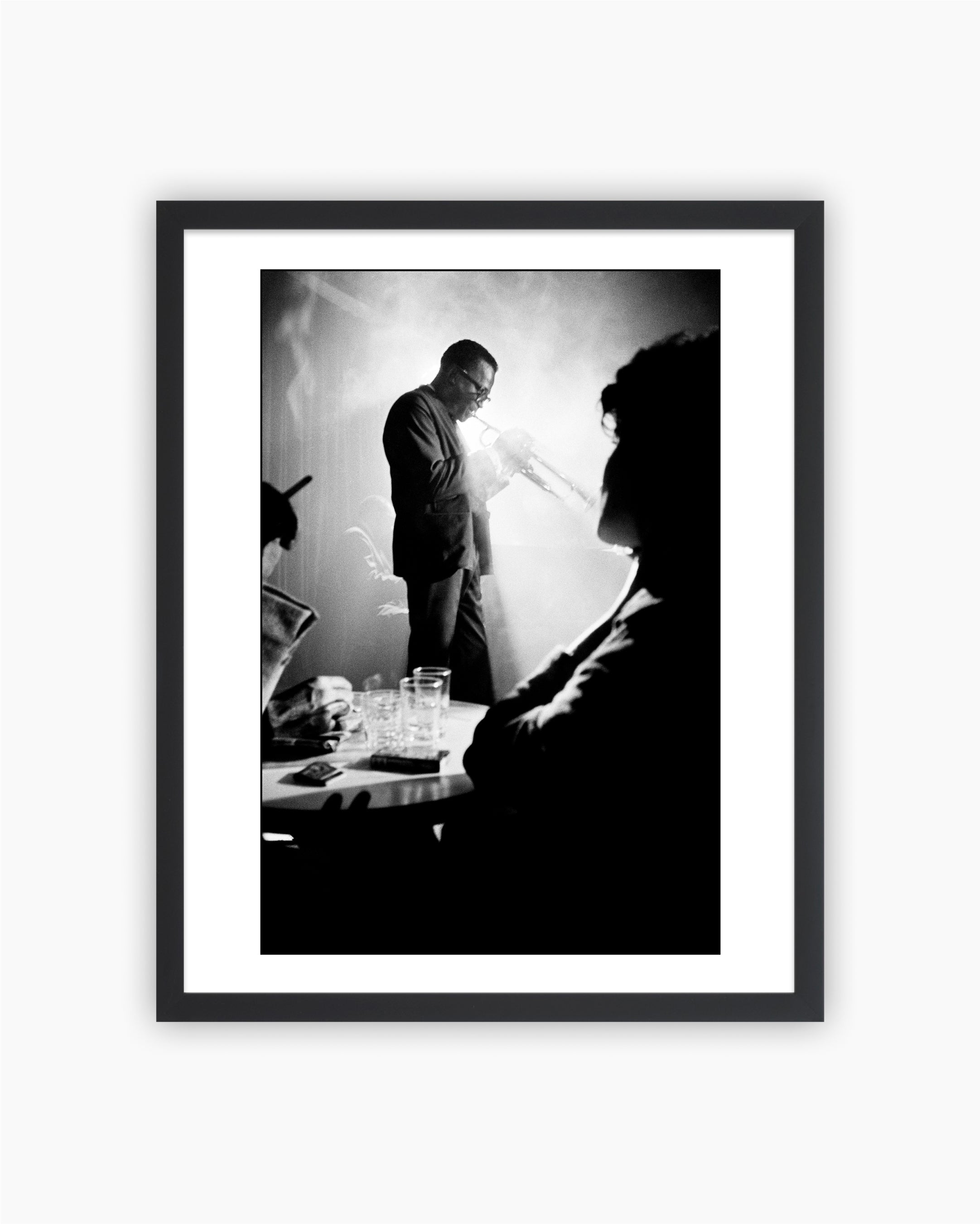 Vendor:Dennis Stock
Vendor:Dennis StockMagnum Editions: Miles Davis. USA, 1958
- Regular price
- $400.00 - $550.00
- Sale price
- $400.00 - $550.00
- Regular price
-
-
Magnum Editions: Pablo Picasso. Paris, 1937
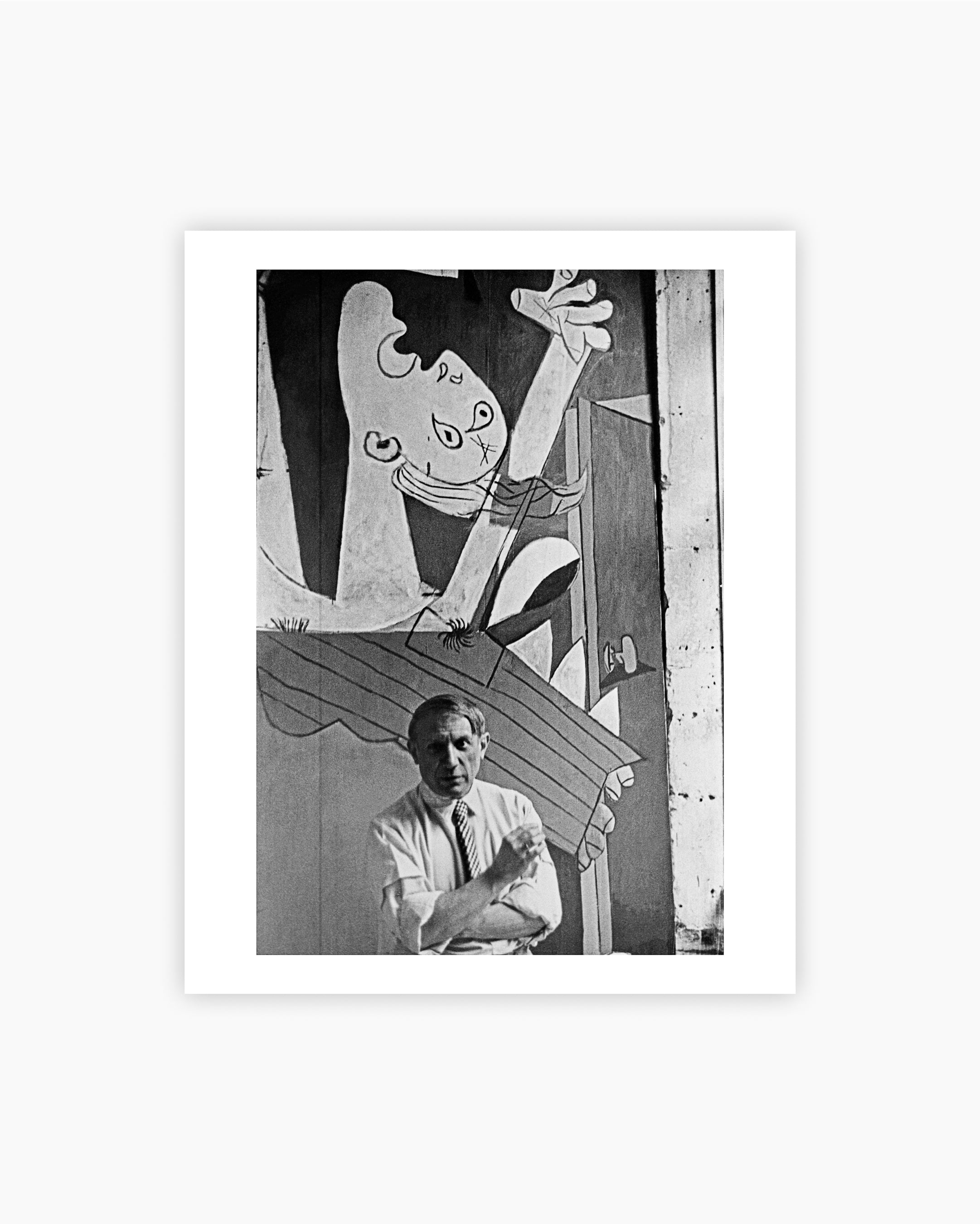
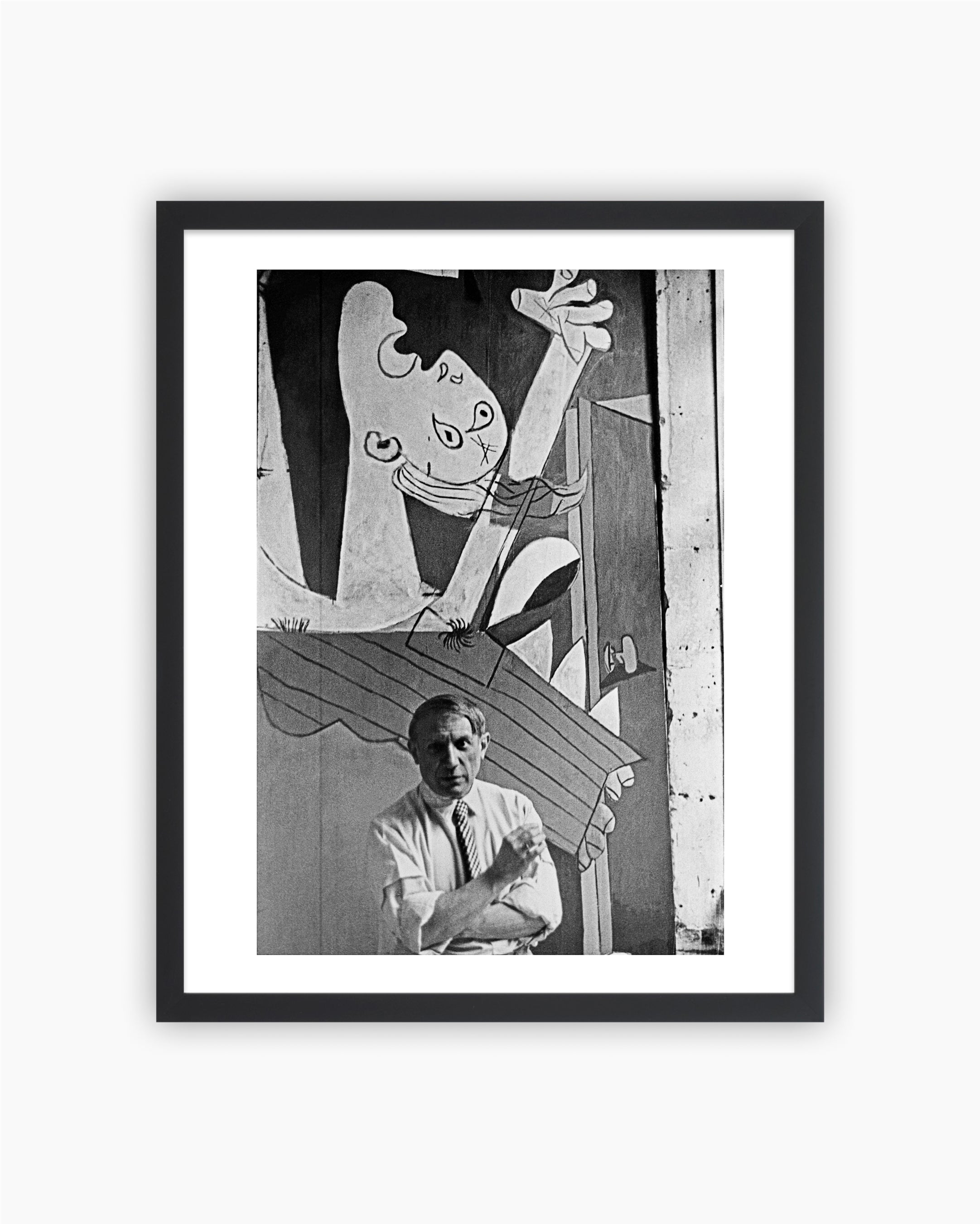 Vendor:David Seymour
Vendor:David SeymourMagnum Editions: Pablo Picasso. Paris, 1937
- Regular price
- $400.00 - $550.00
- Sale price
- $400.00 - $550.00
- Regular price
-
-
Magnum Editions: Malcolm X. Chicago, 1962
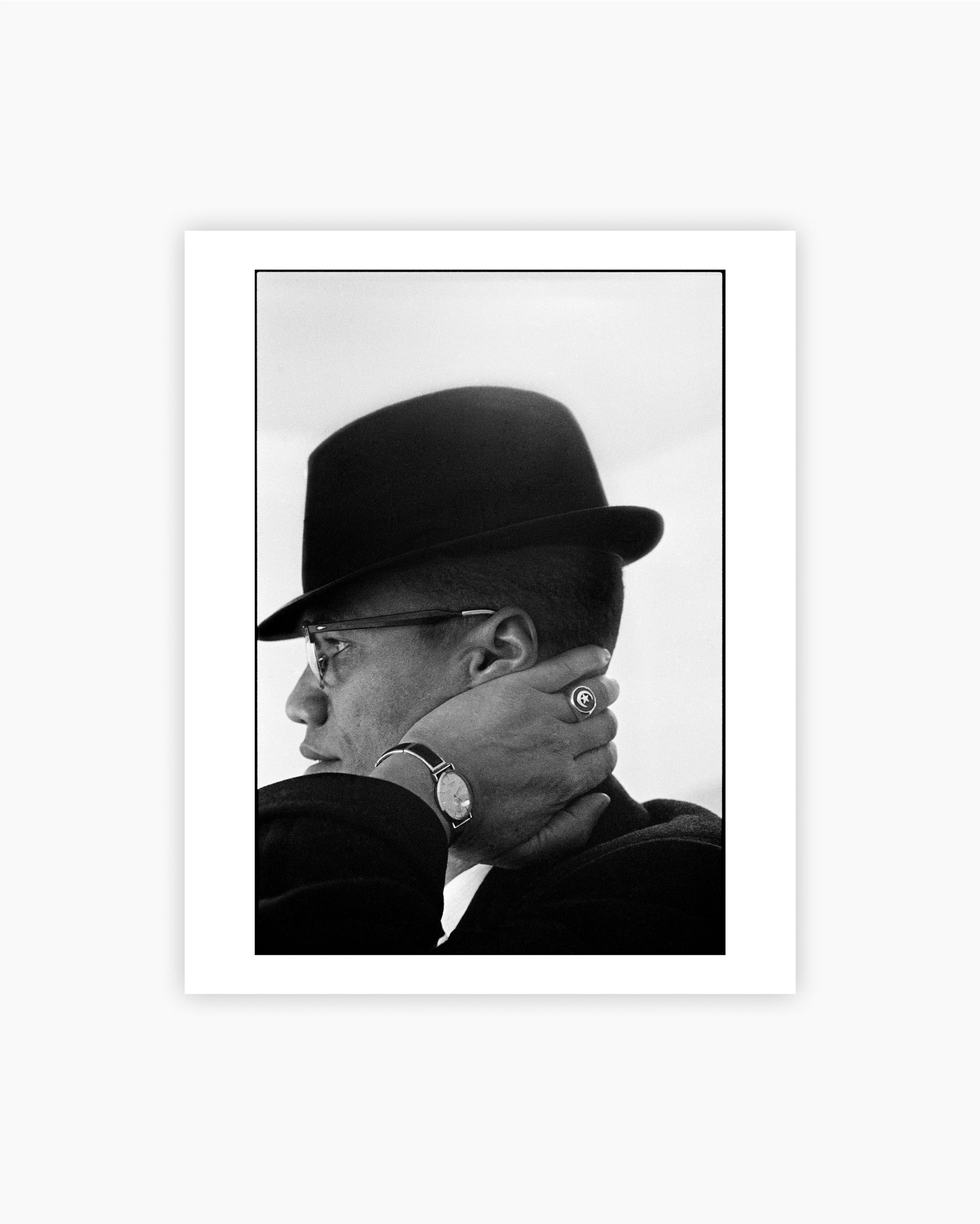
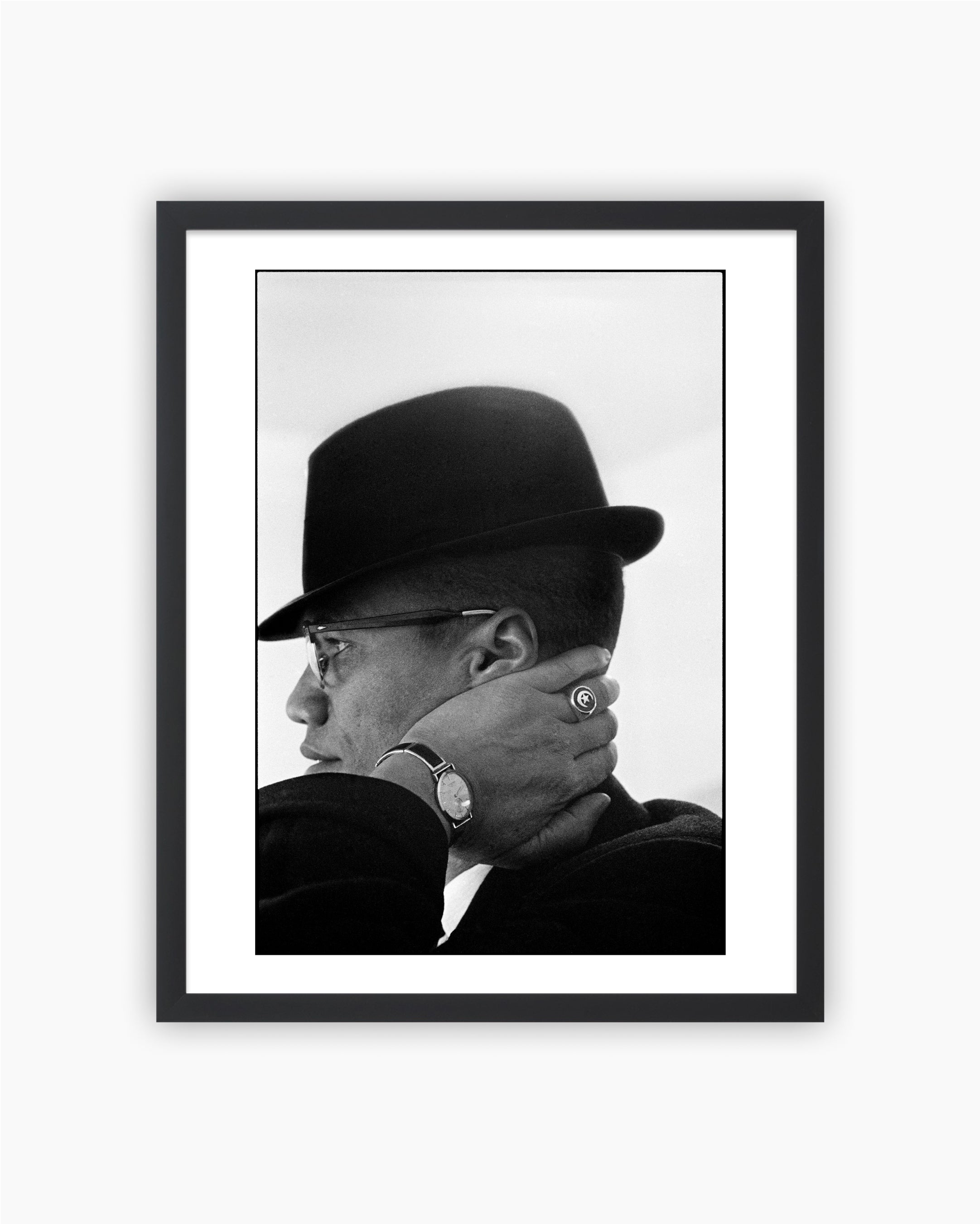 Vendor:Eve Arnold
Vendor:Eve ArnoldMagnum Editions: Malcolm X. Chicago, 1962
- Regular price
- $400.00 - $550.00
- Sale price
- $400.00 - $550.00
- Regular price
-
-
Magnum Editions: Côte d’Azur, France, 1959
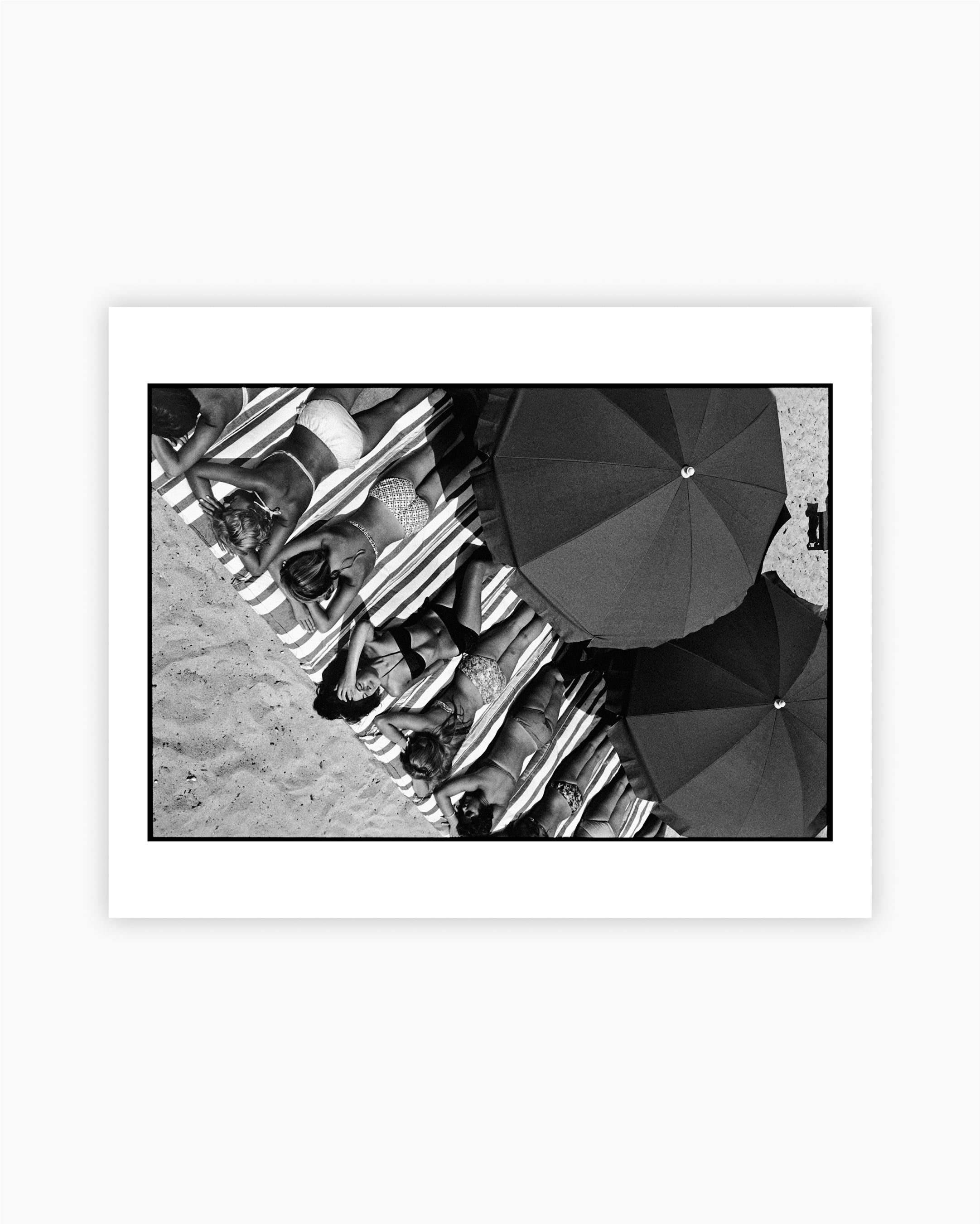
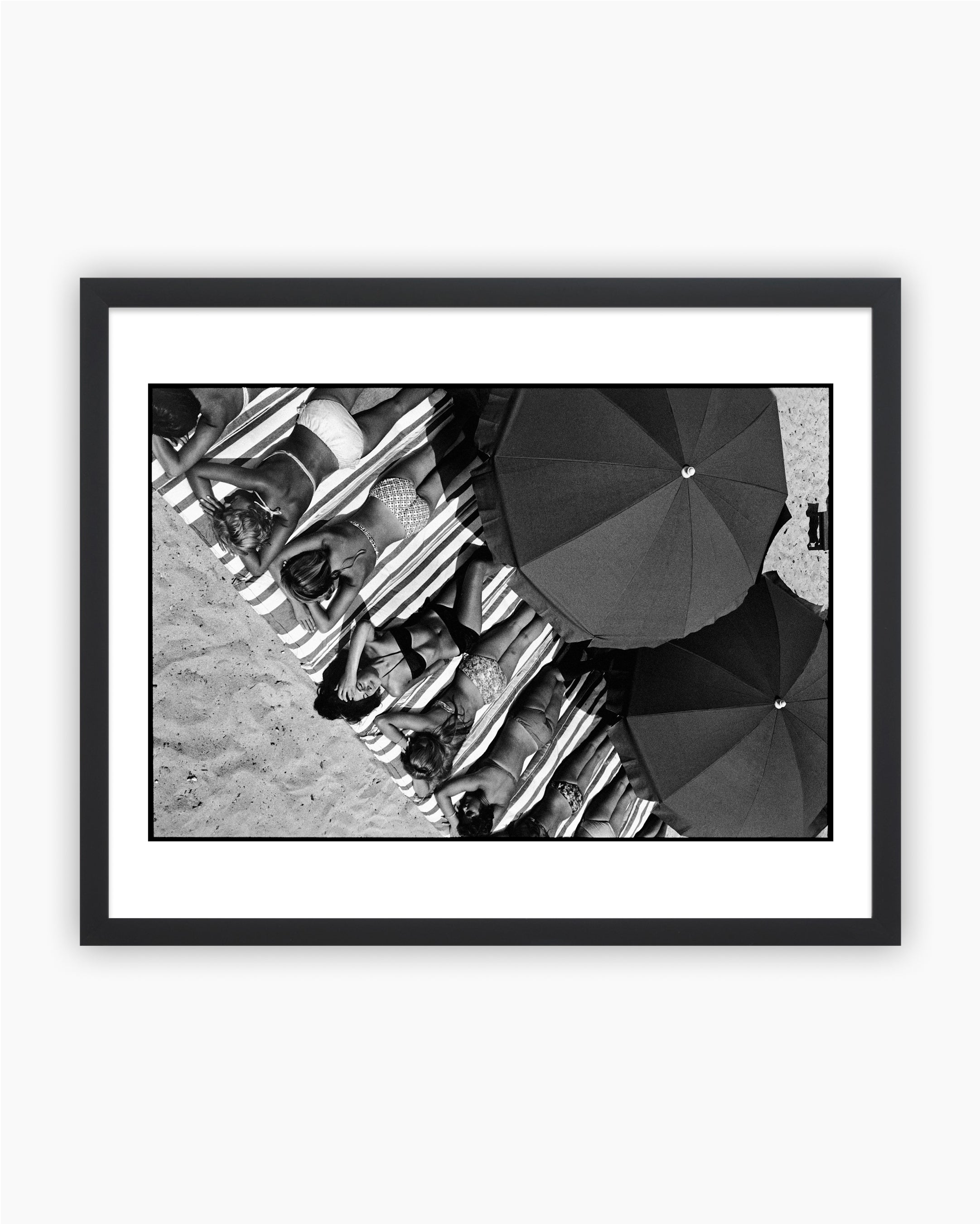 Vendor:Elliott Erwitt
Vendor:Elliott ErwittMagnum Editions: Côte d’Azur, France, 1959
- Regular price
- $400.00 - $550.00
- Sale price
- $400.00 - $550.00
- Regular price
-
-
Magnum Editions: Miles Davis. Paris, 1969
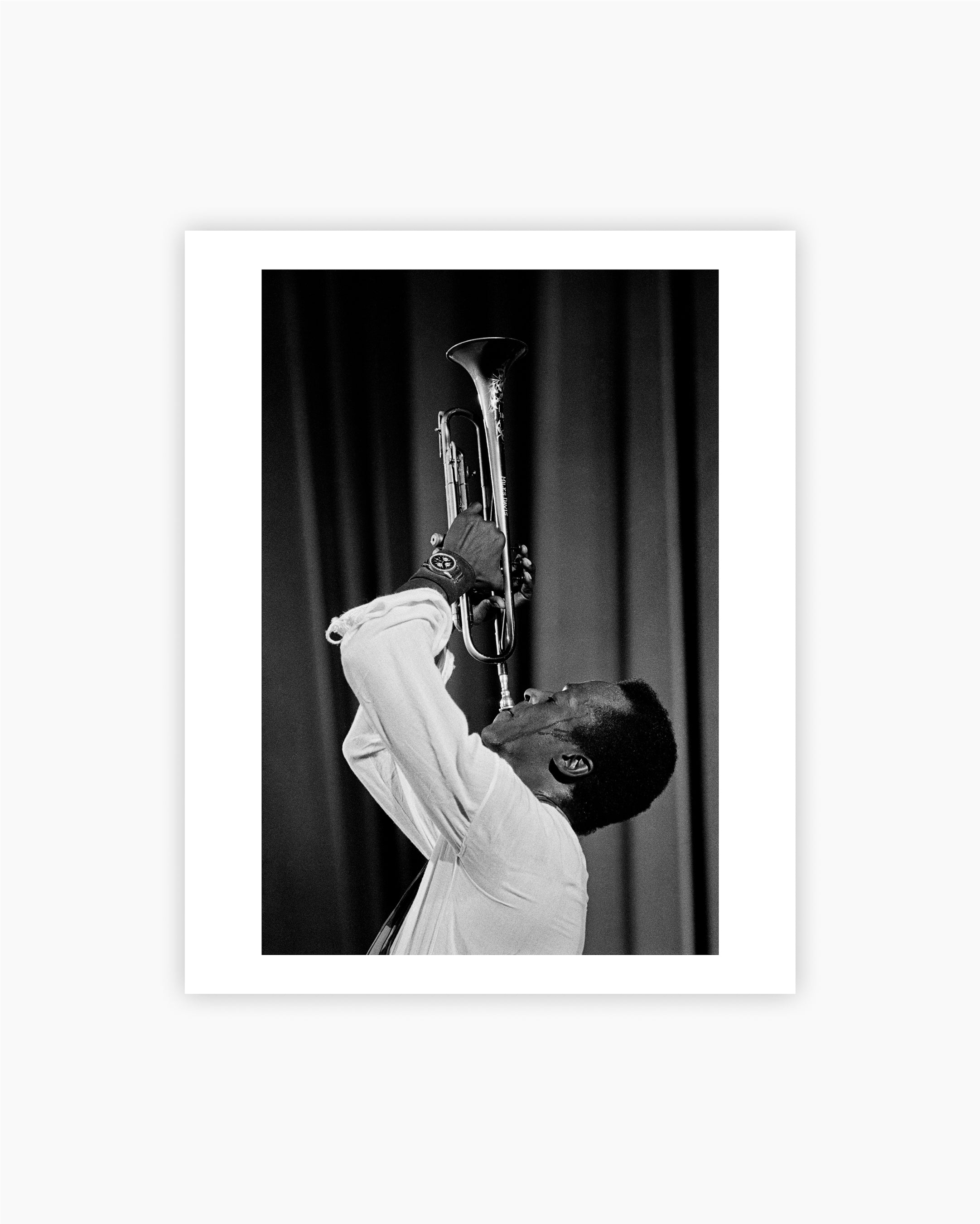
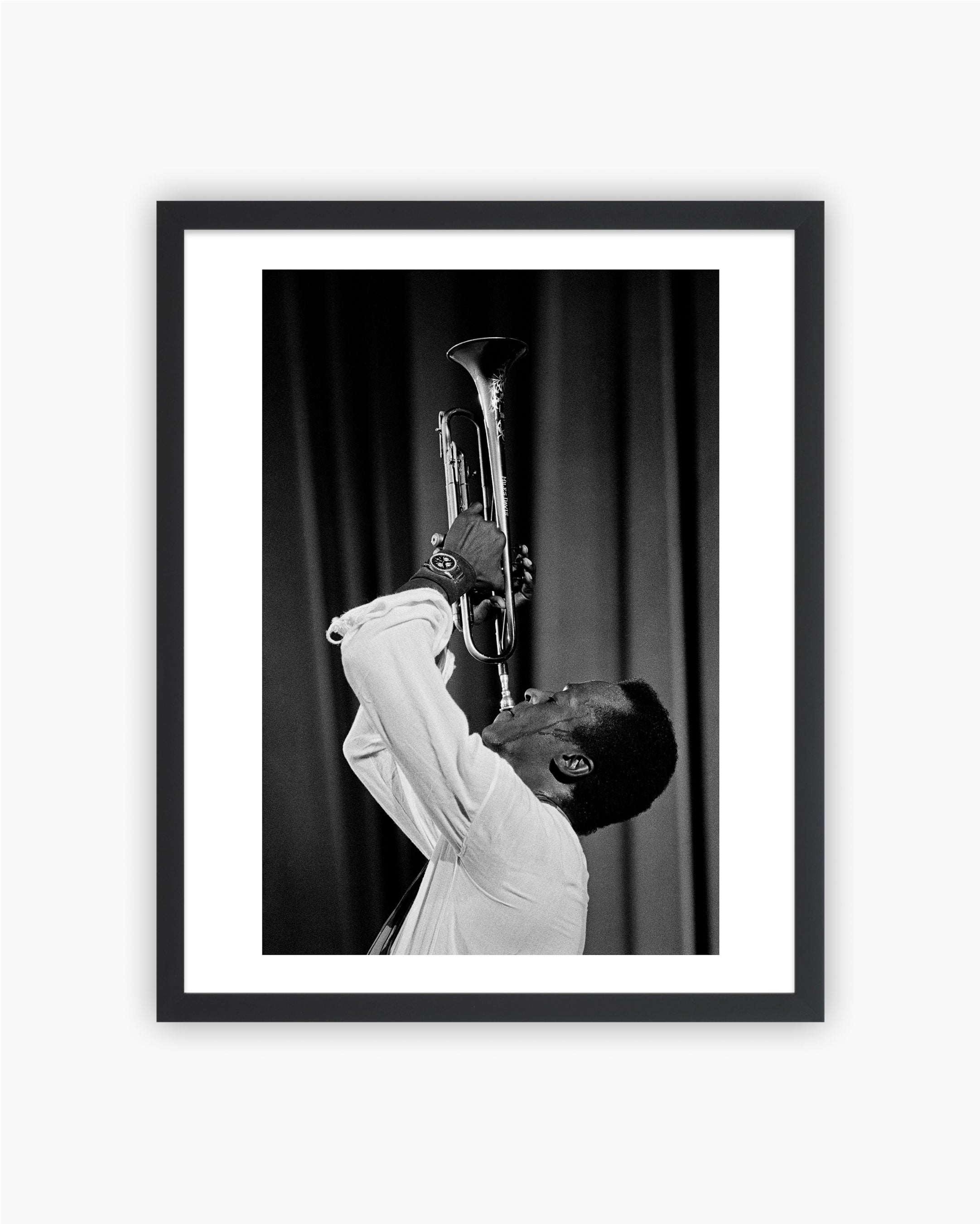 Vendor:Guy Le Querrec
Vendor:Guy Le QuerrecMagnum Editions: Miles Davis. Paris, 1969
- Regular price
- $400.00 - $550.00
- Sale price
- $400.00 - $550.00
- Regular price
-
-
Magnum Editions: The Golden Rock. Burma, 1978
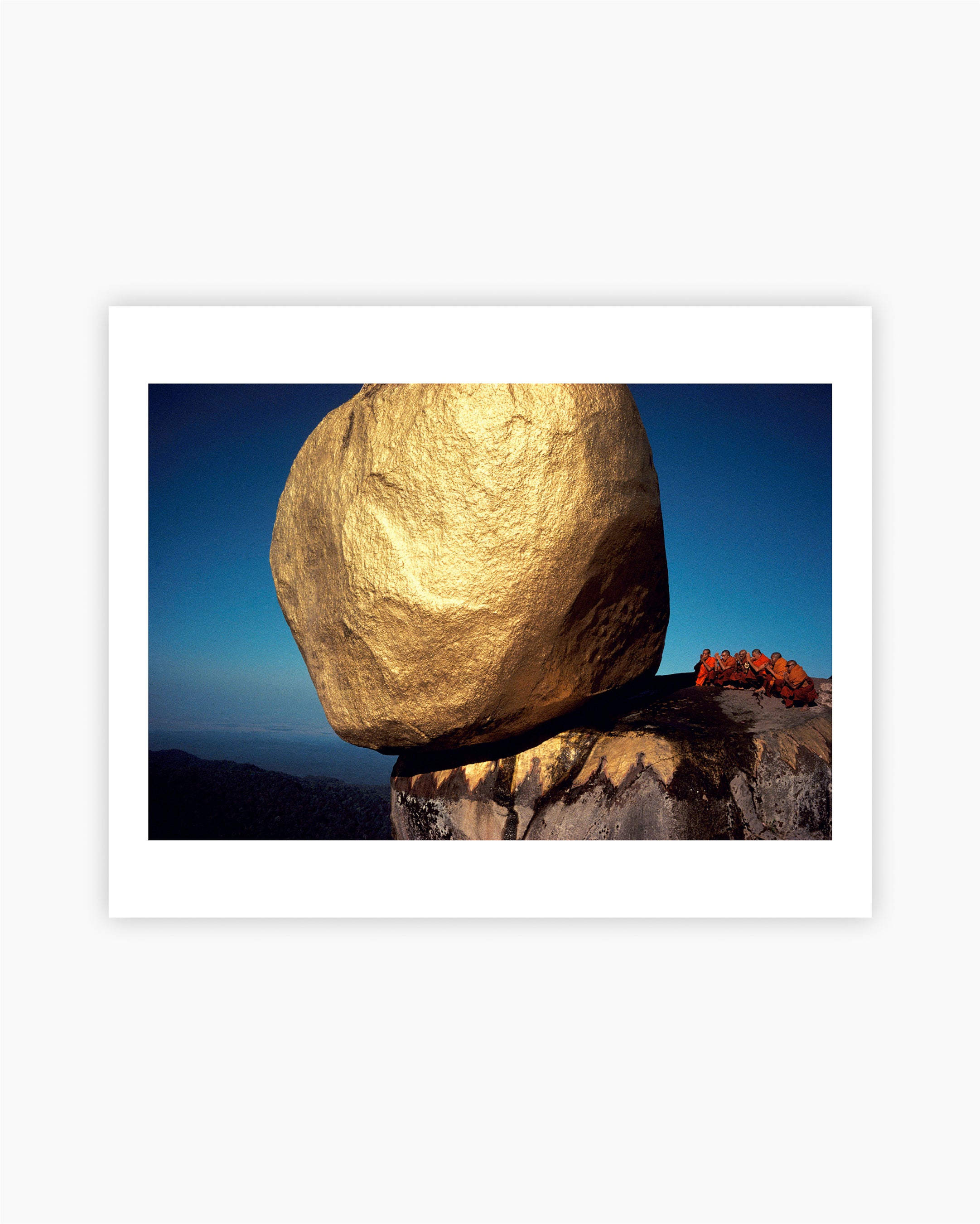
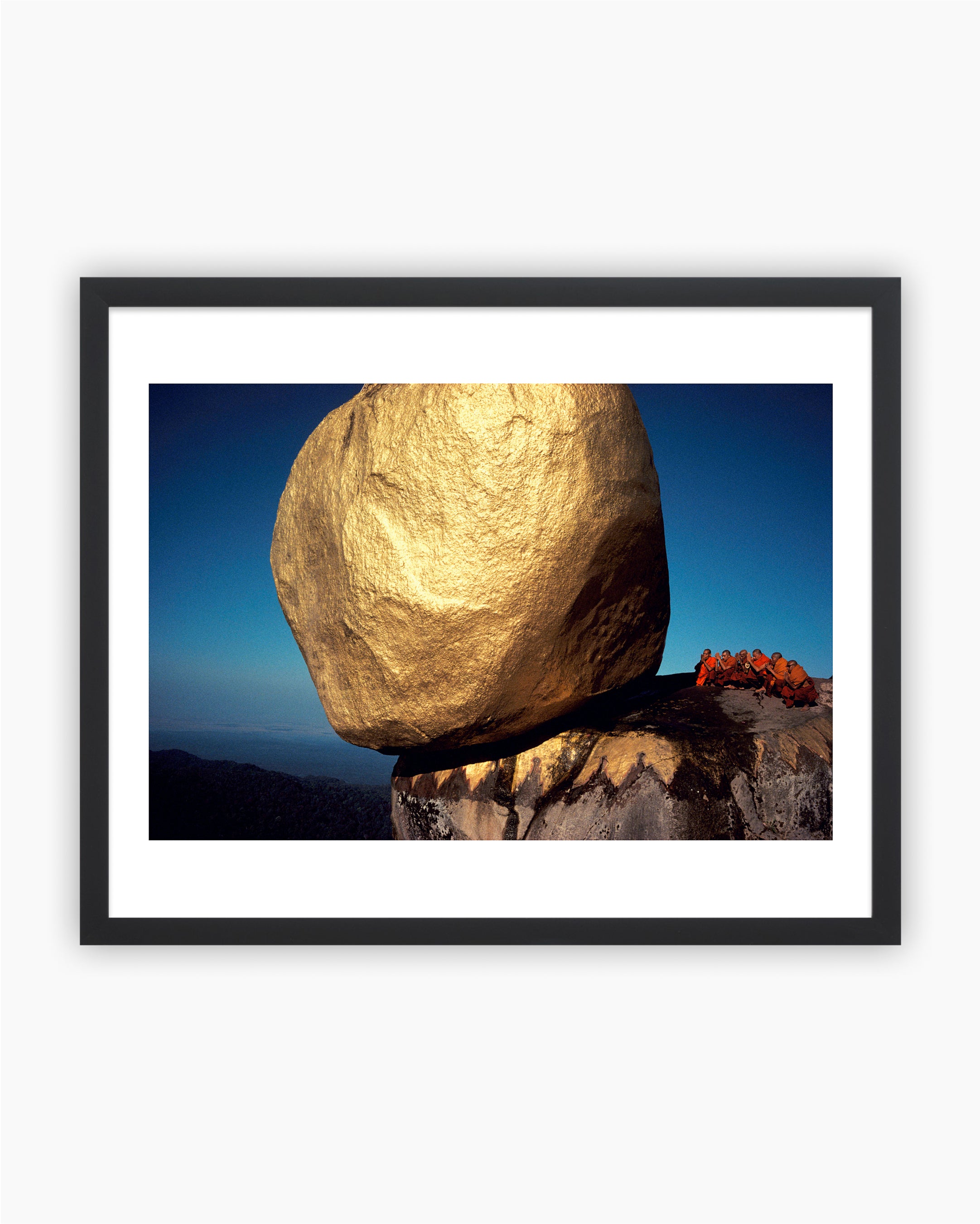 Vendor:Hiroji Kubota
Vendor:Hiroji KubotaMagnum Editions: The Golden Rock. Burma, 1978
- Regular price
- $400.00 - $550.00
- Sale price
- $400.00 - $550.00
- Regular price
-
















































































